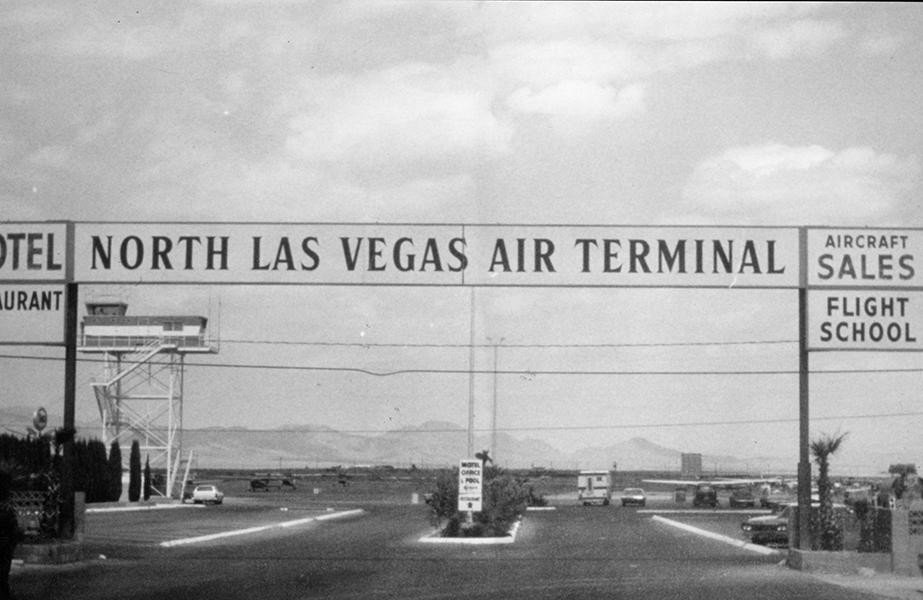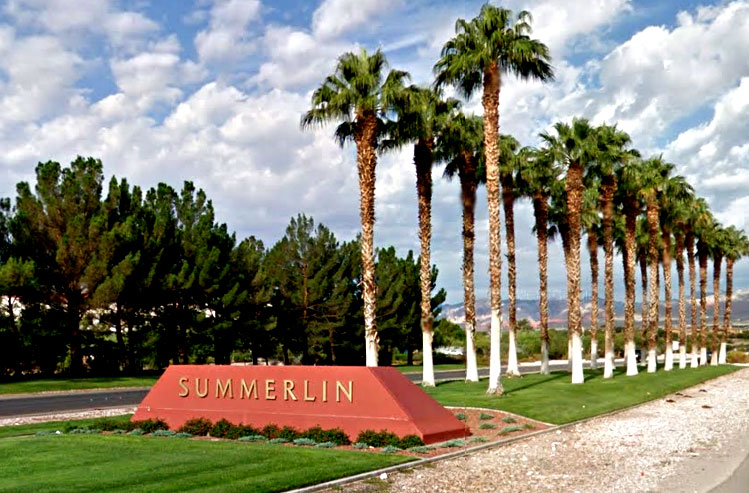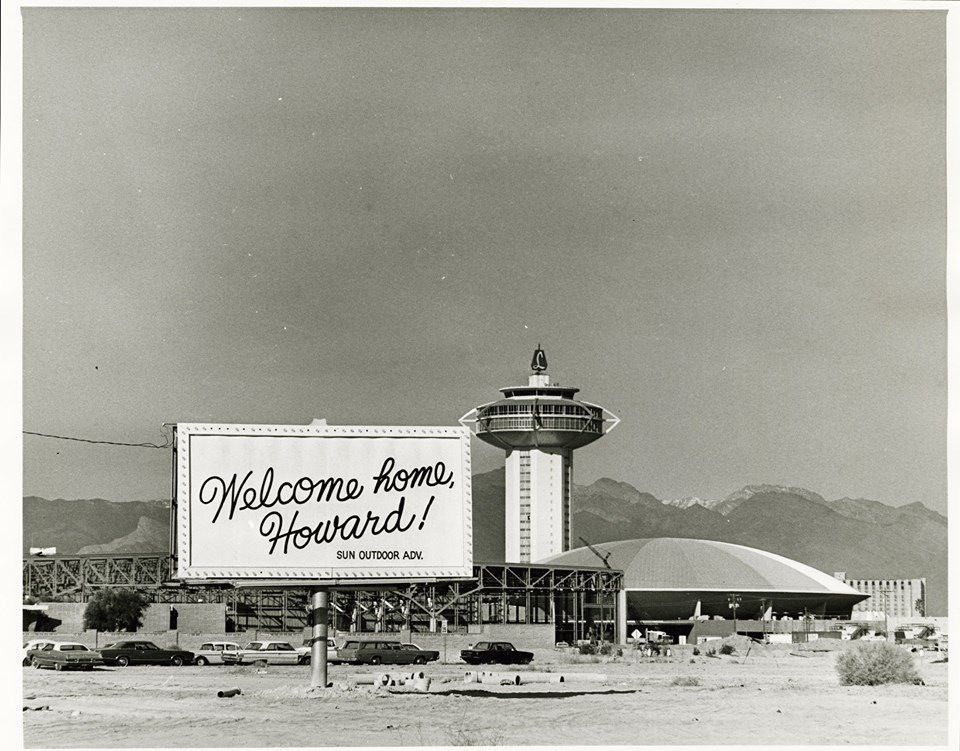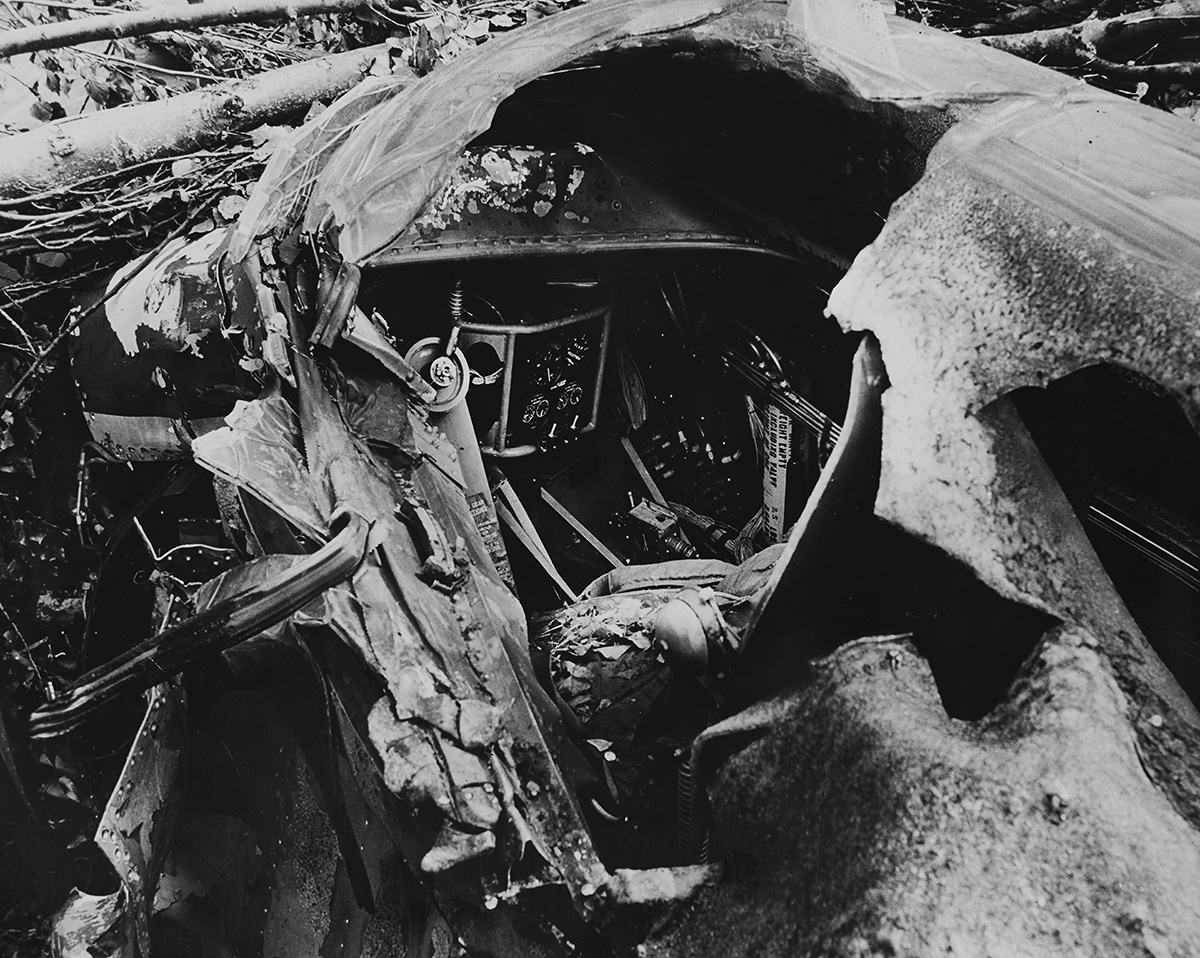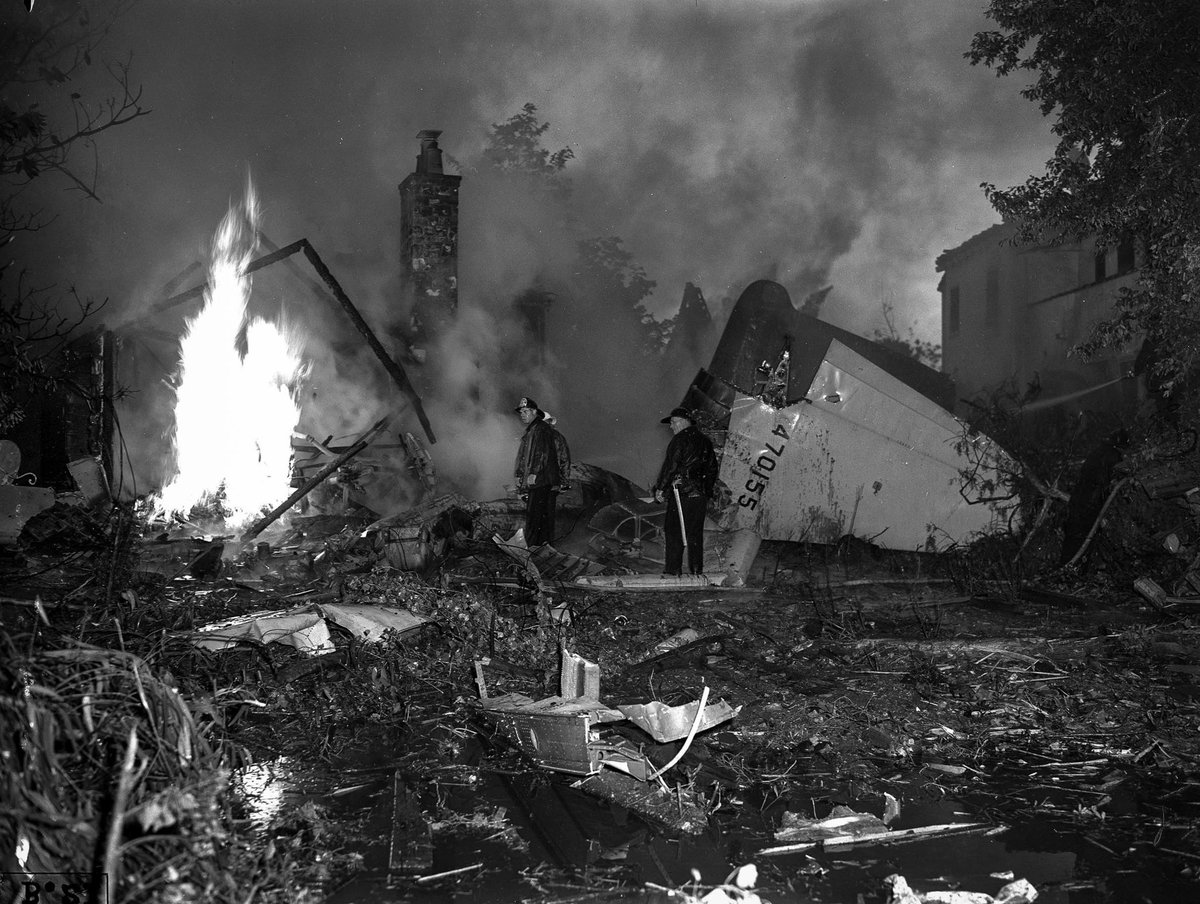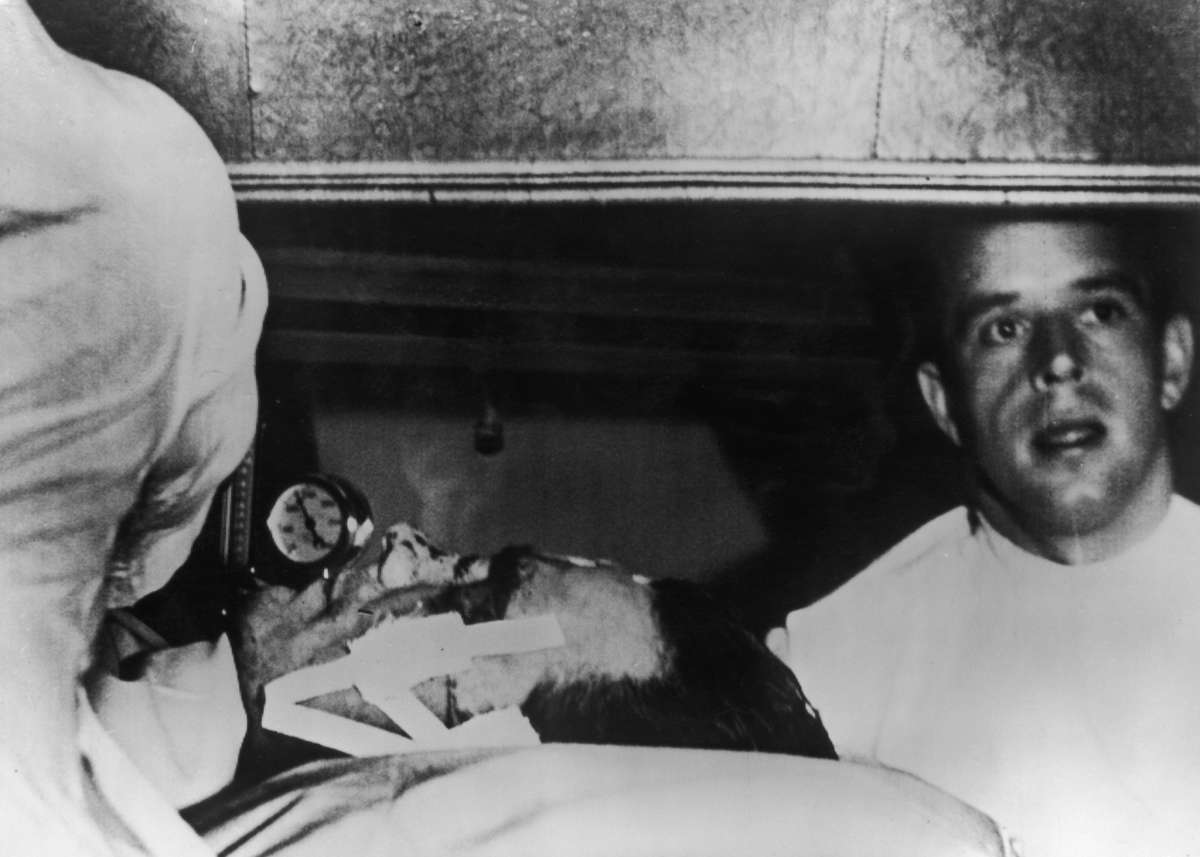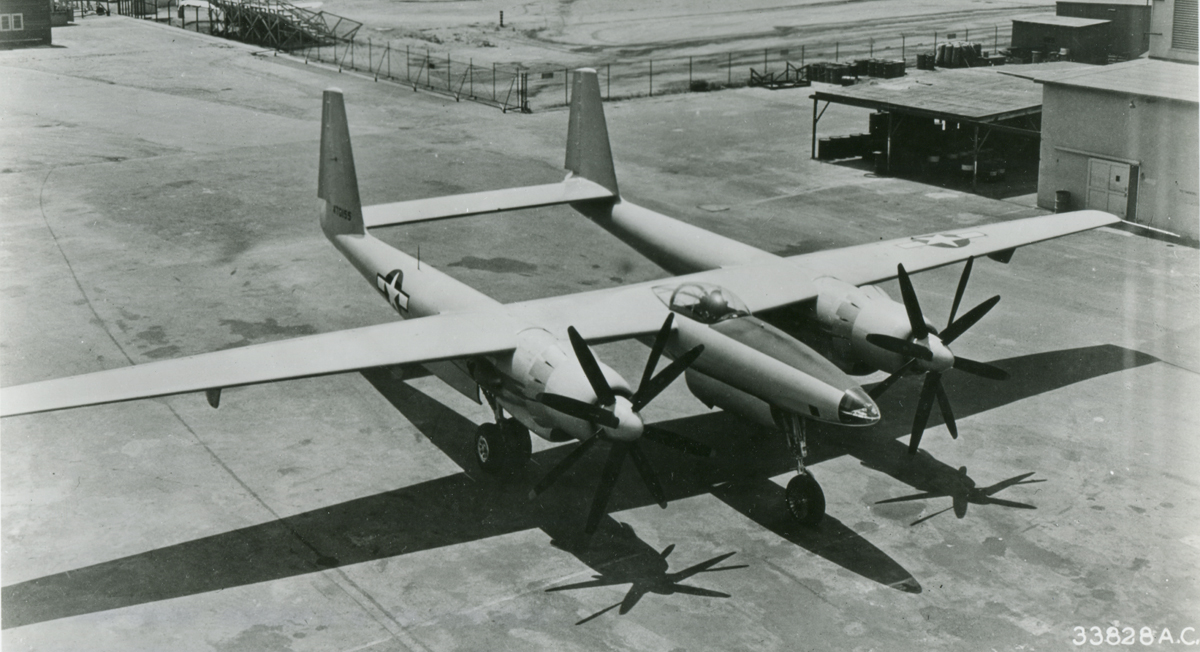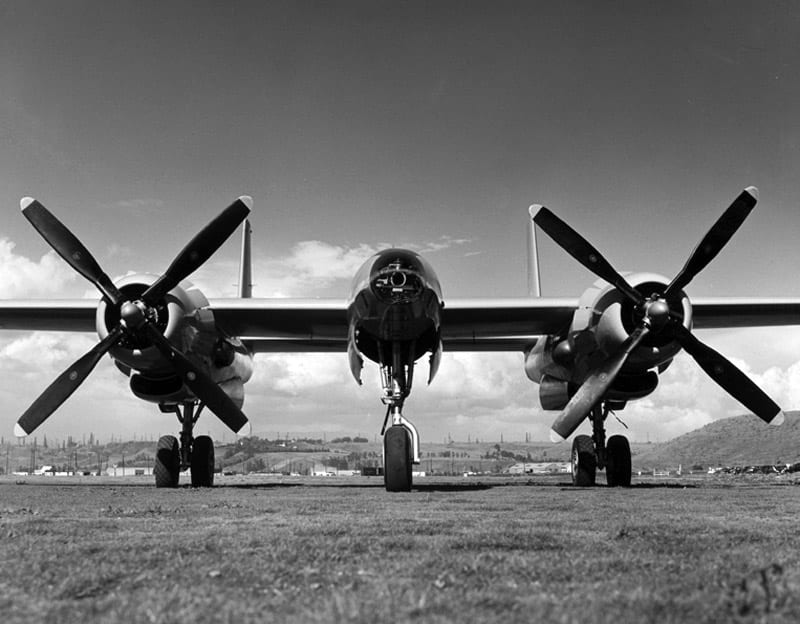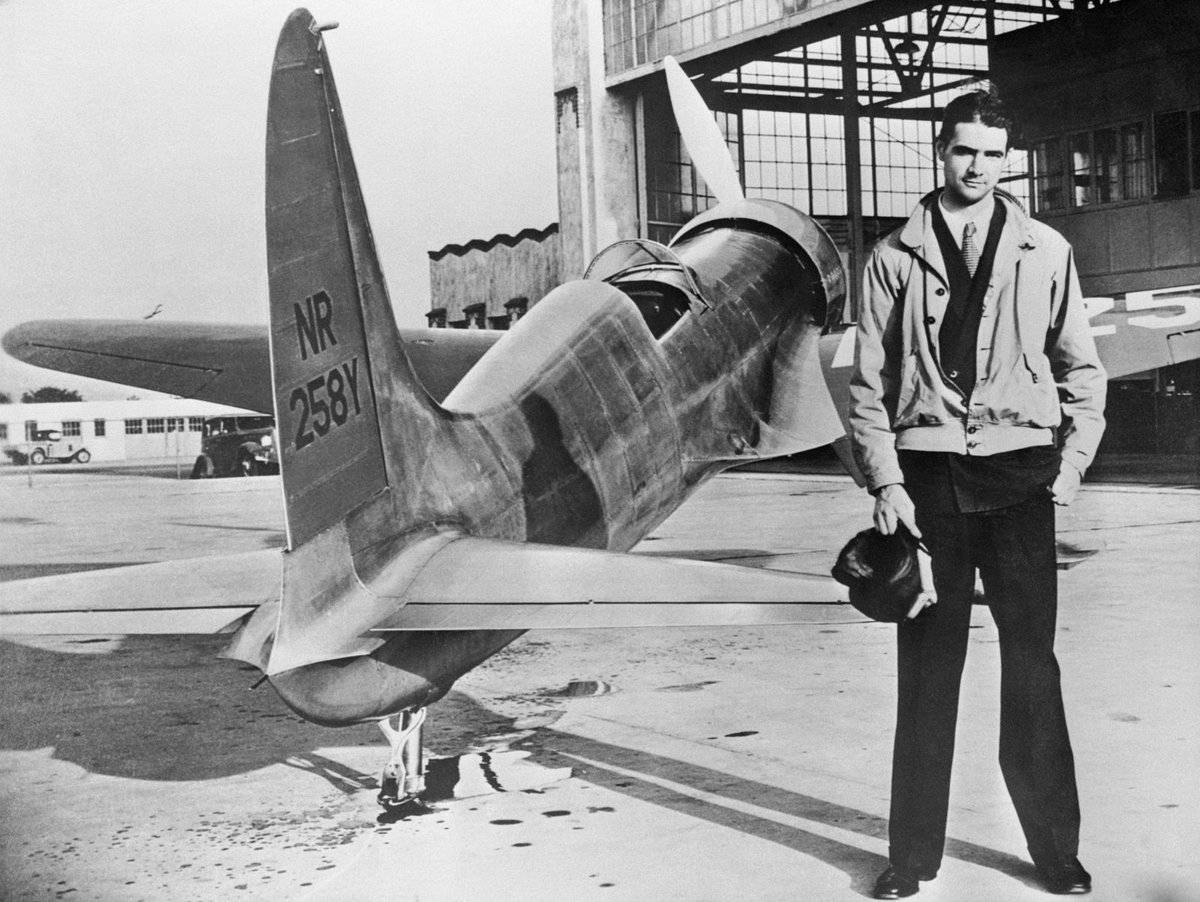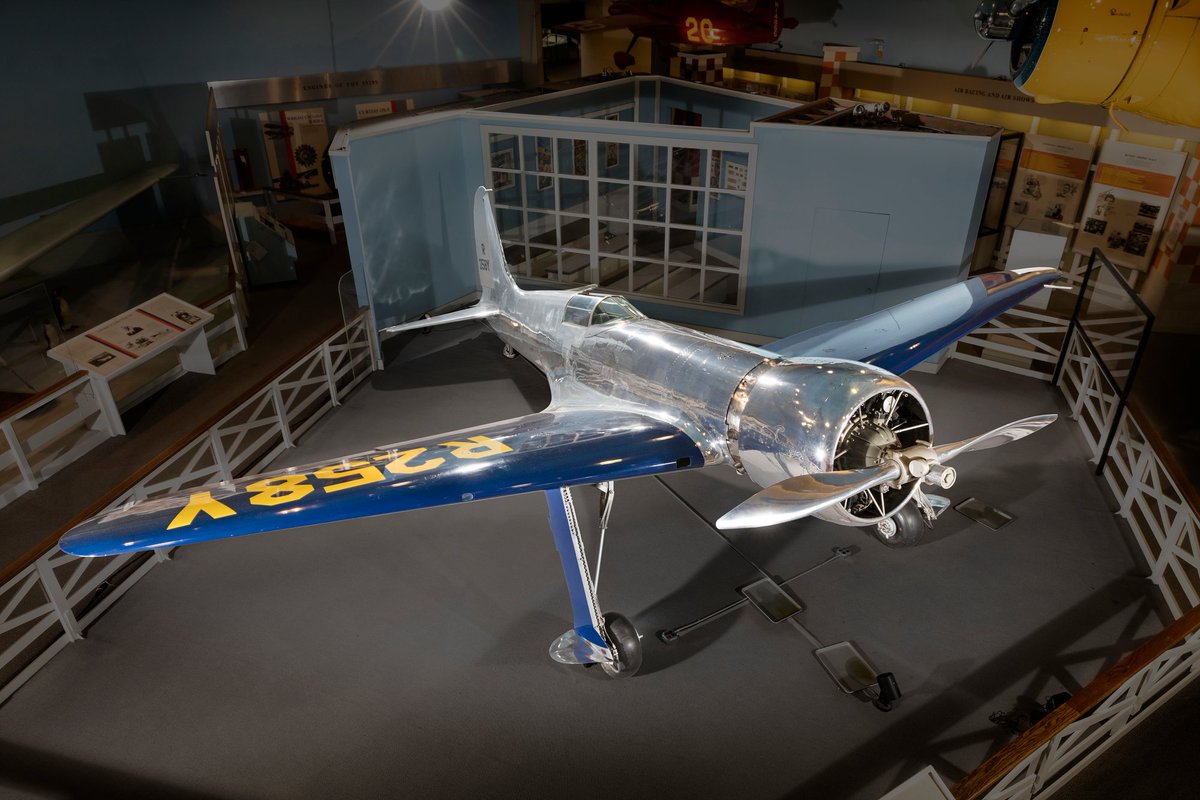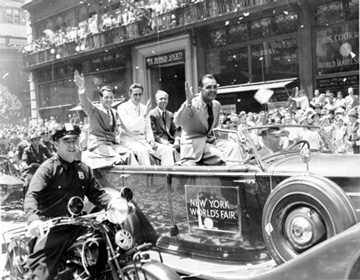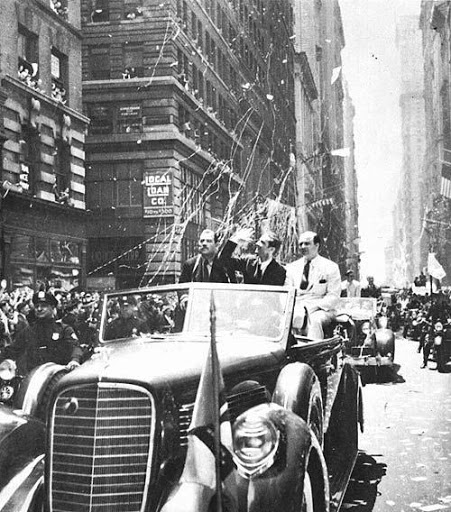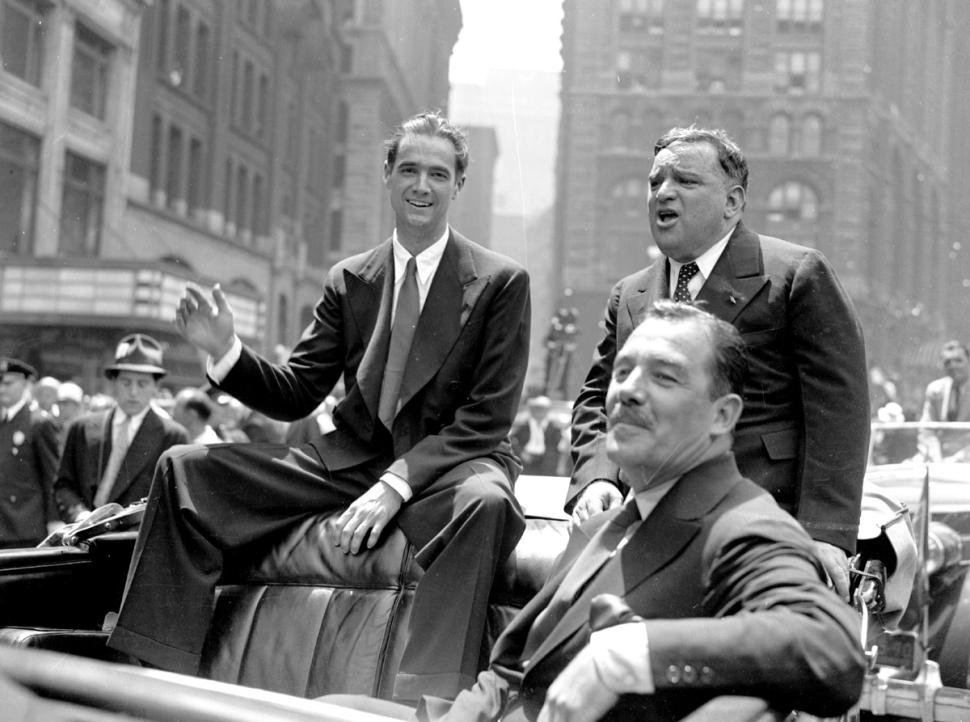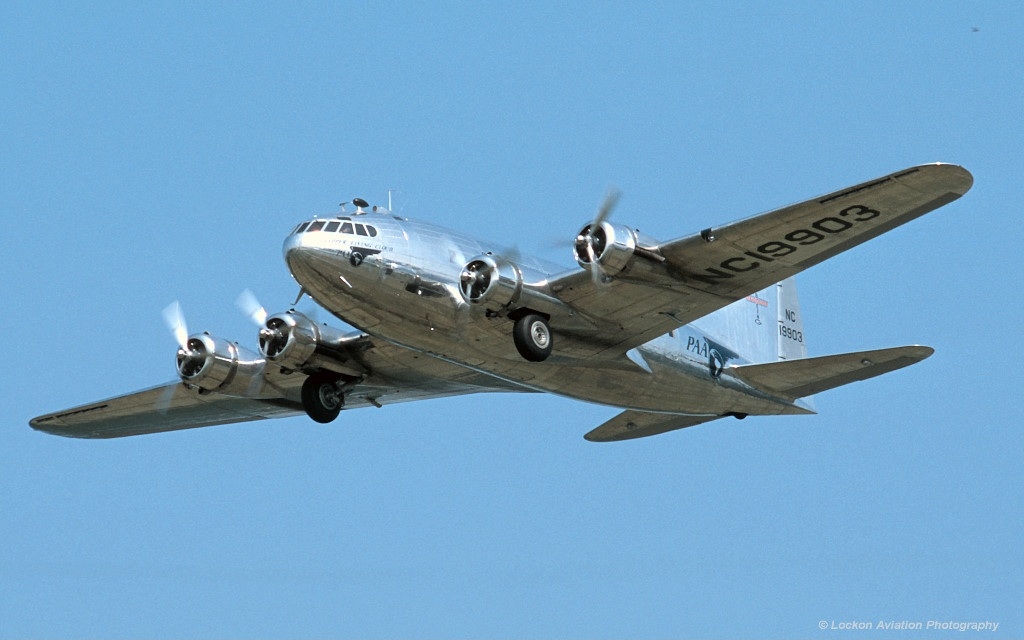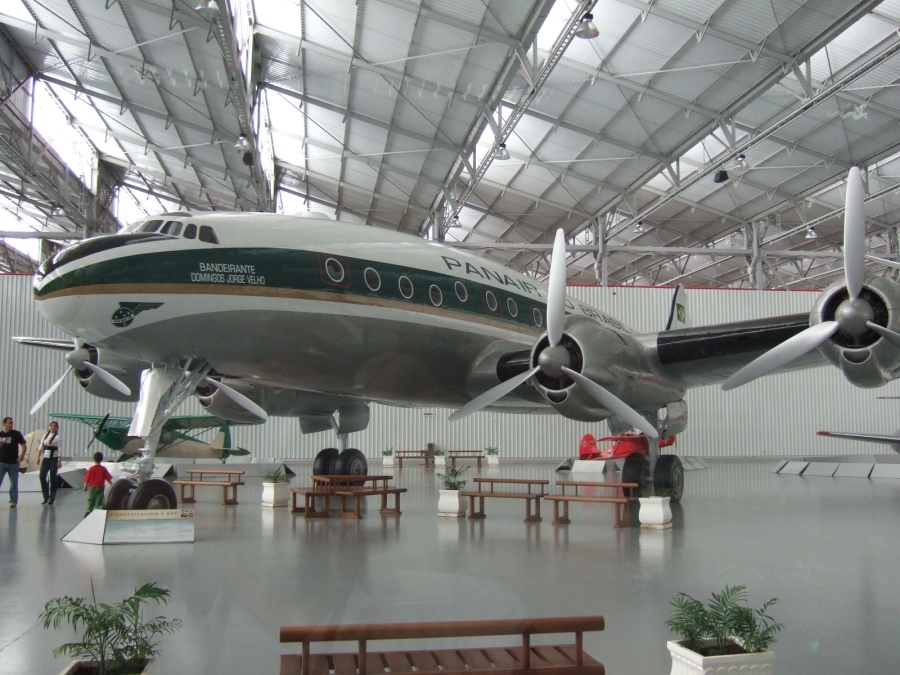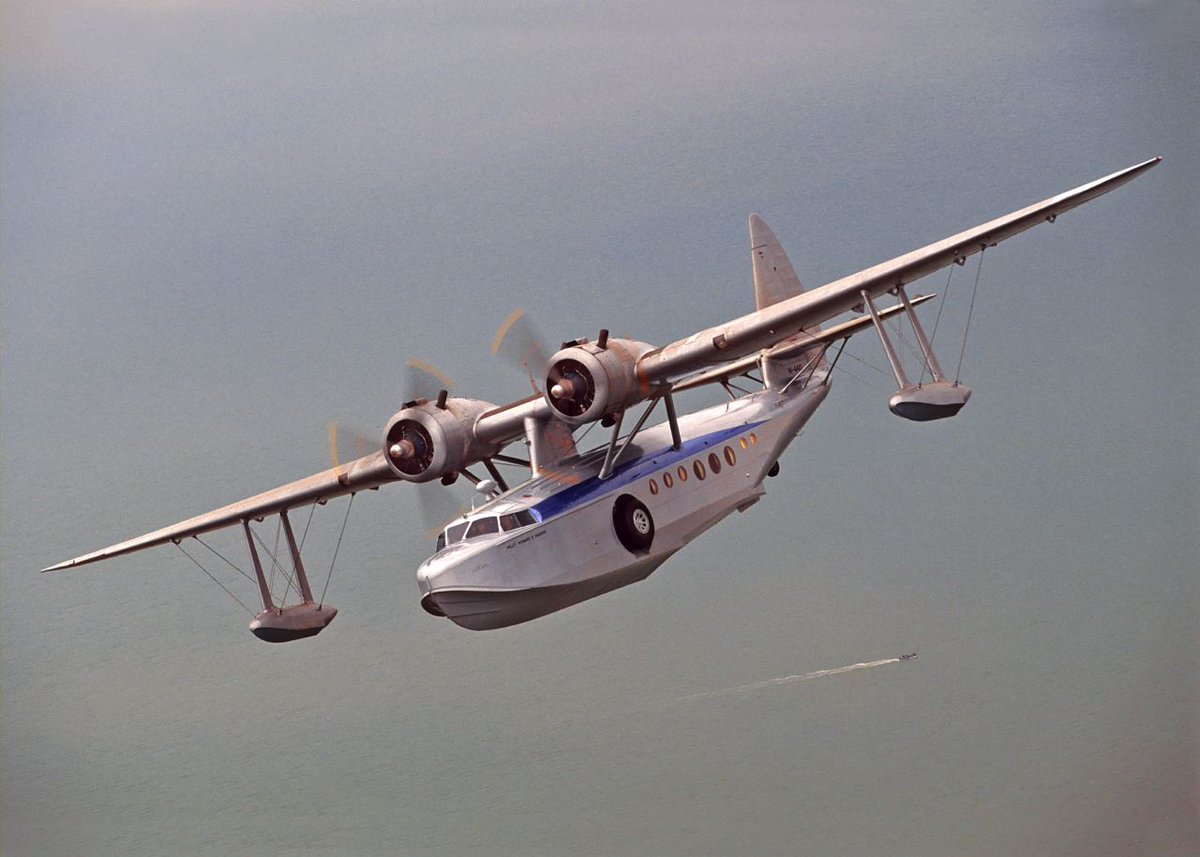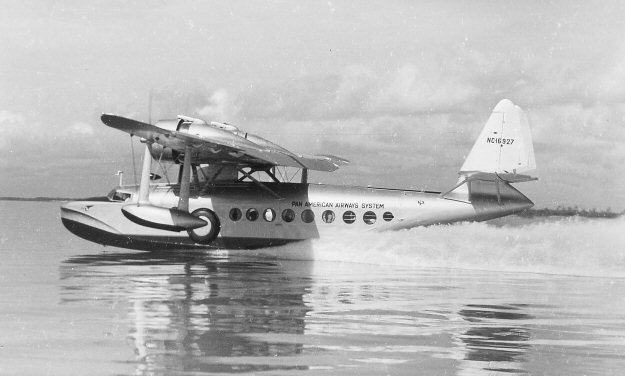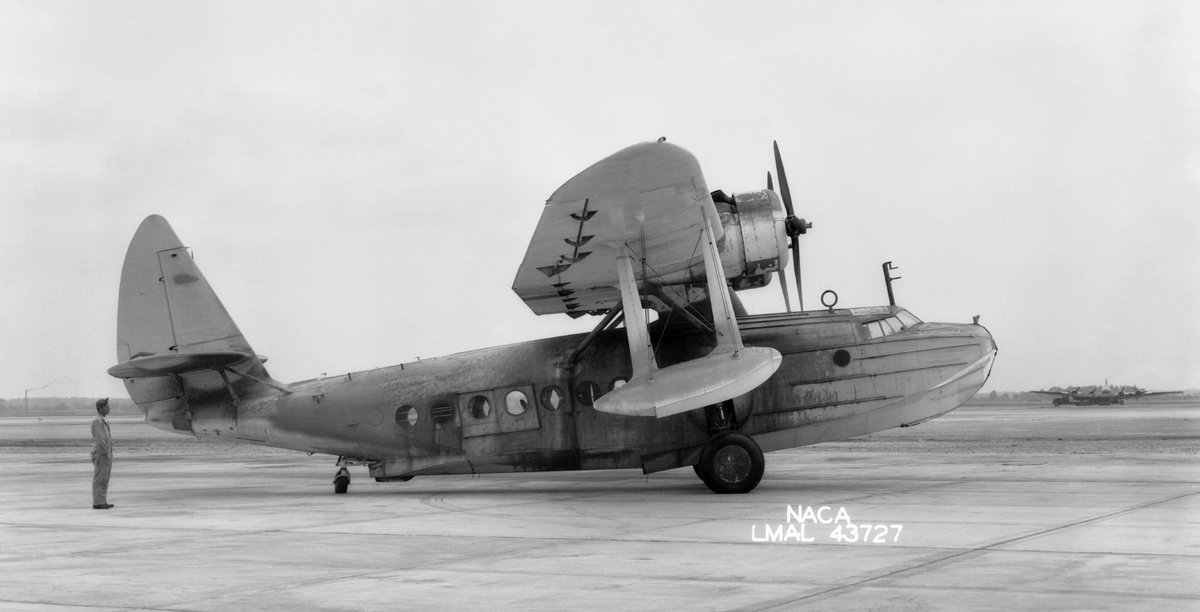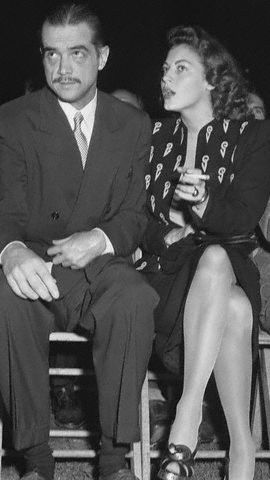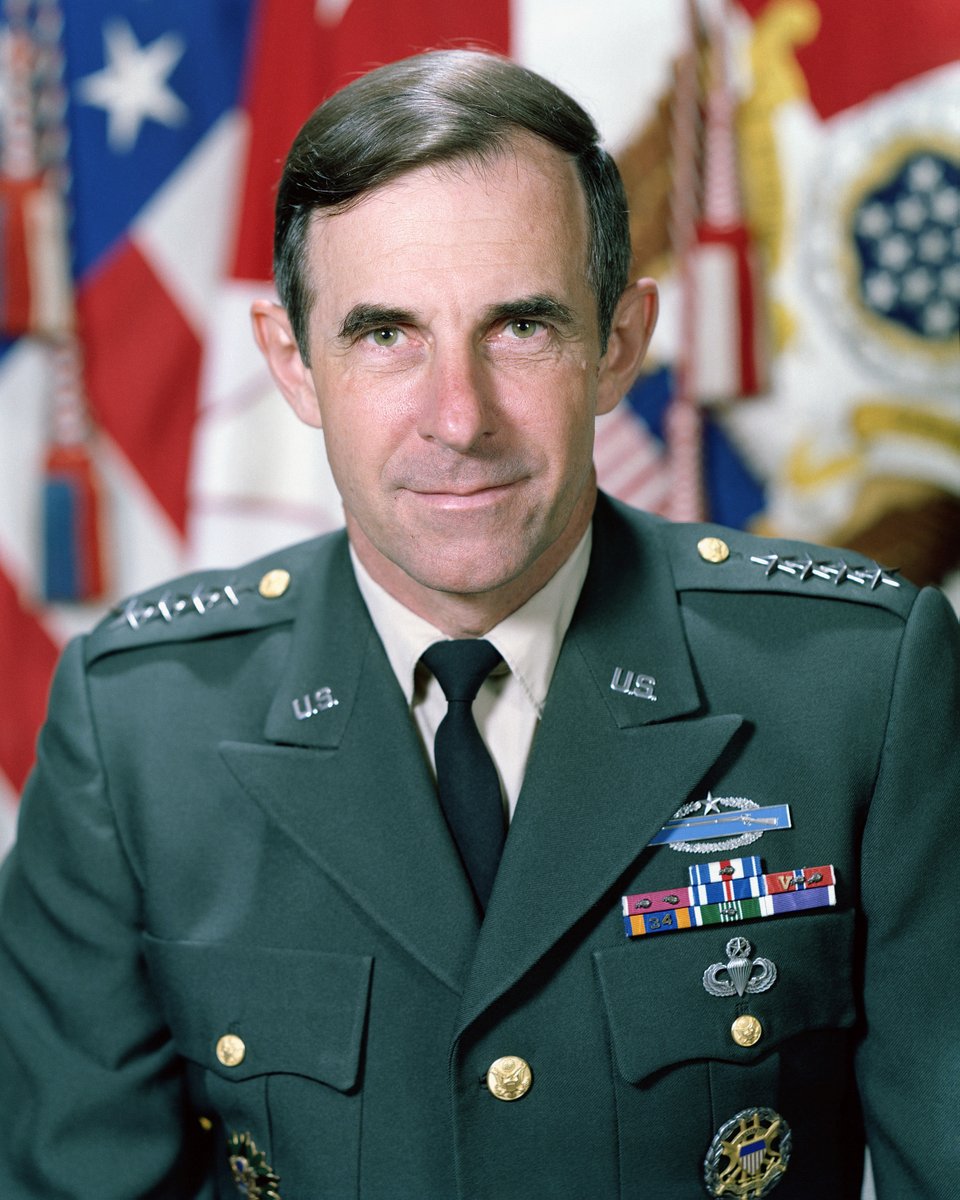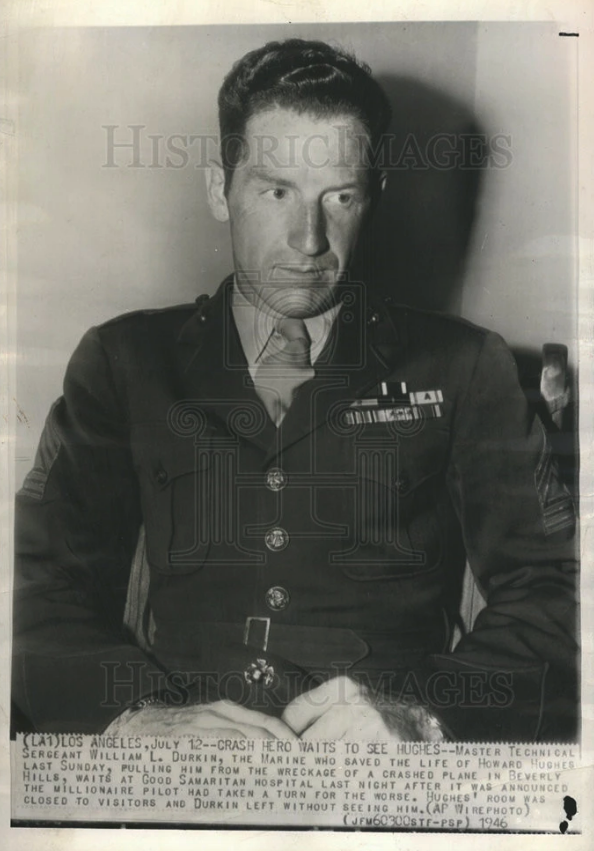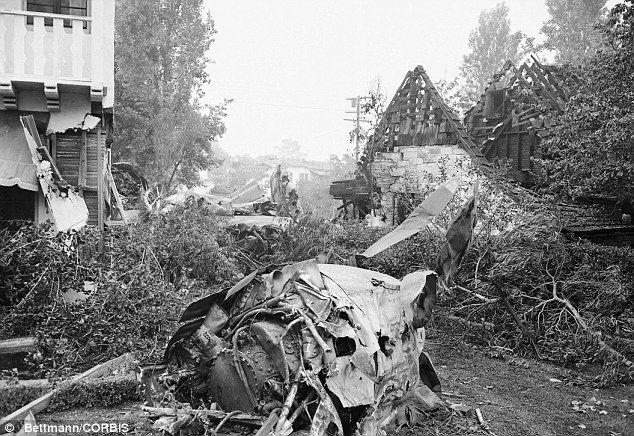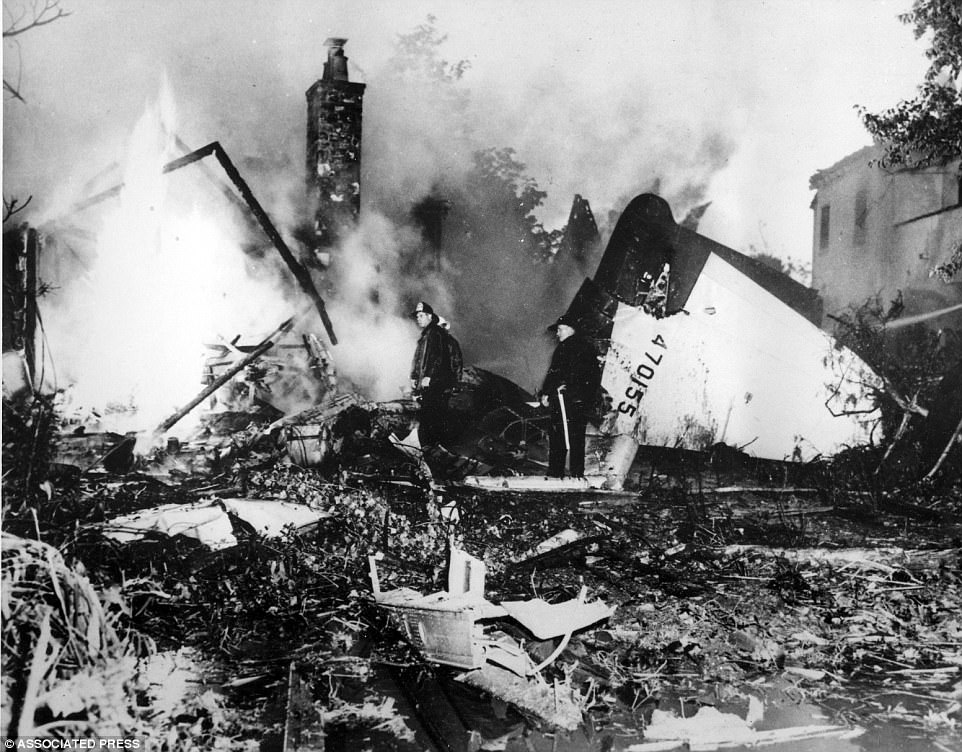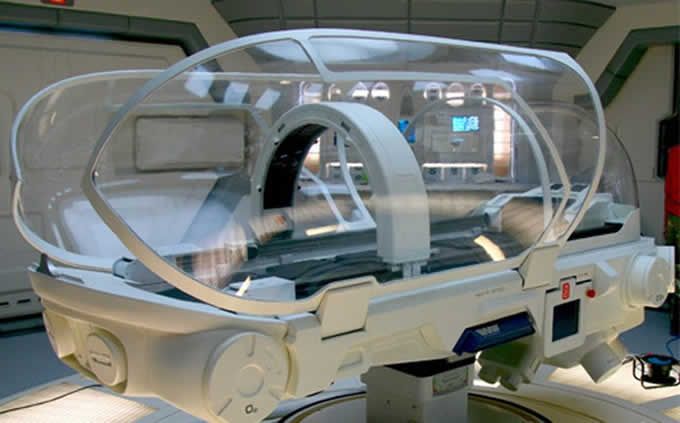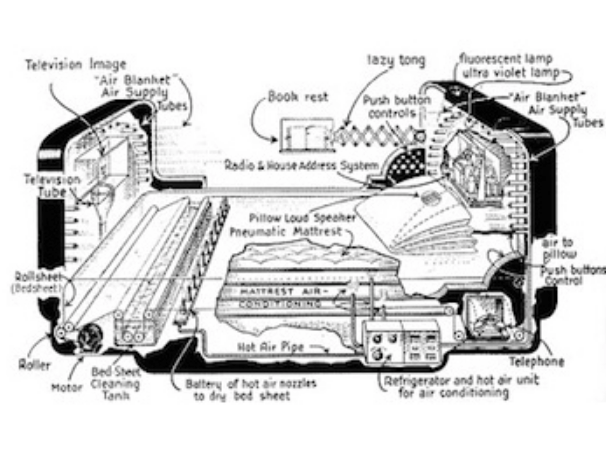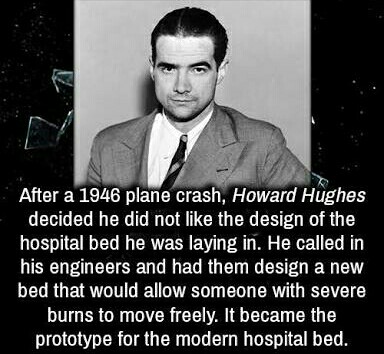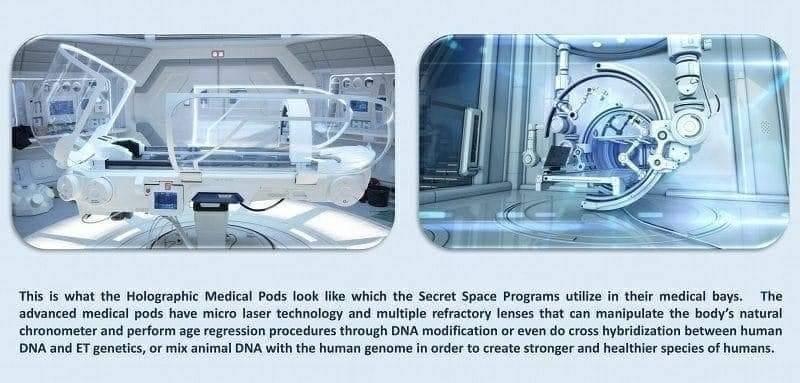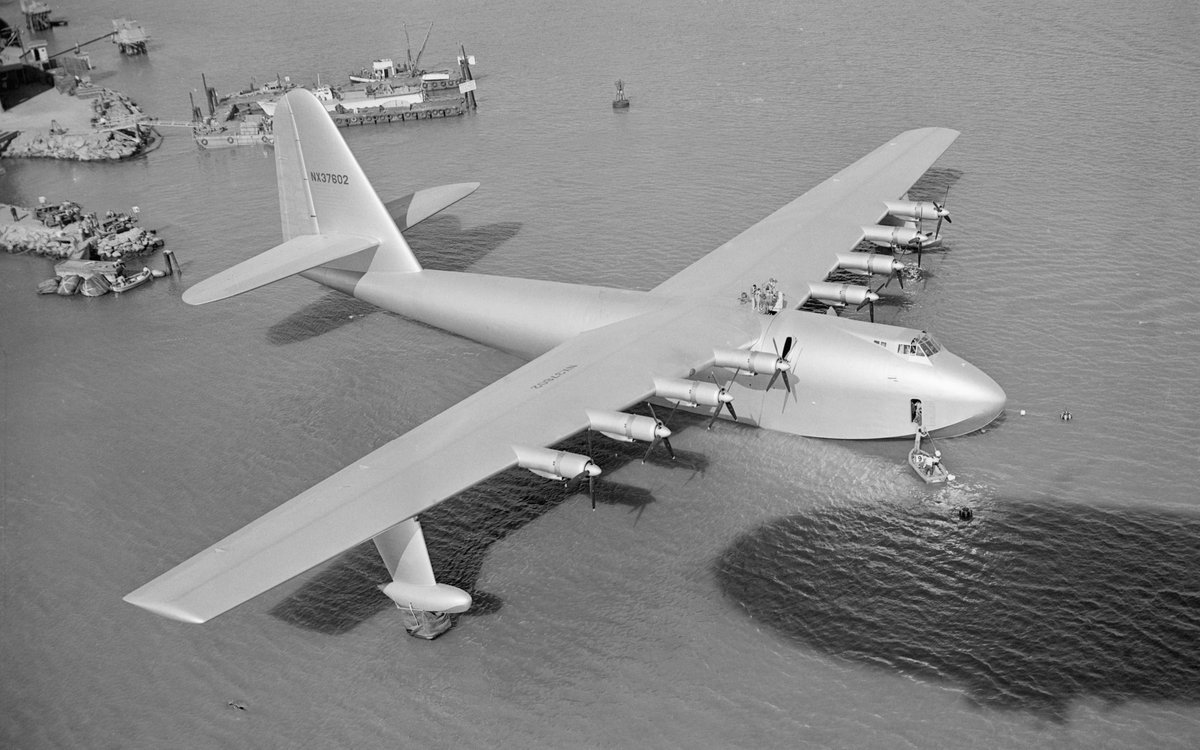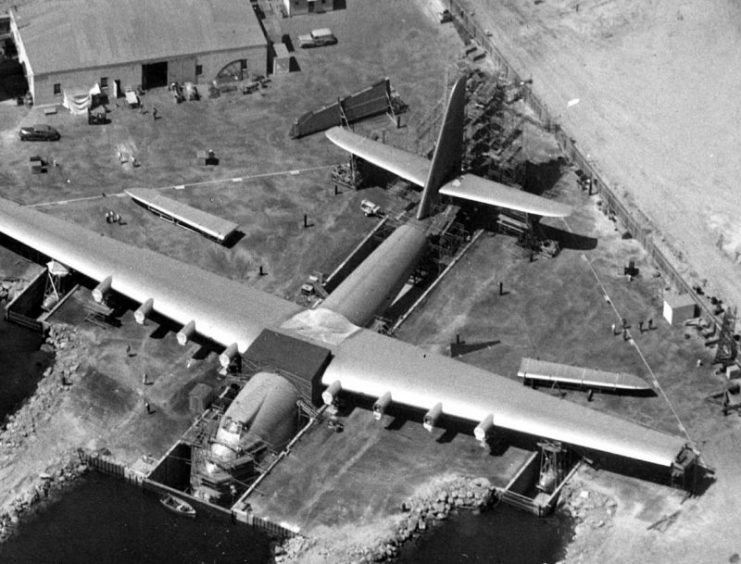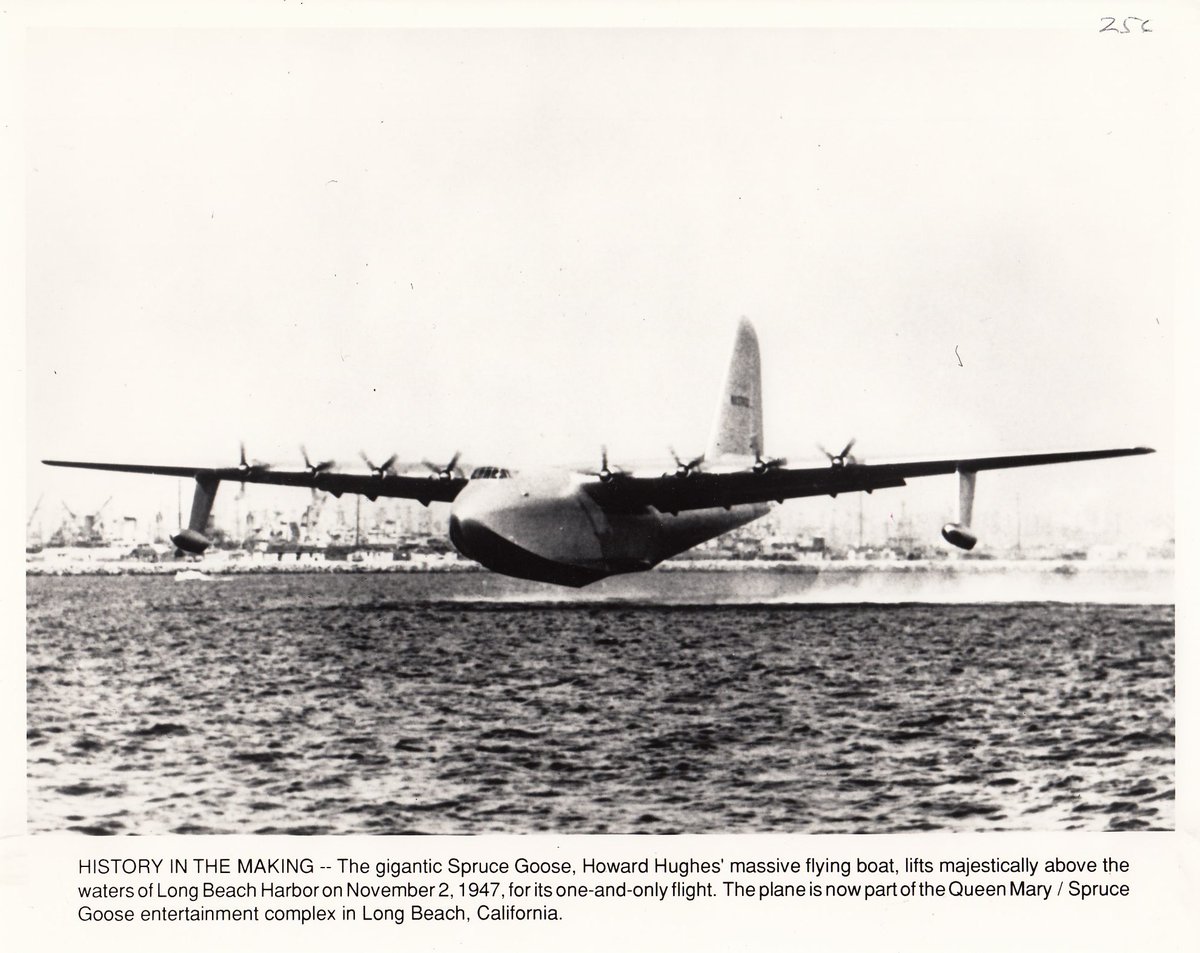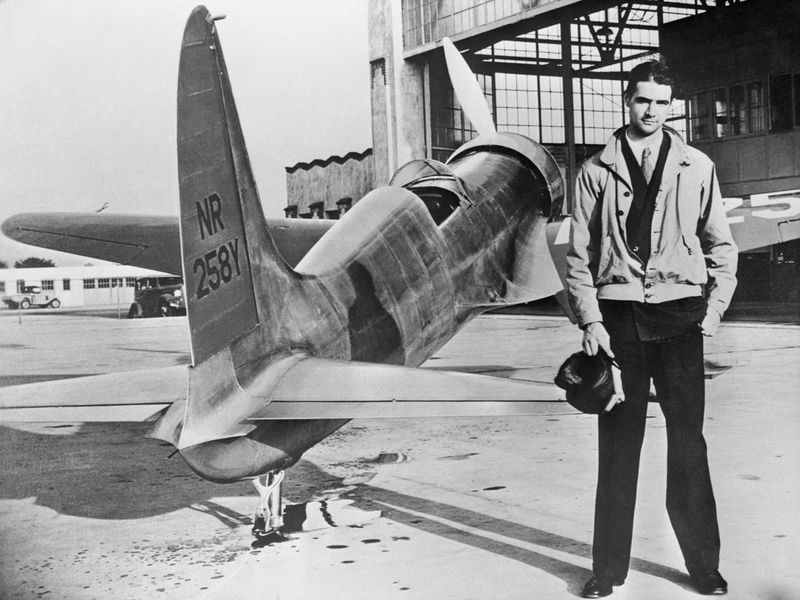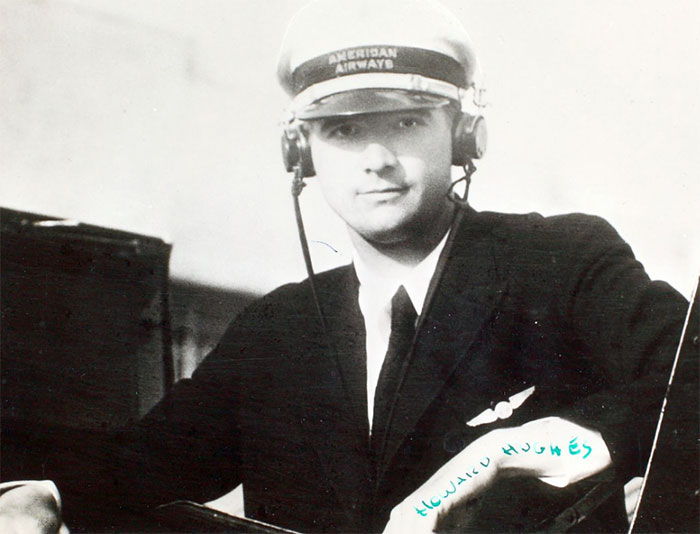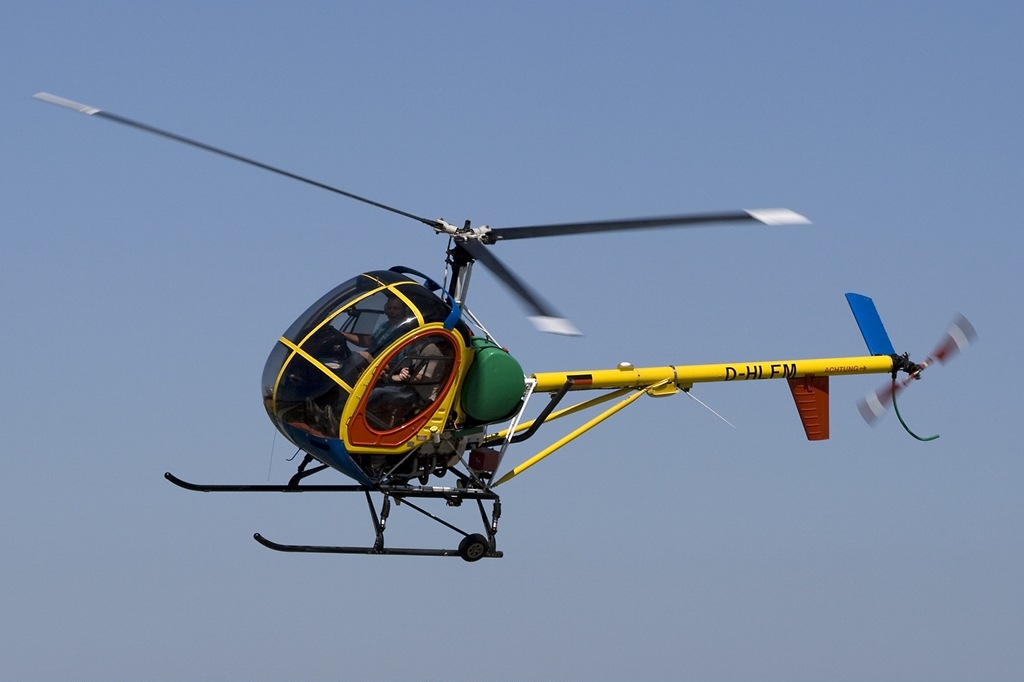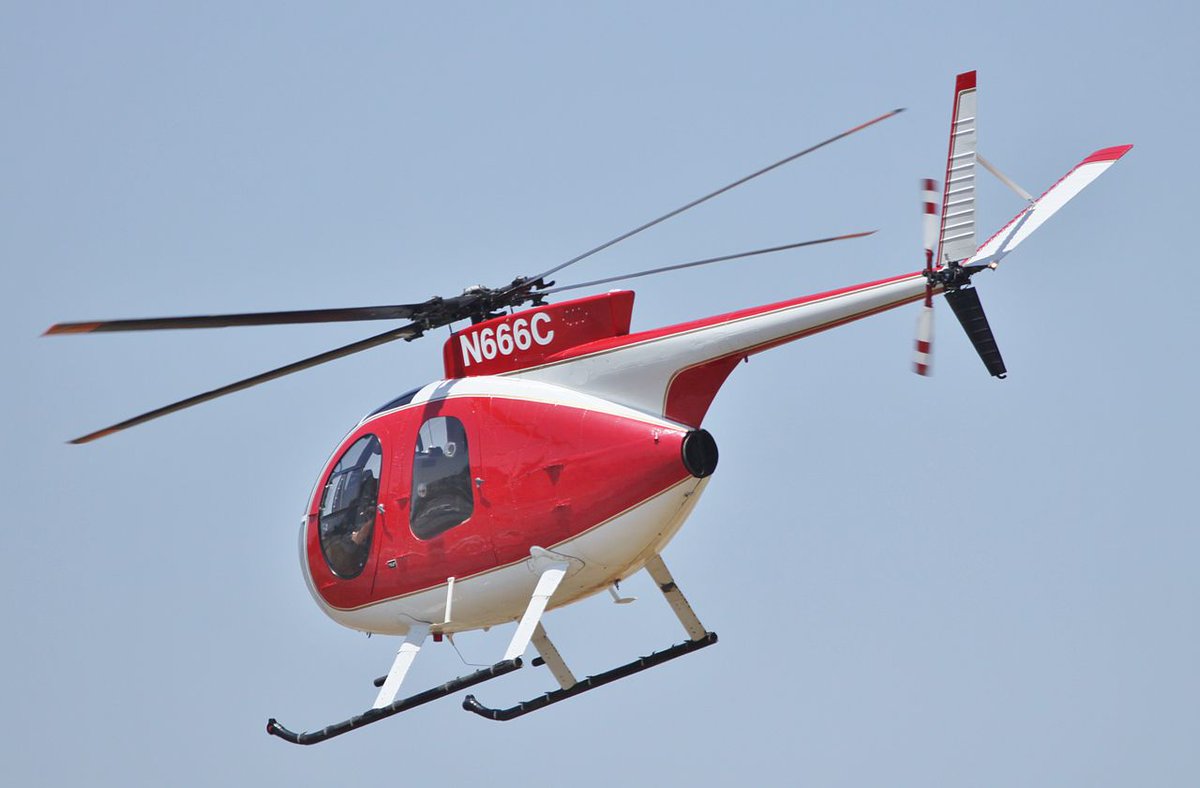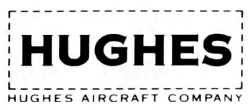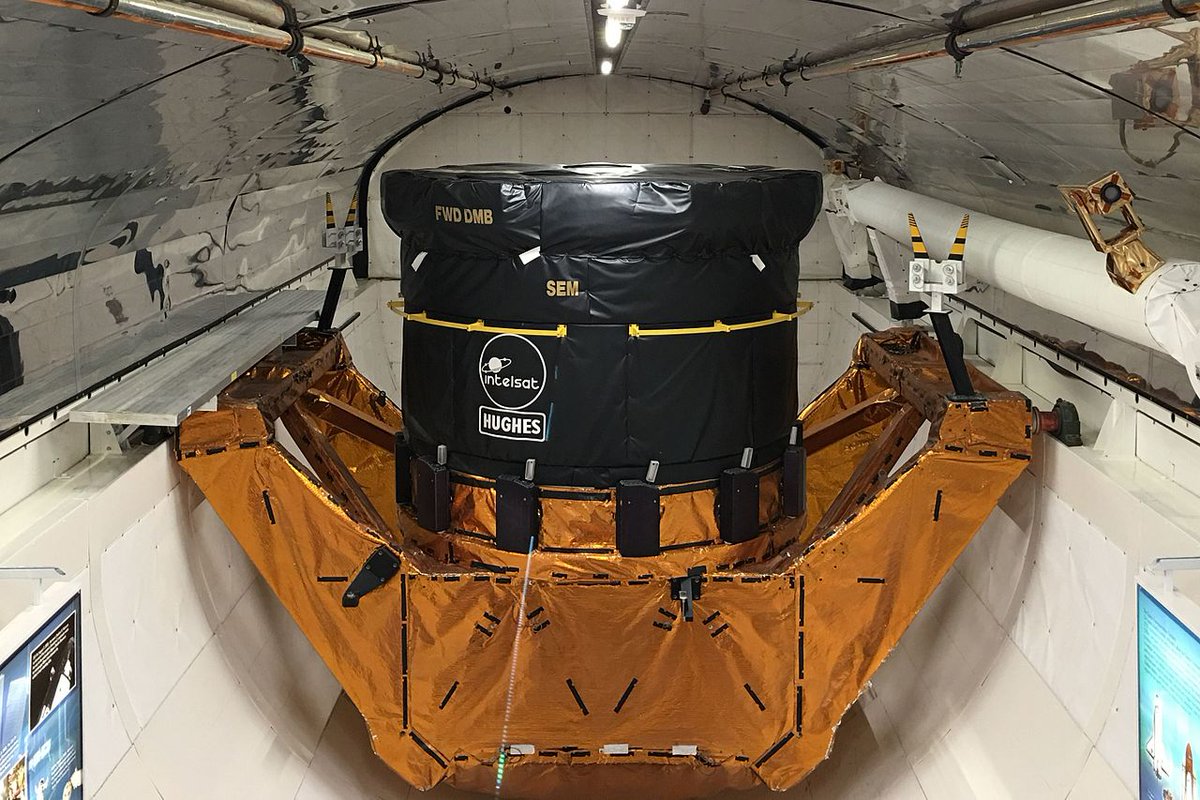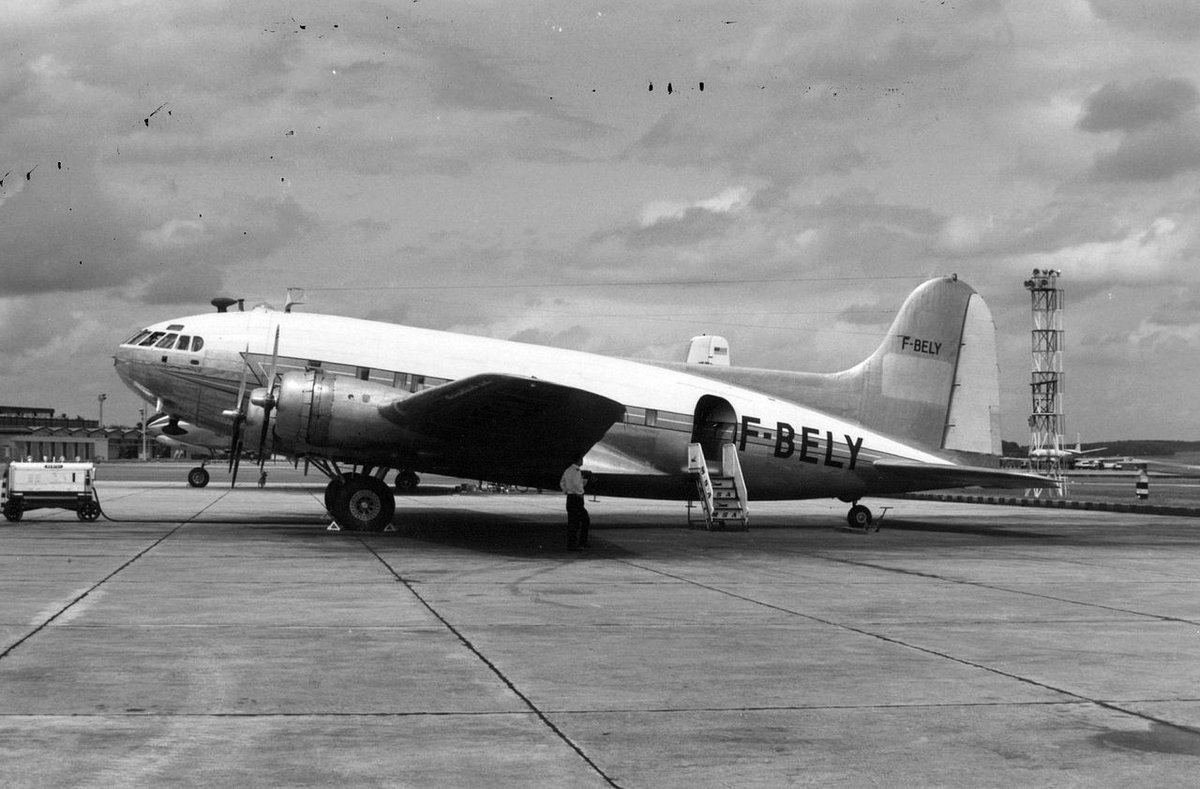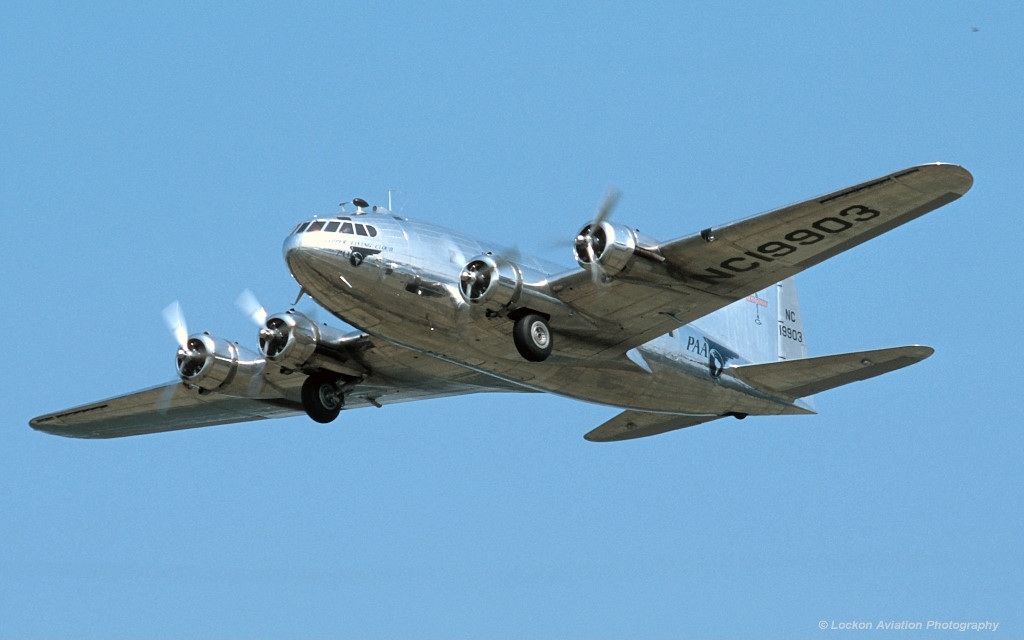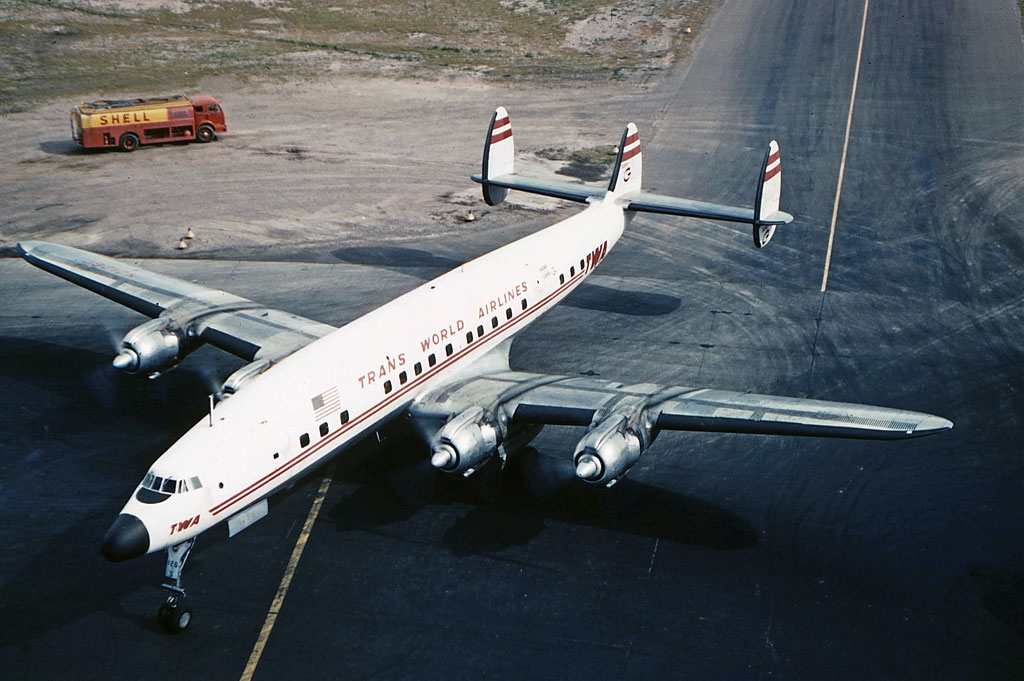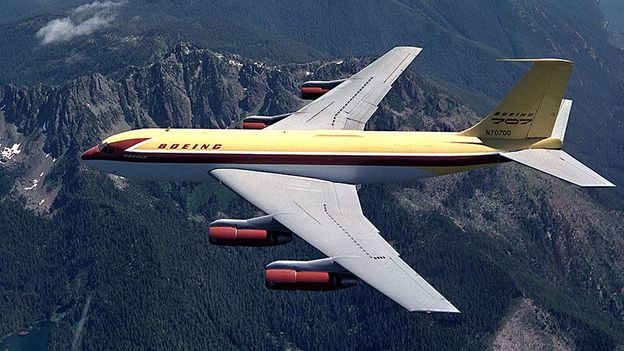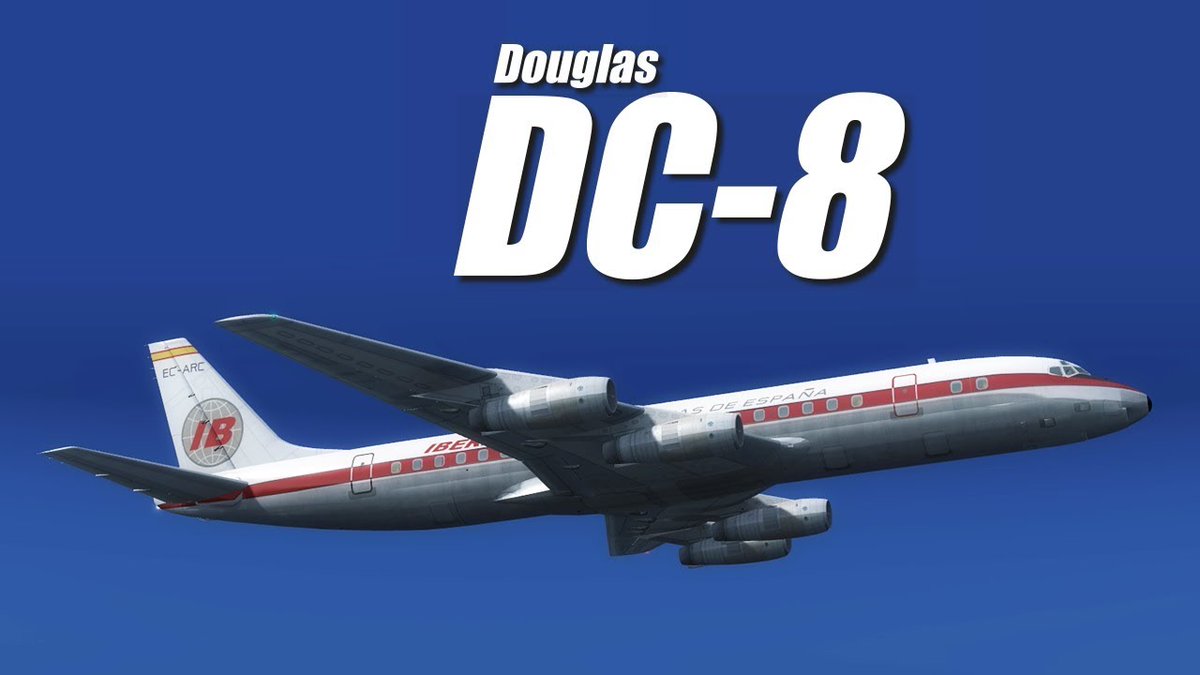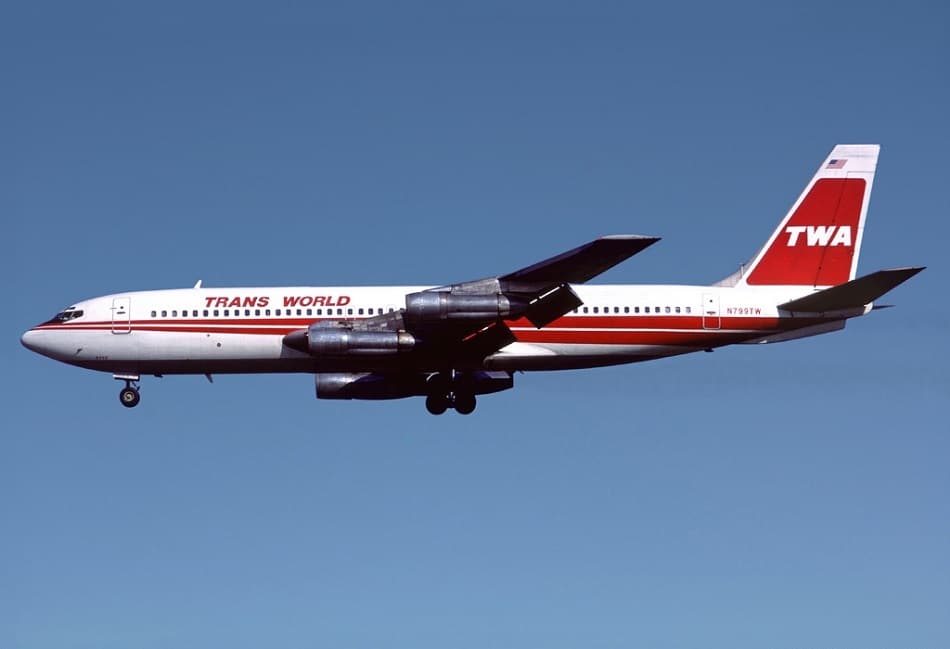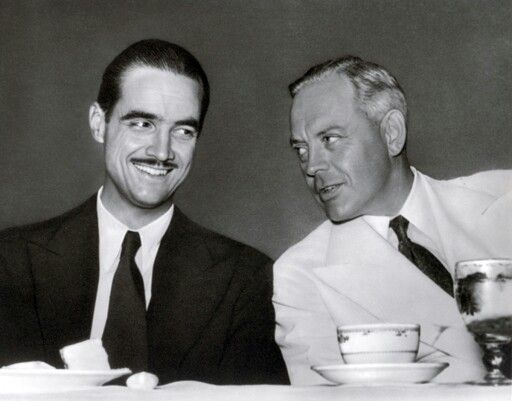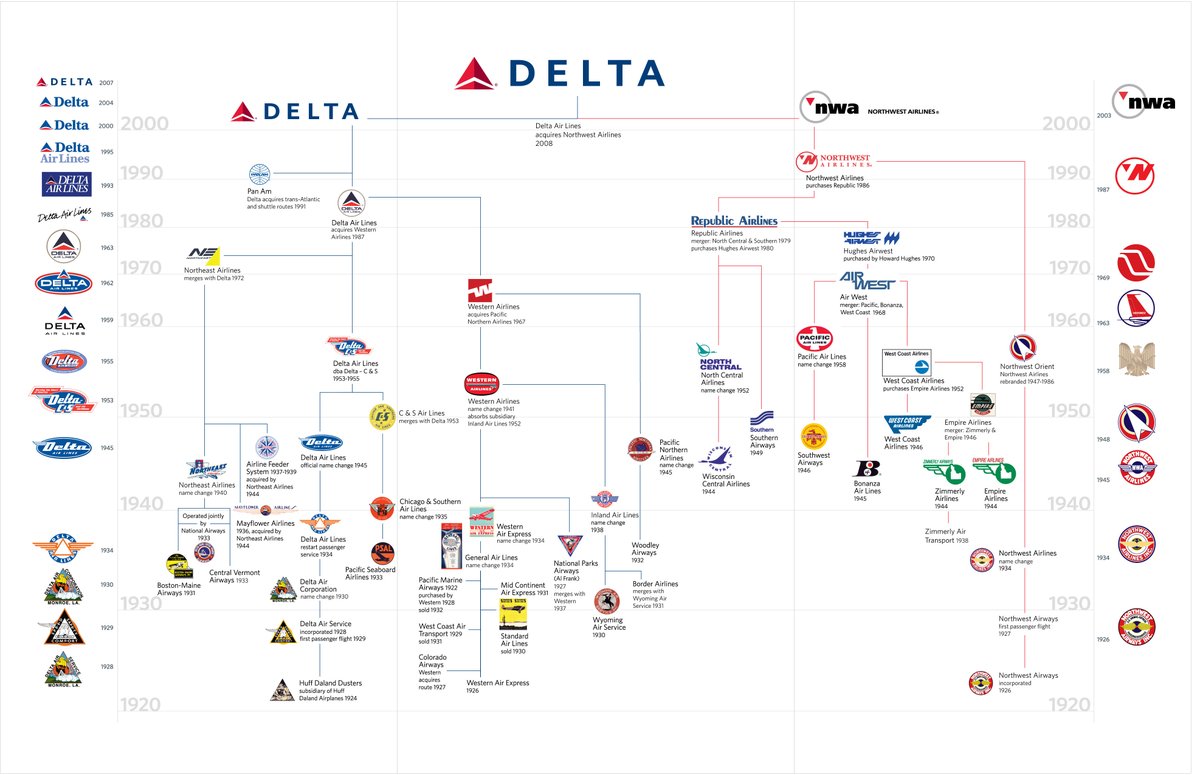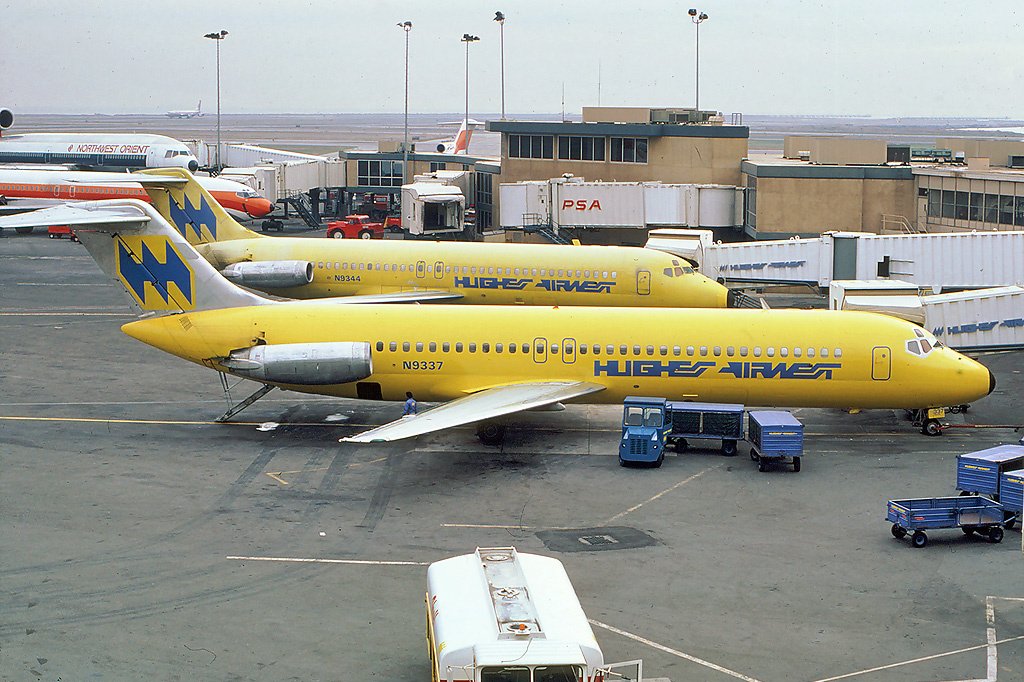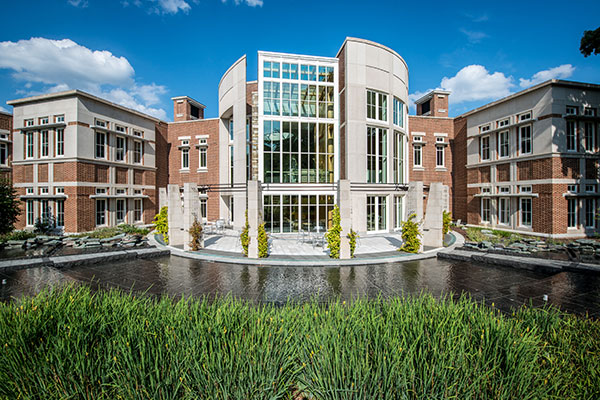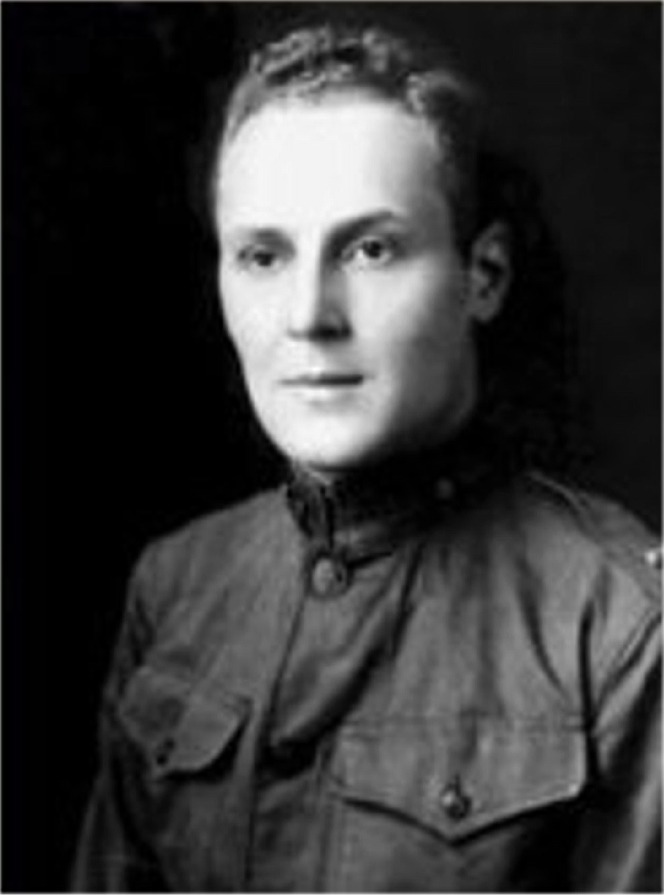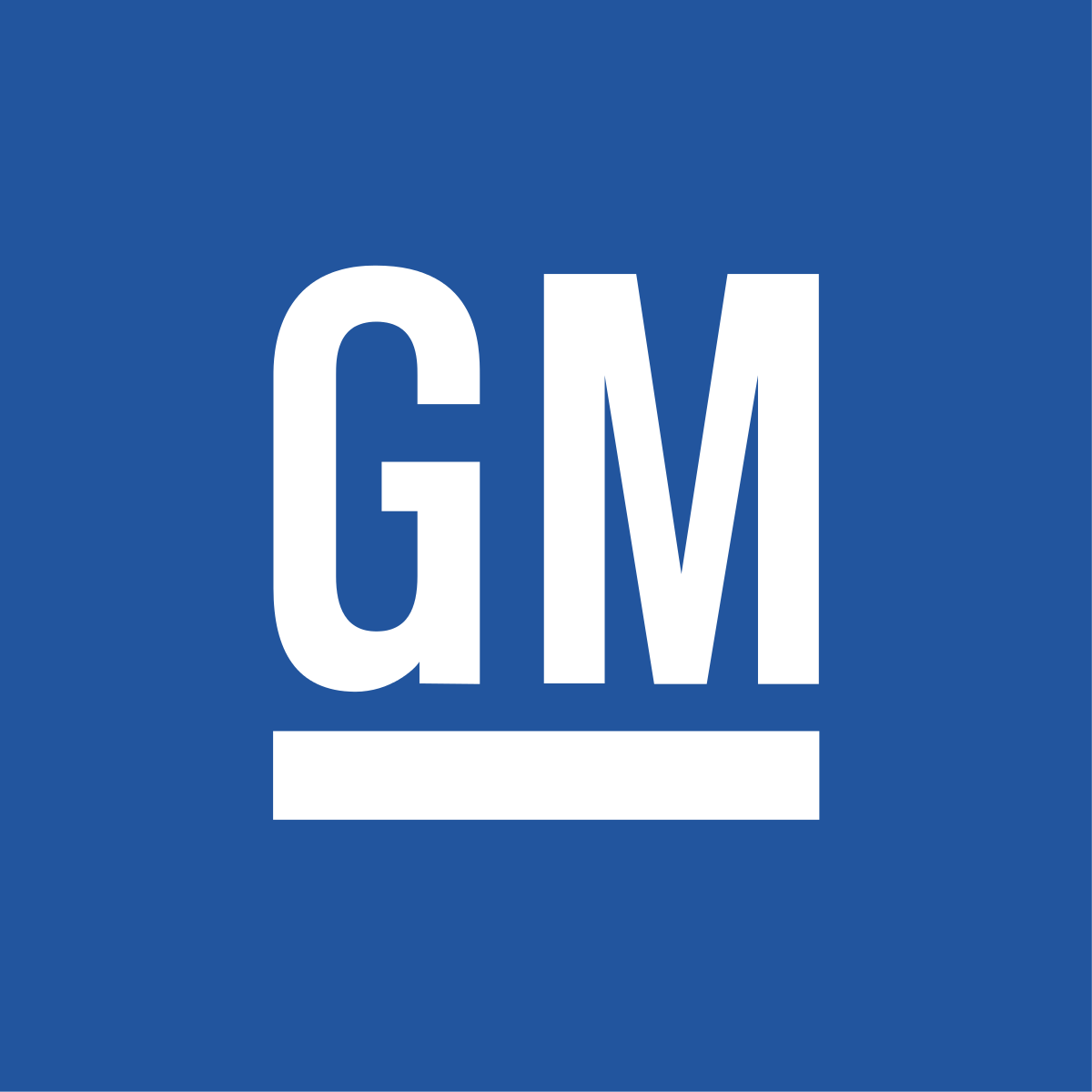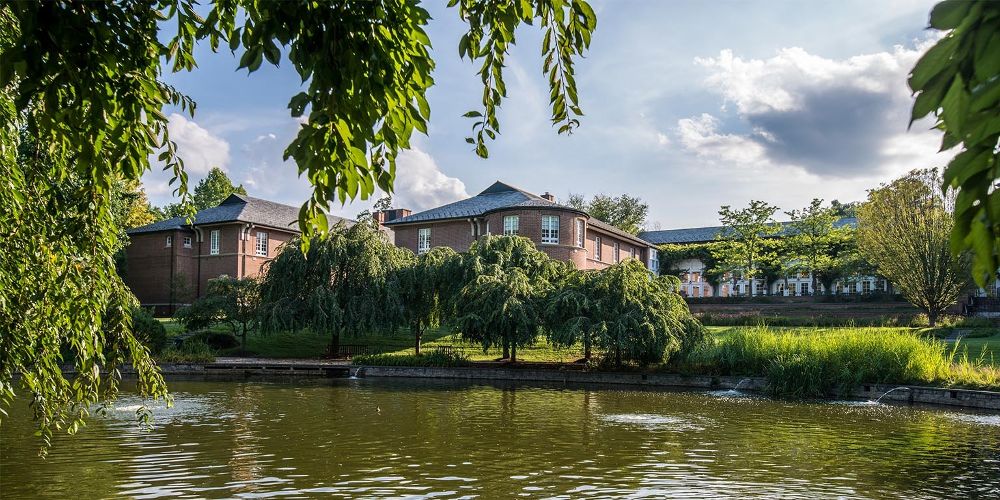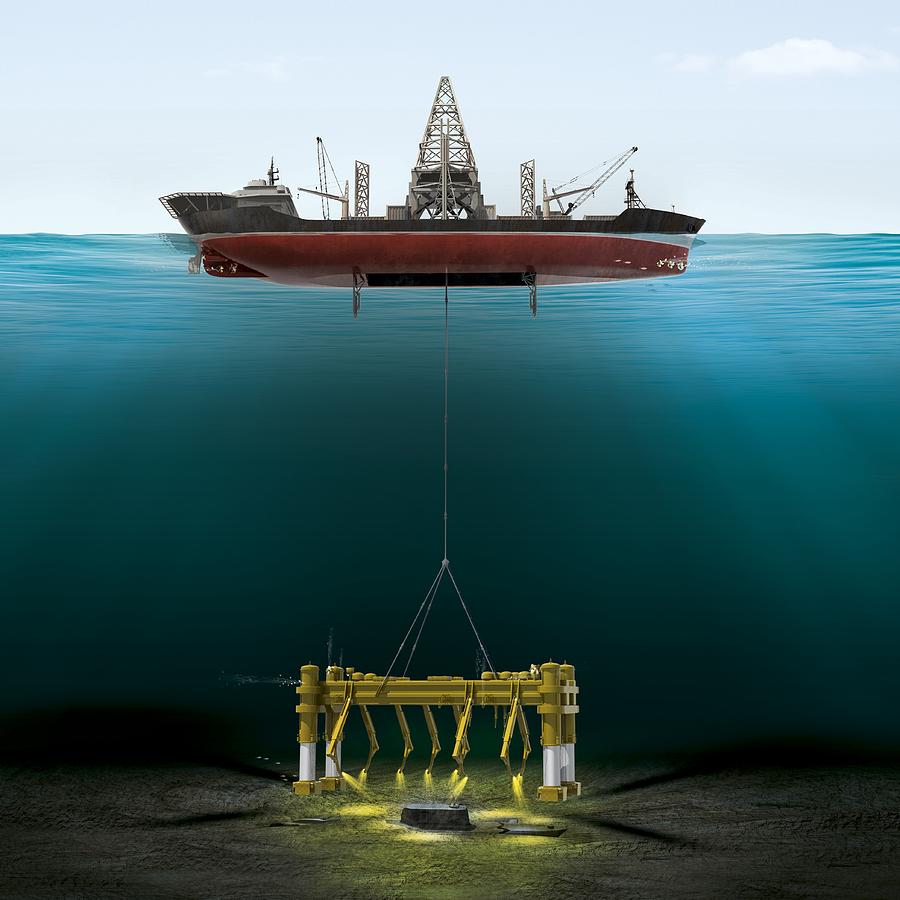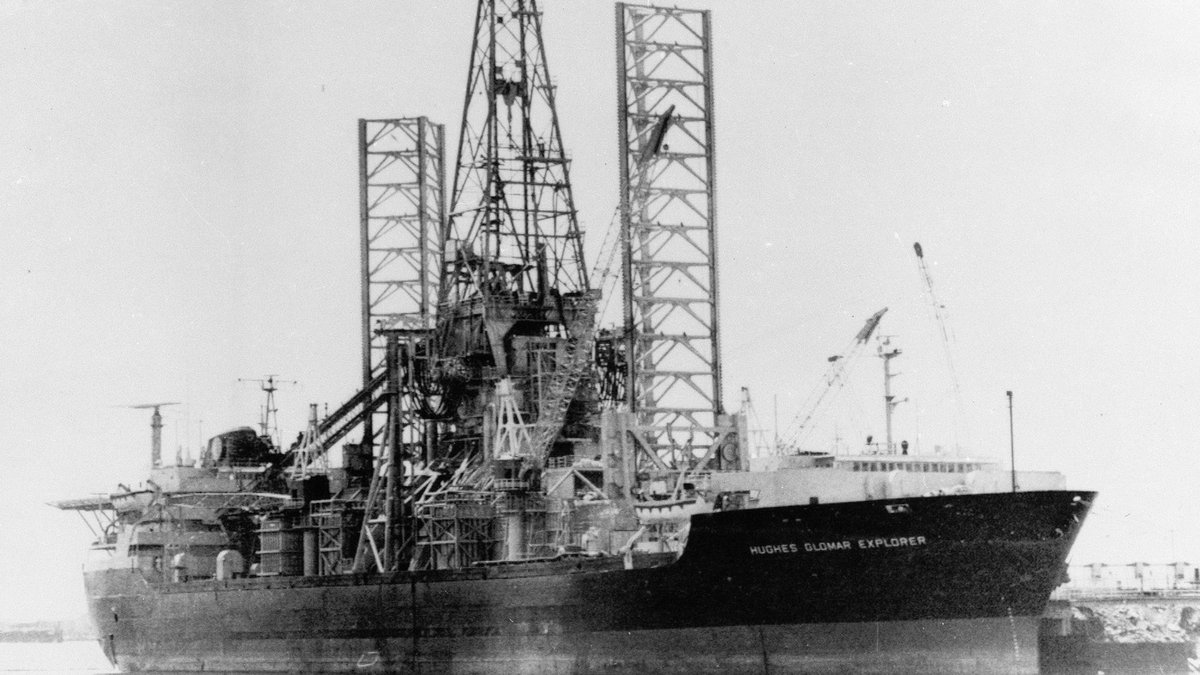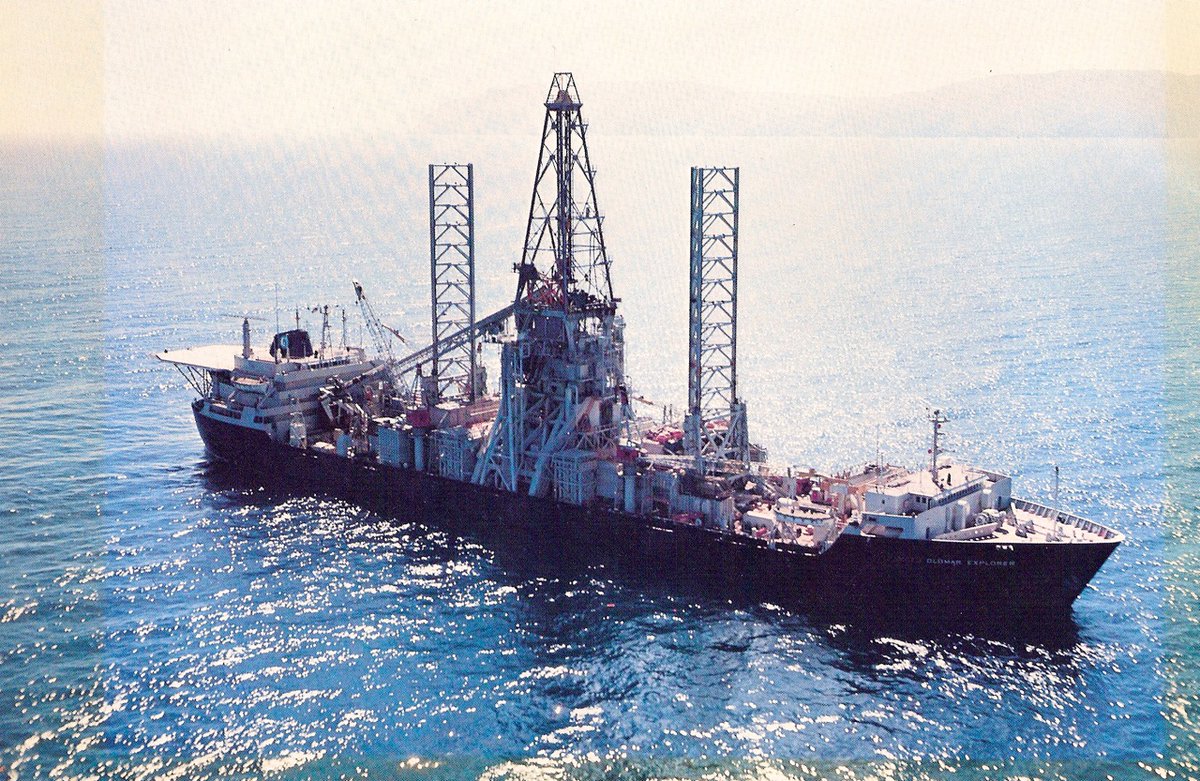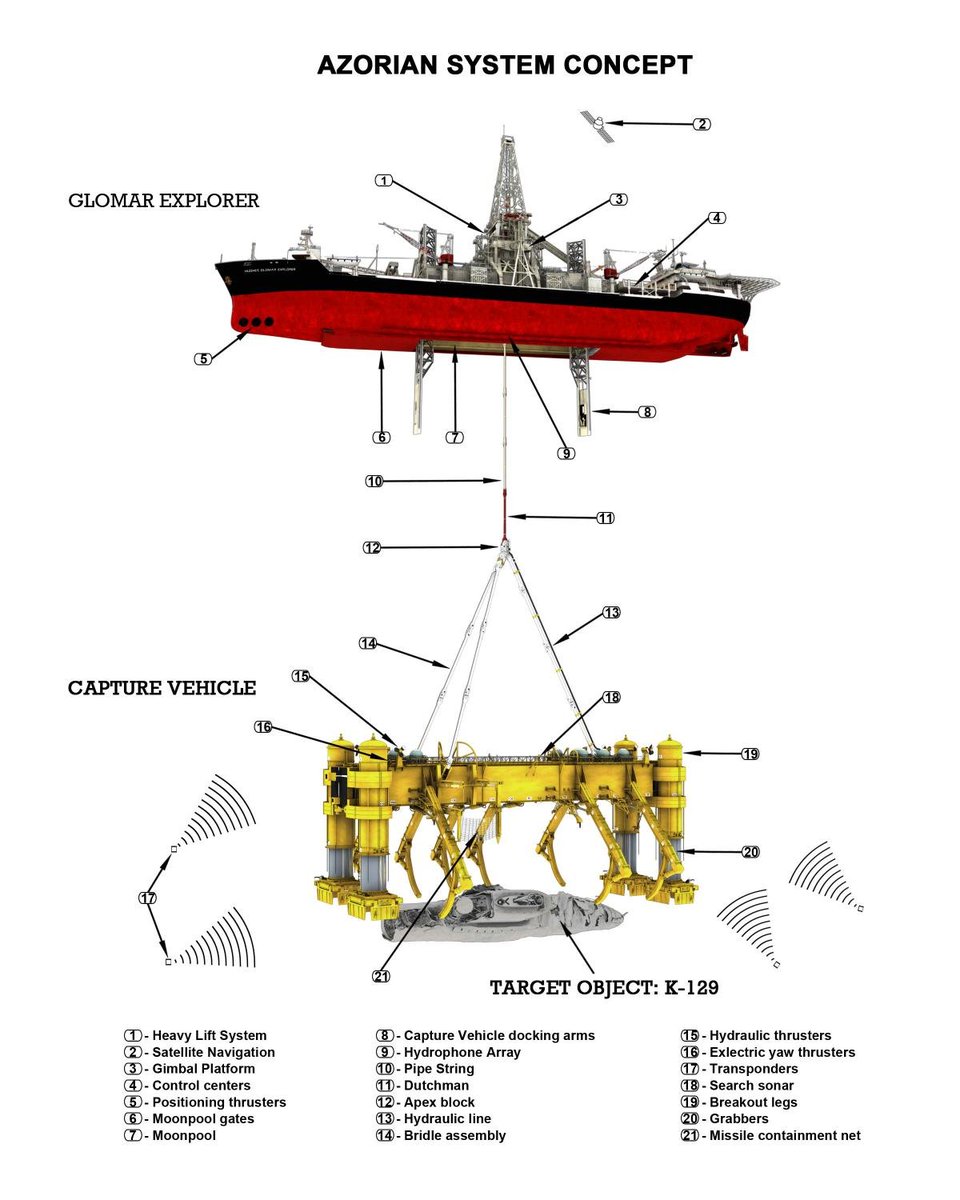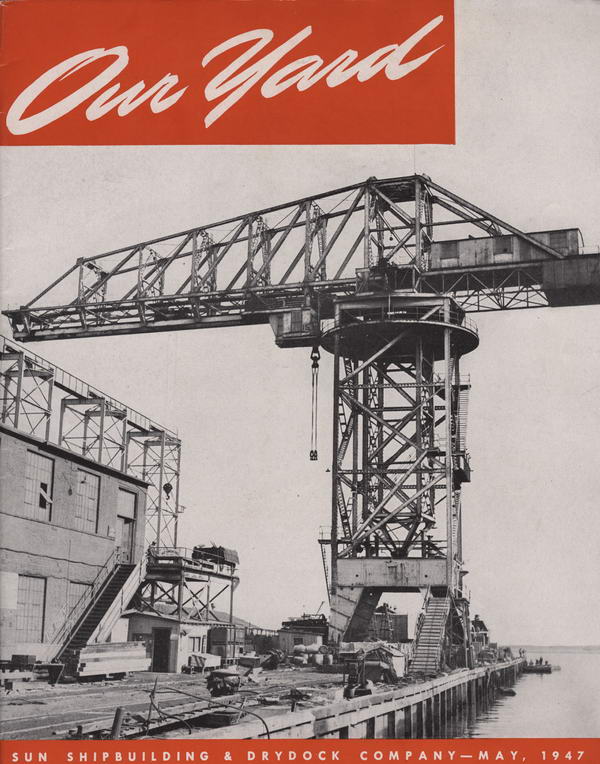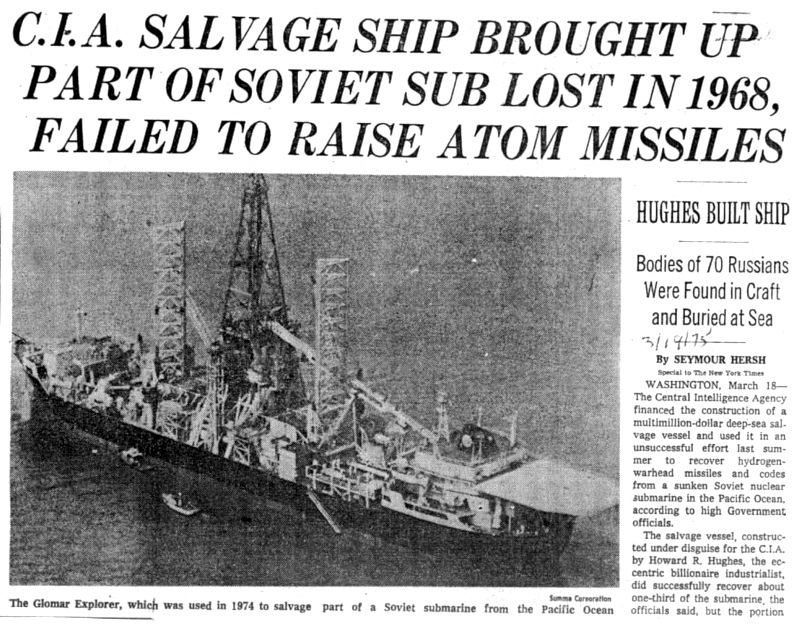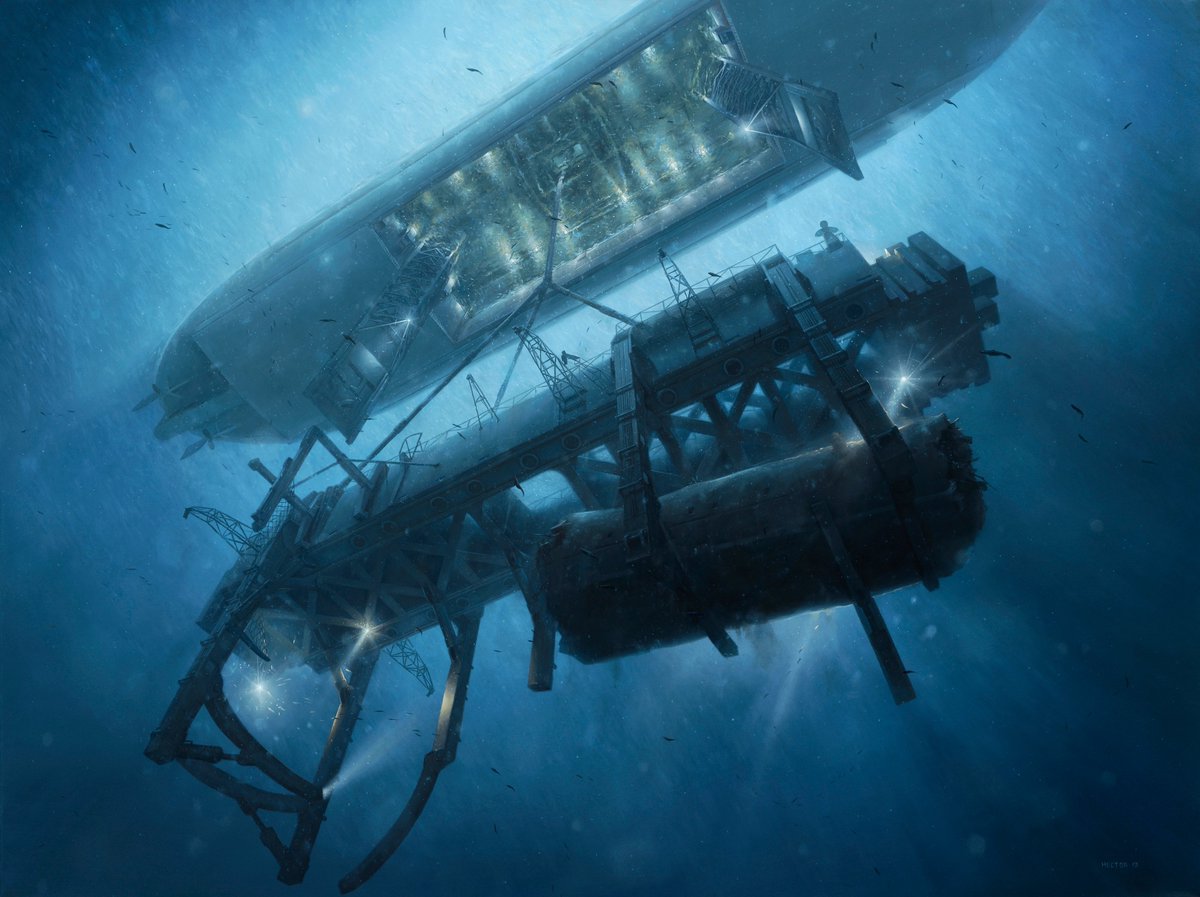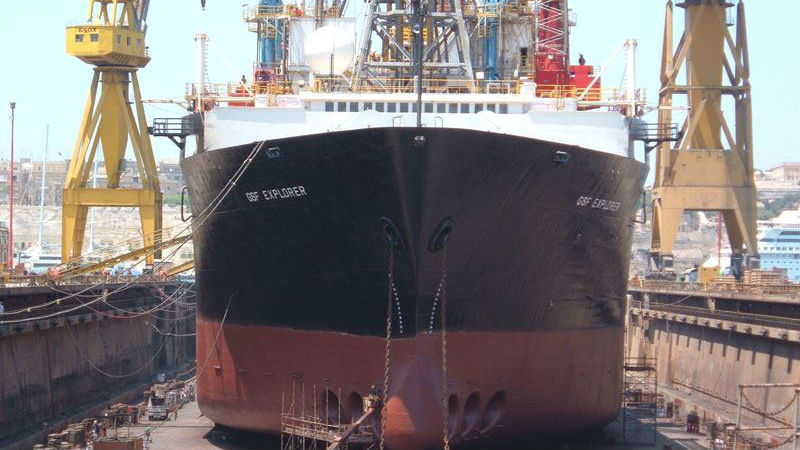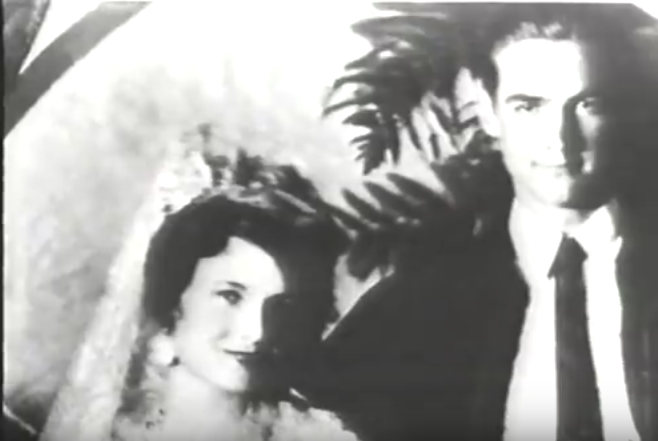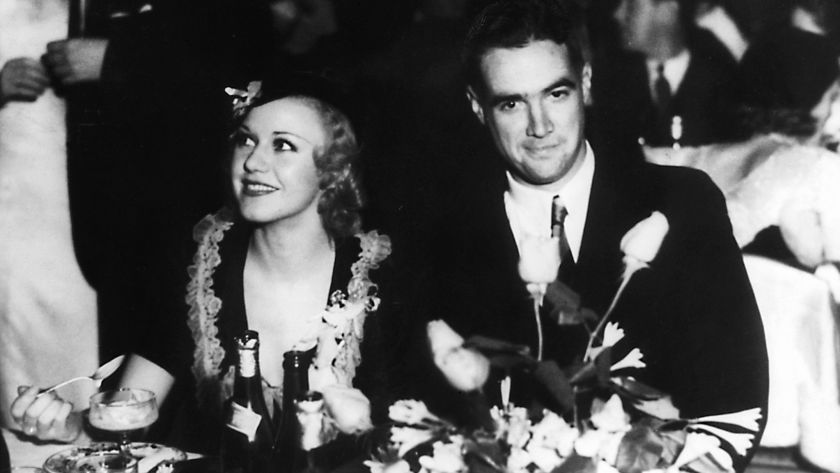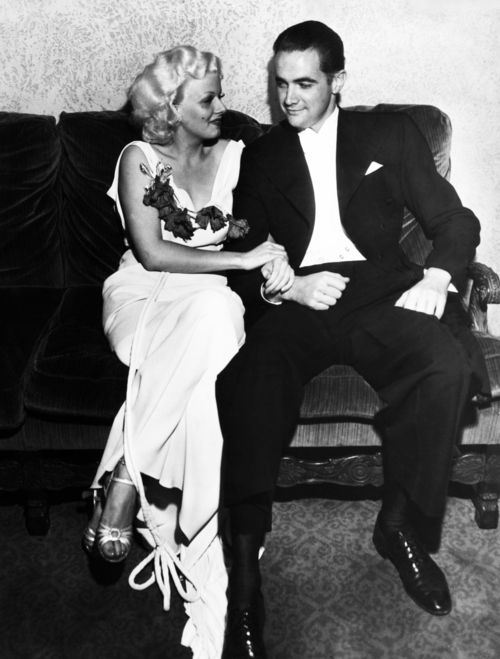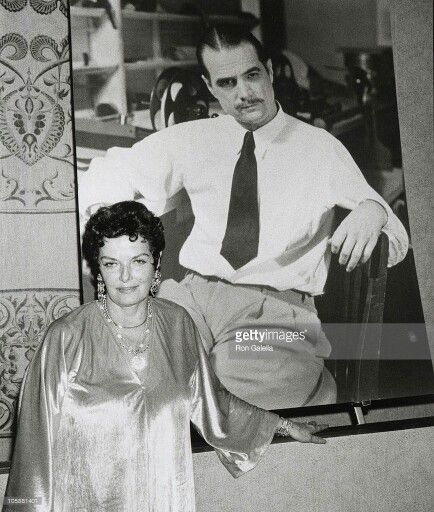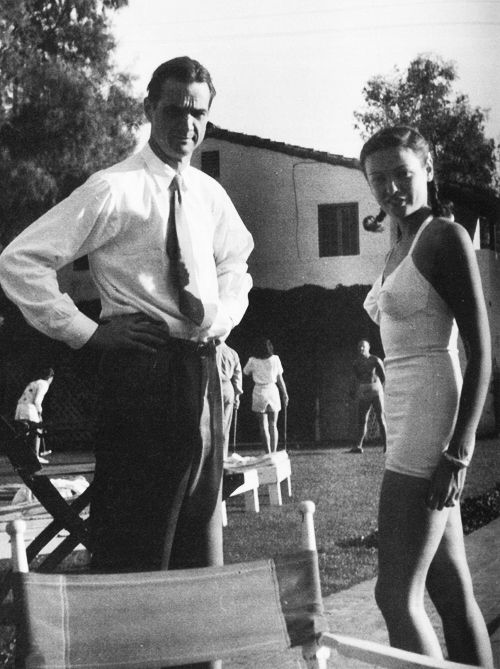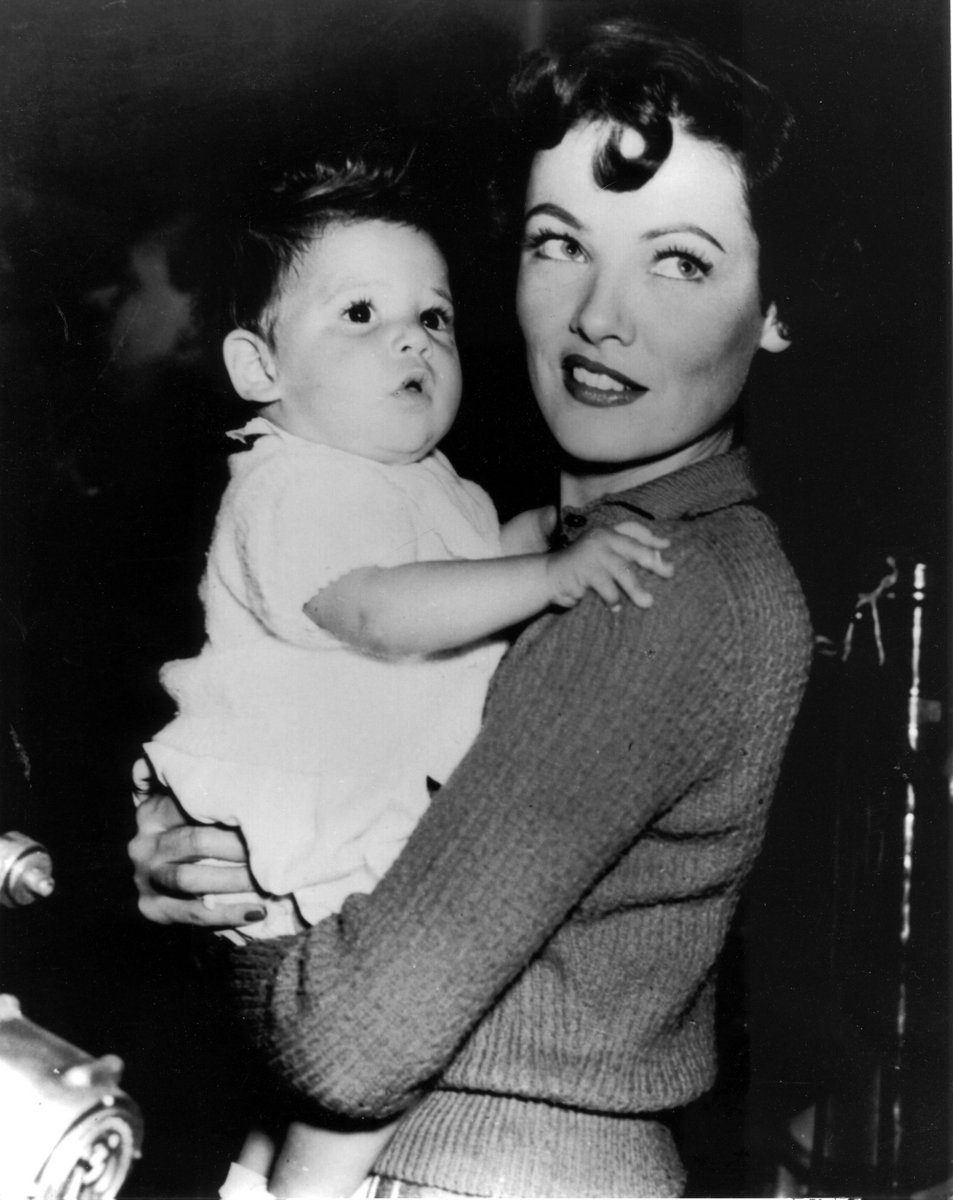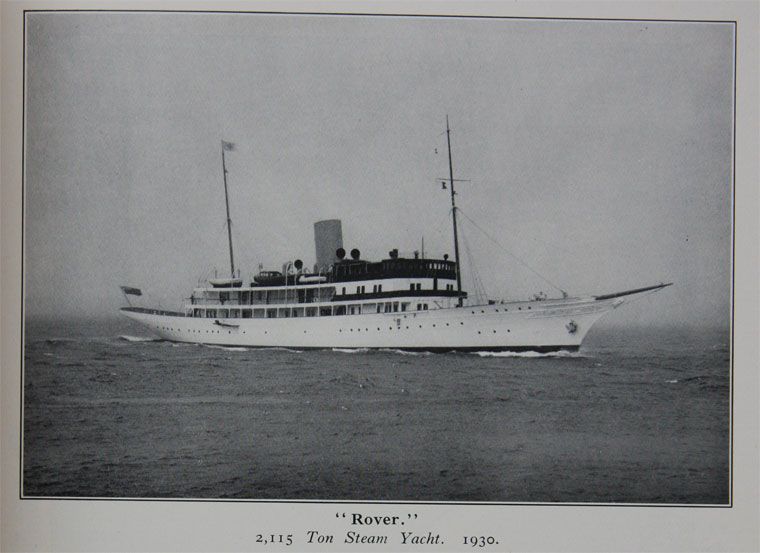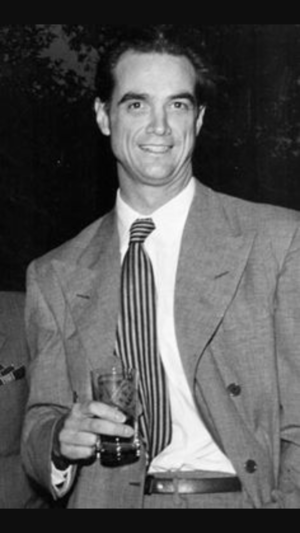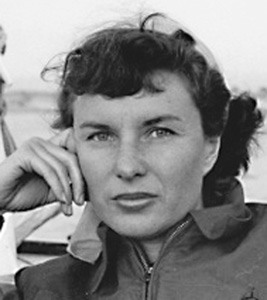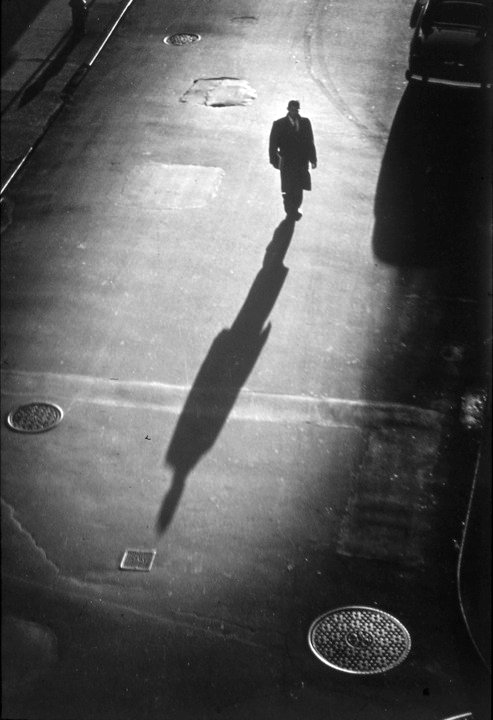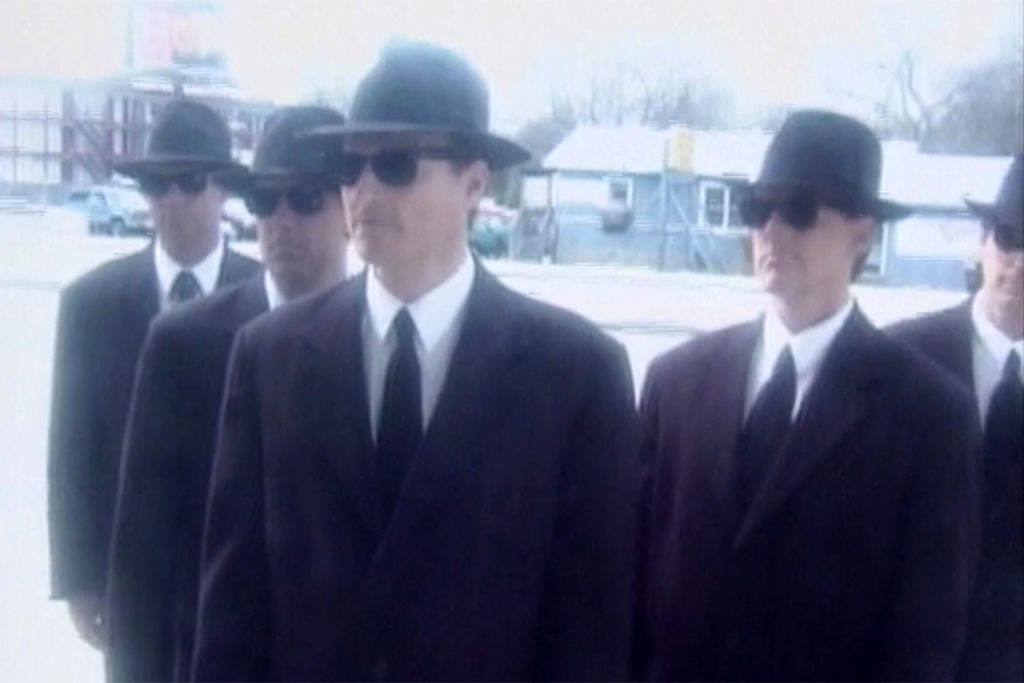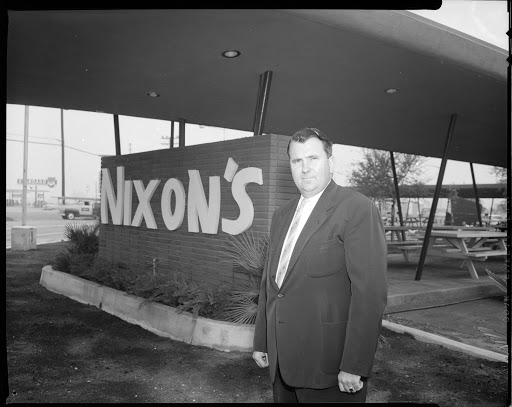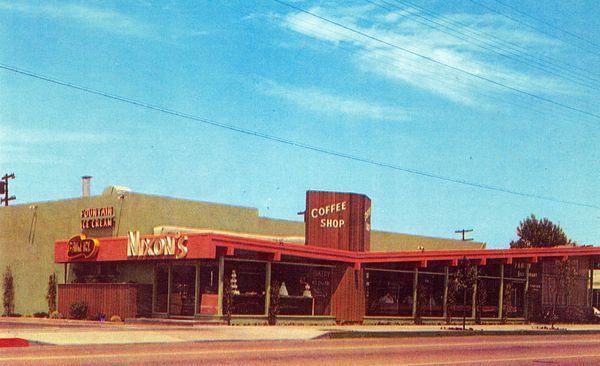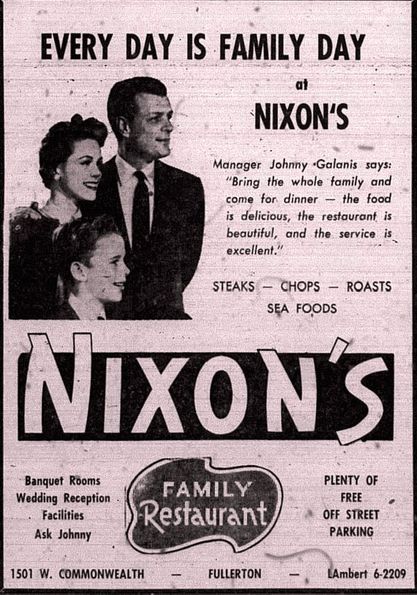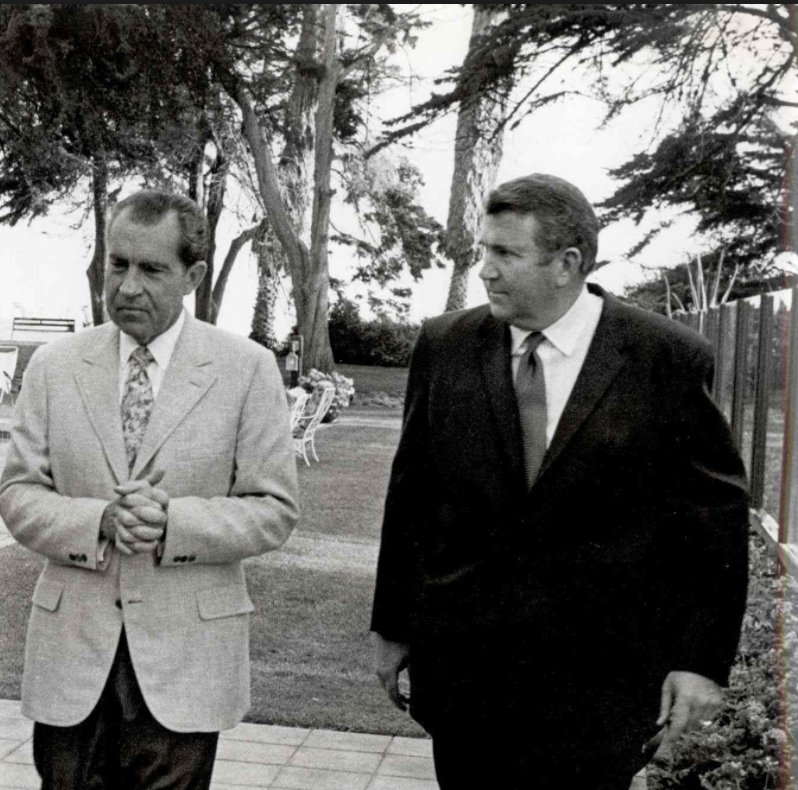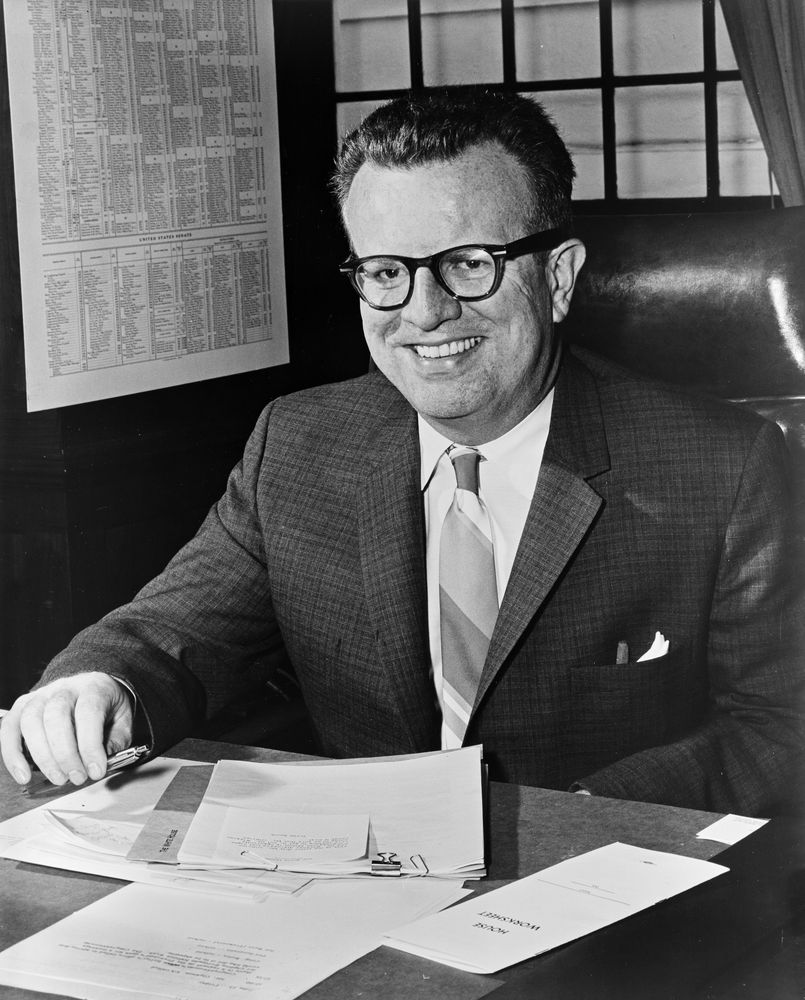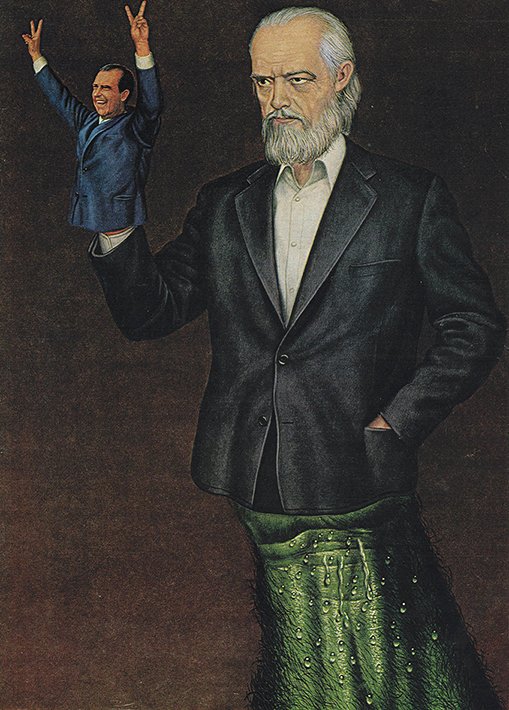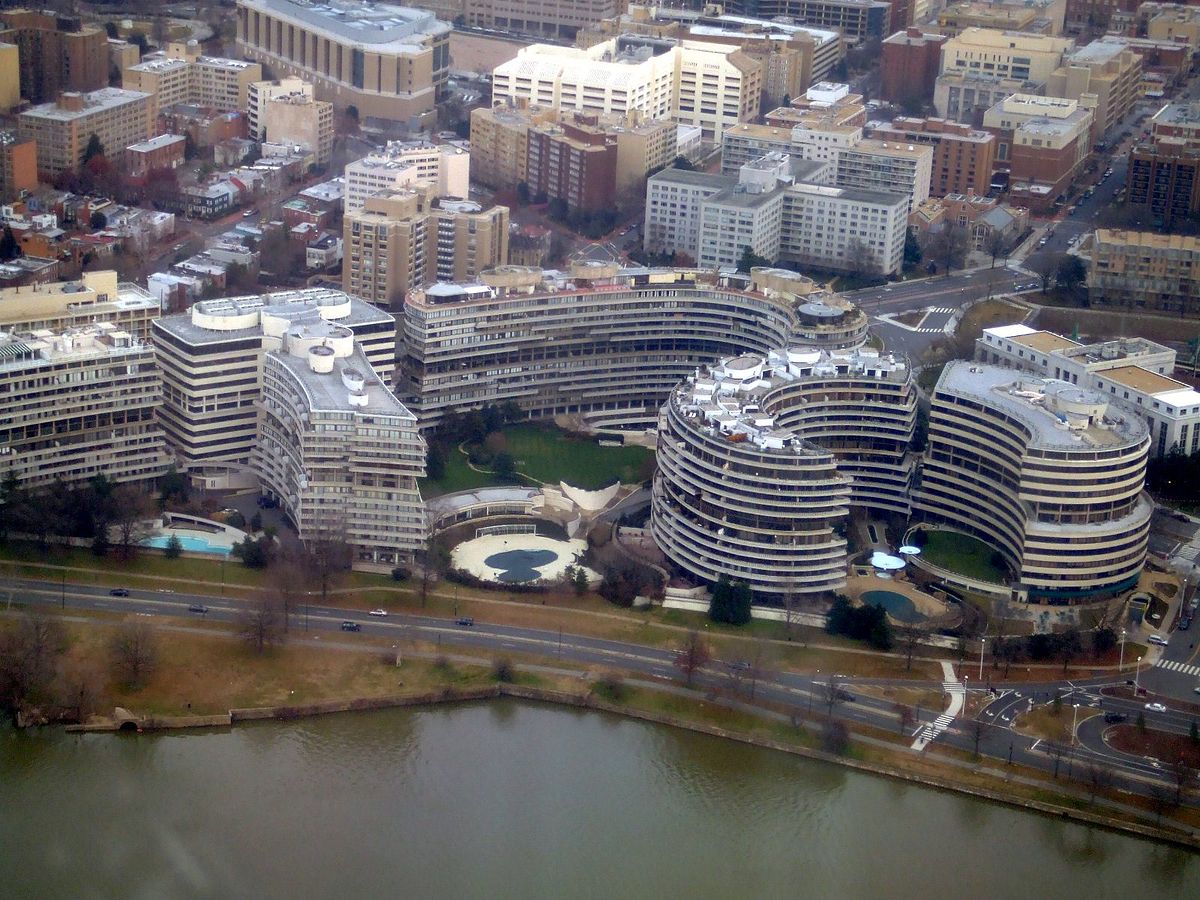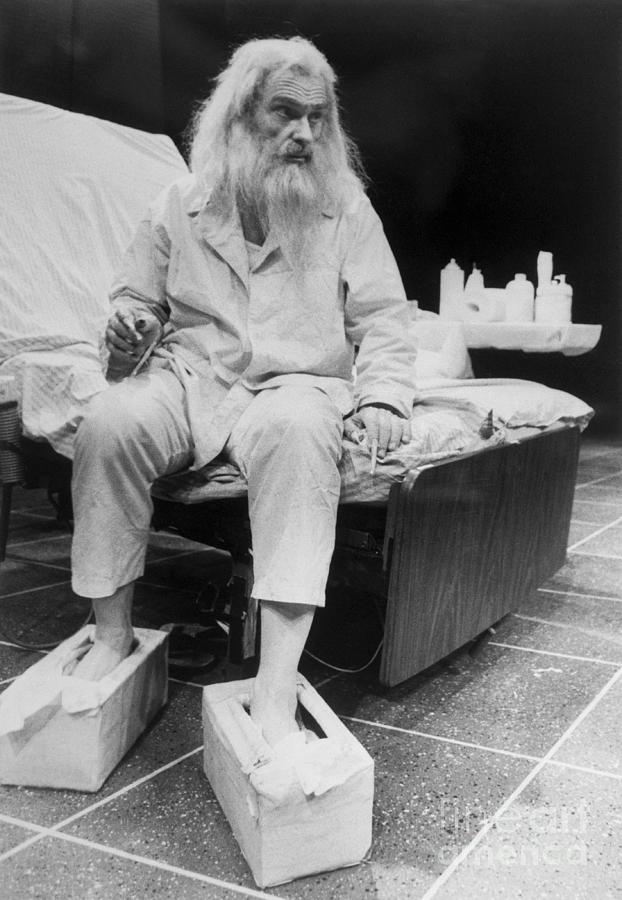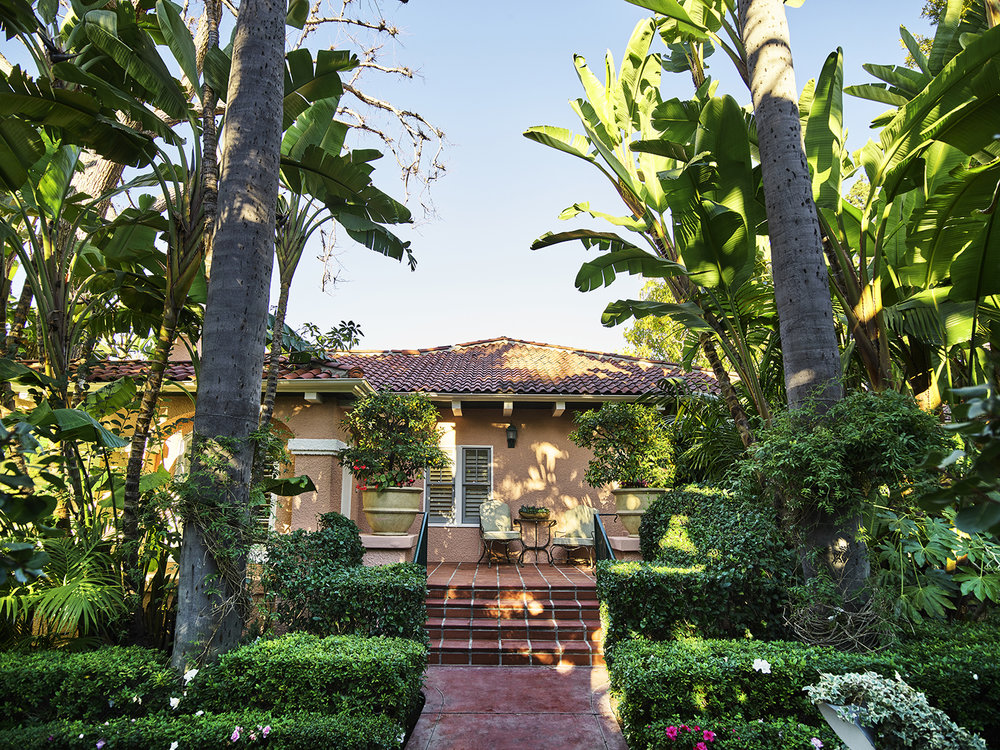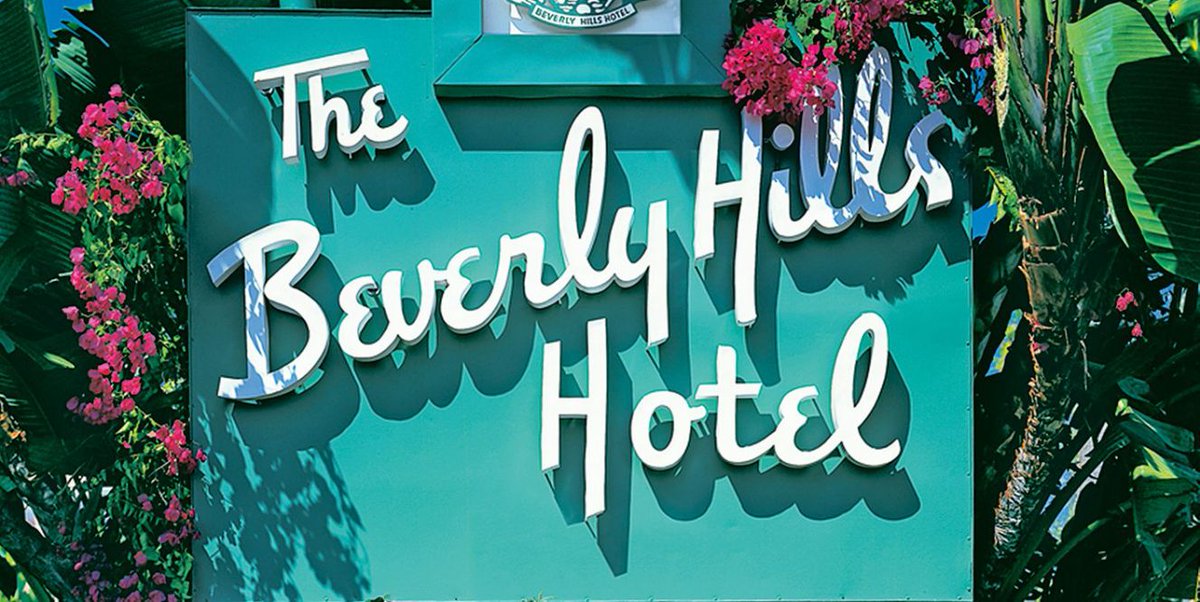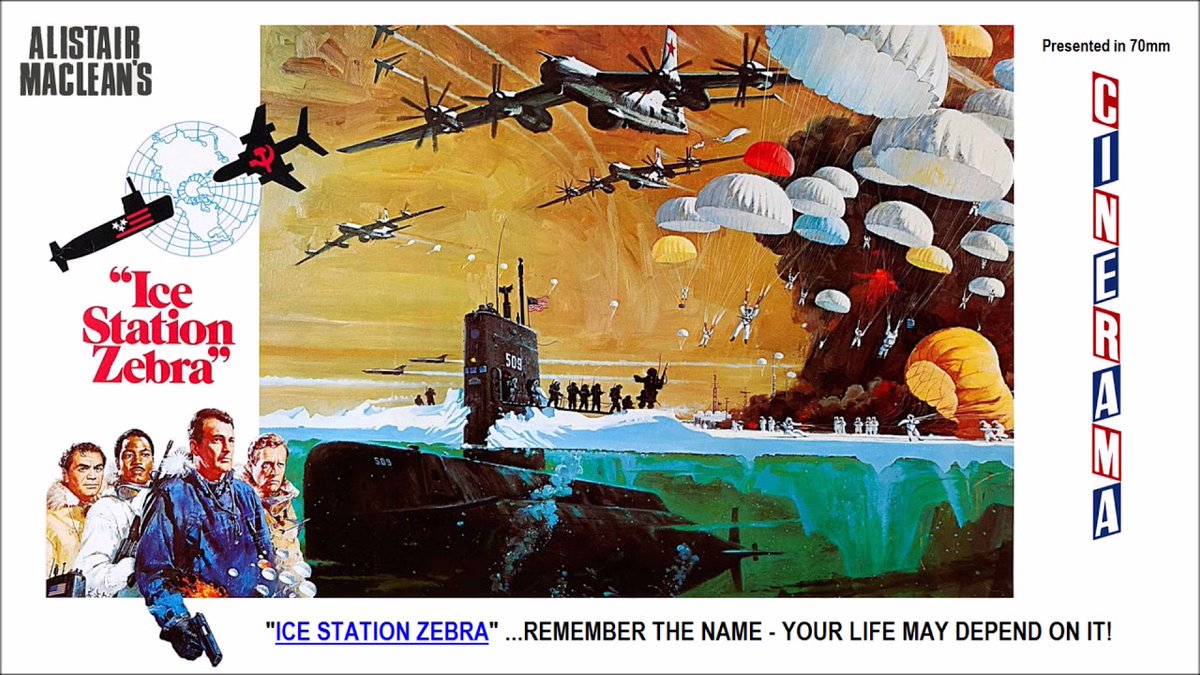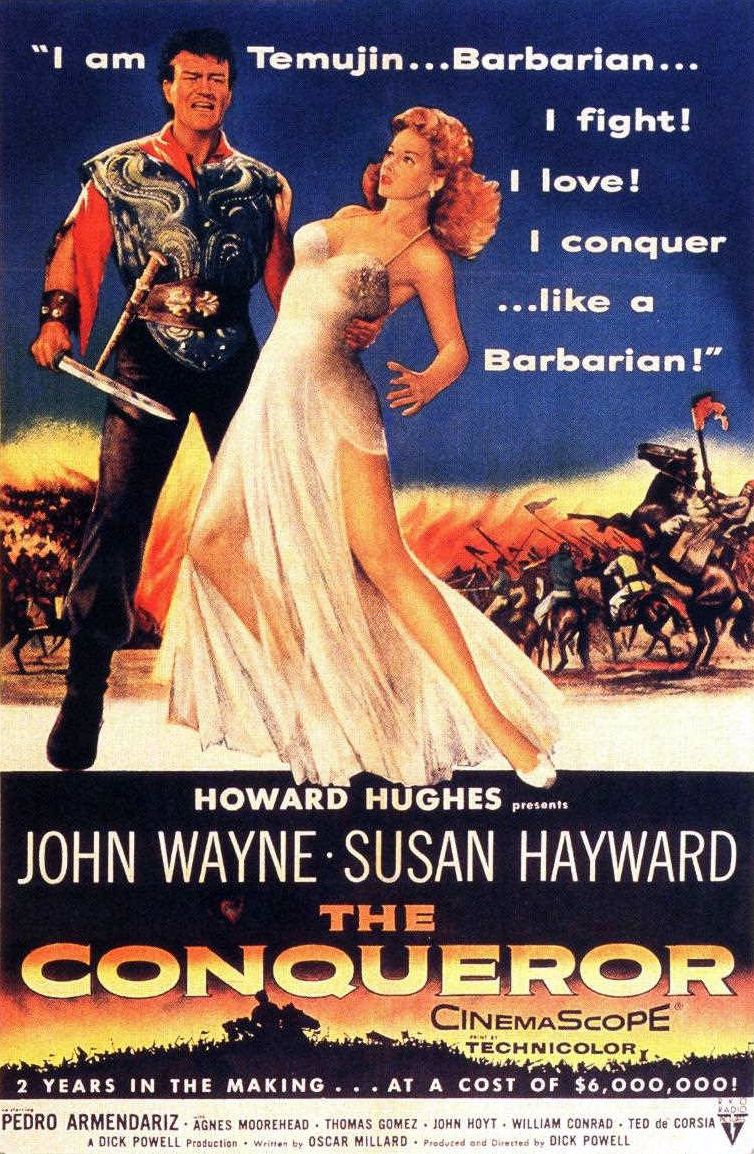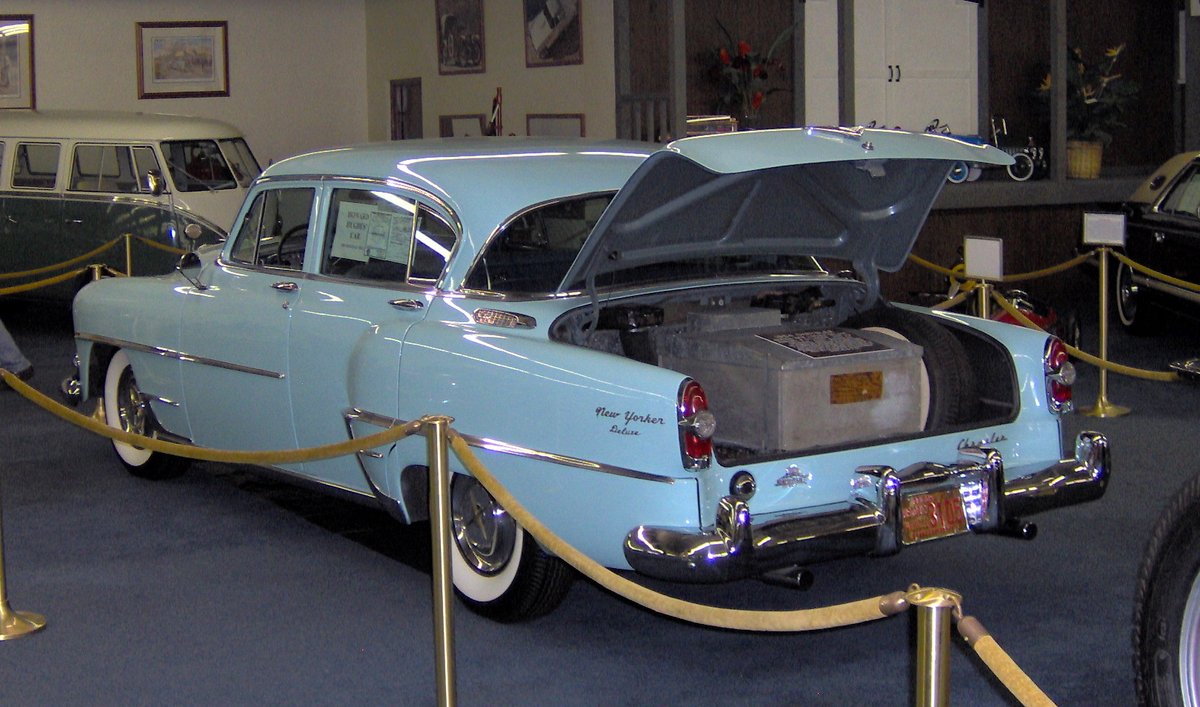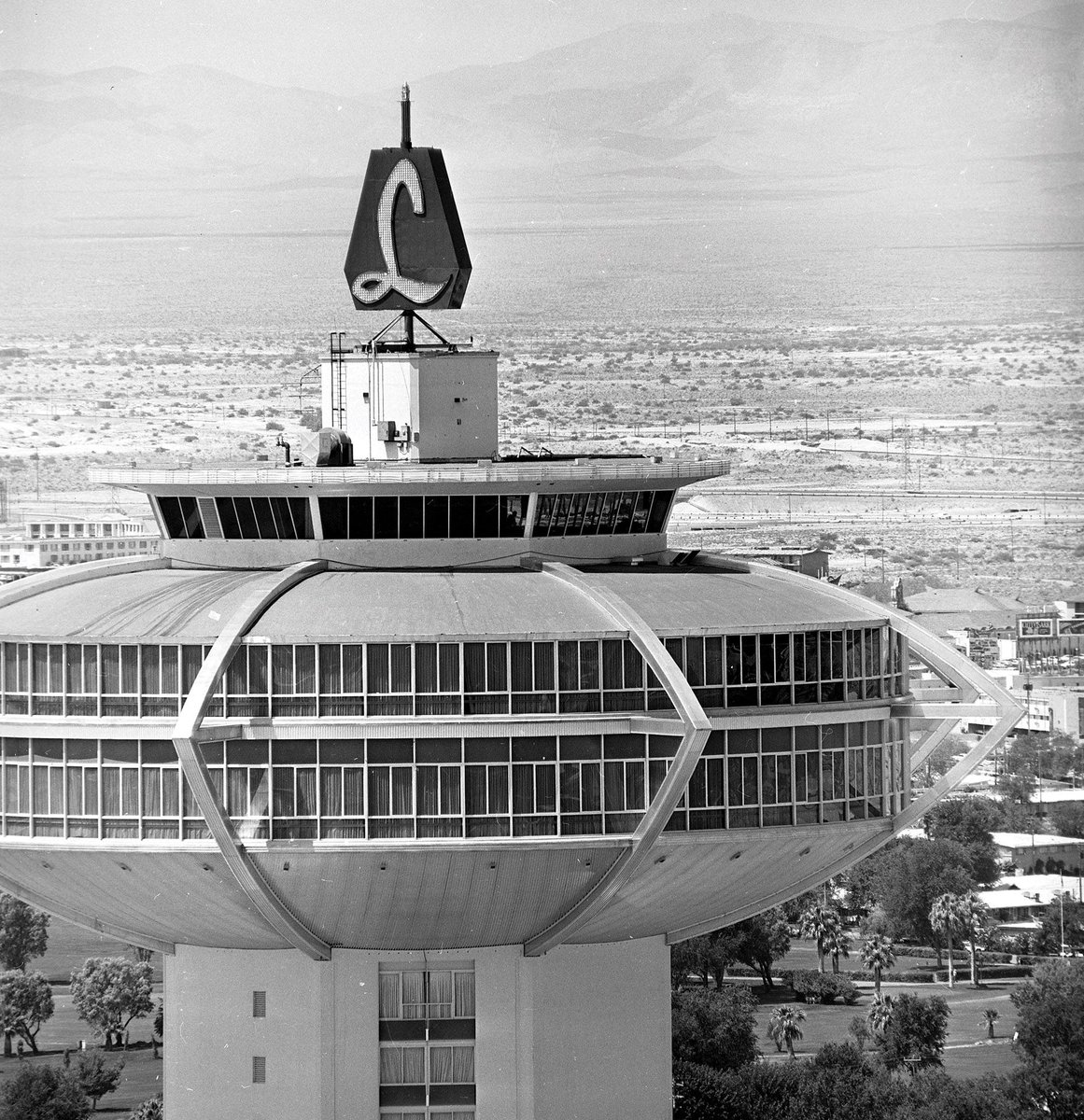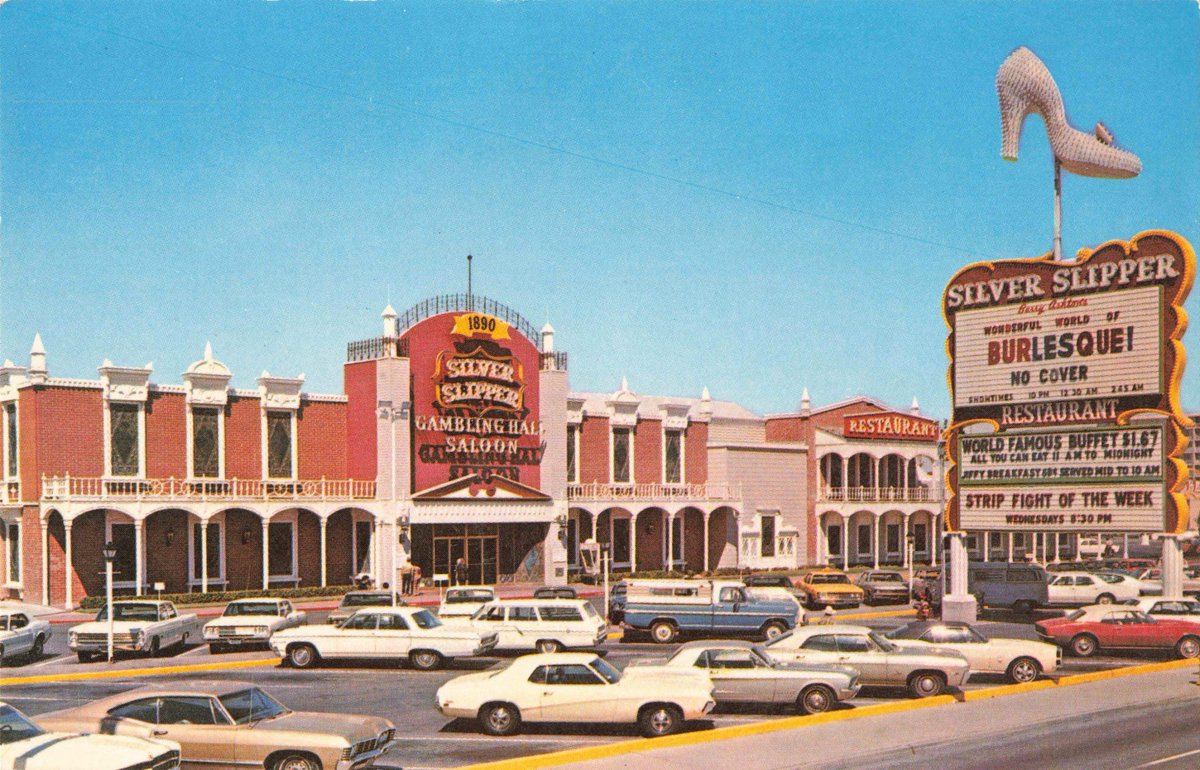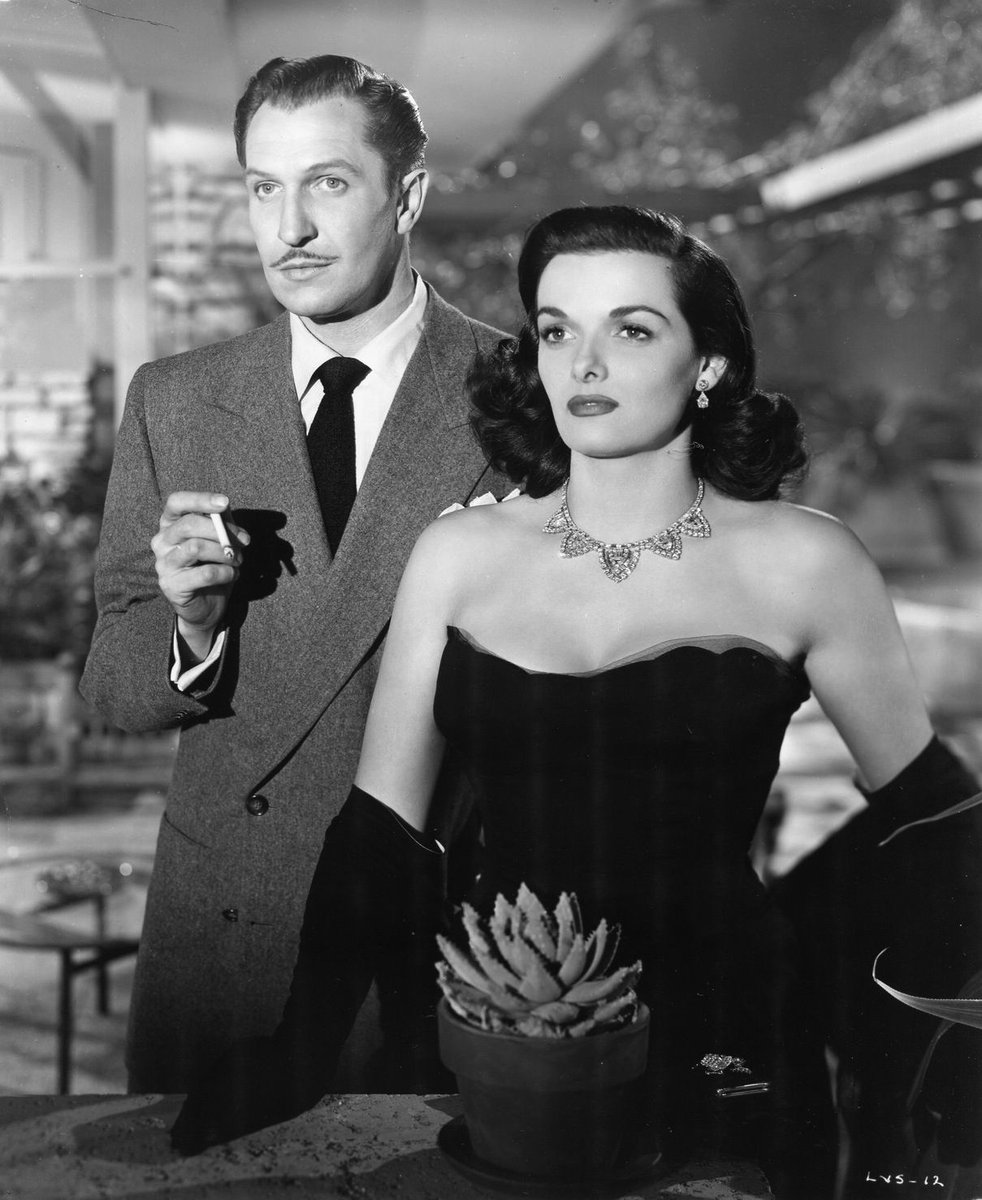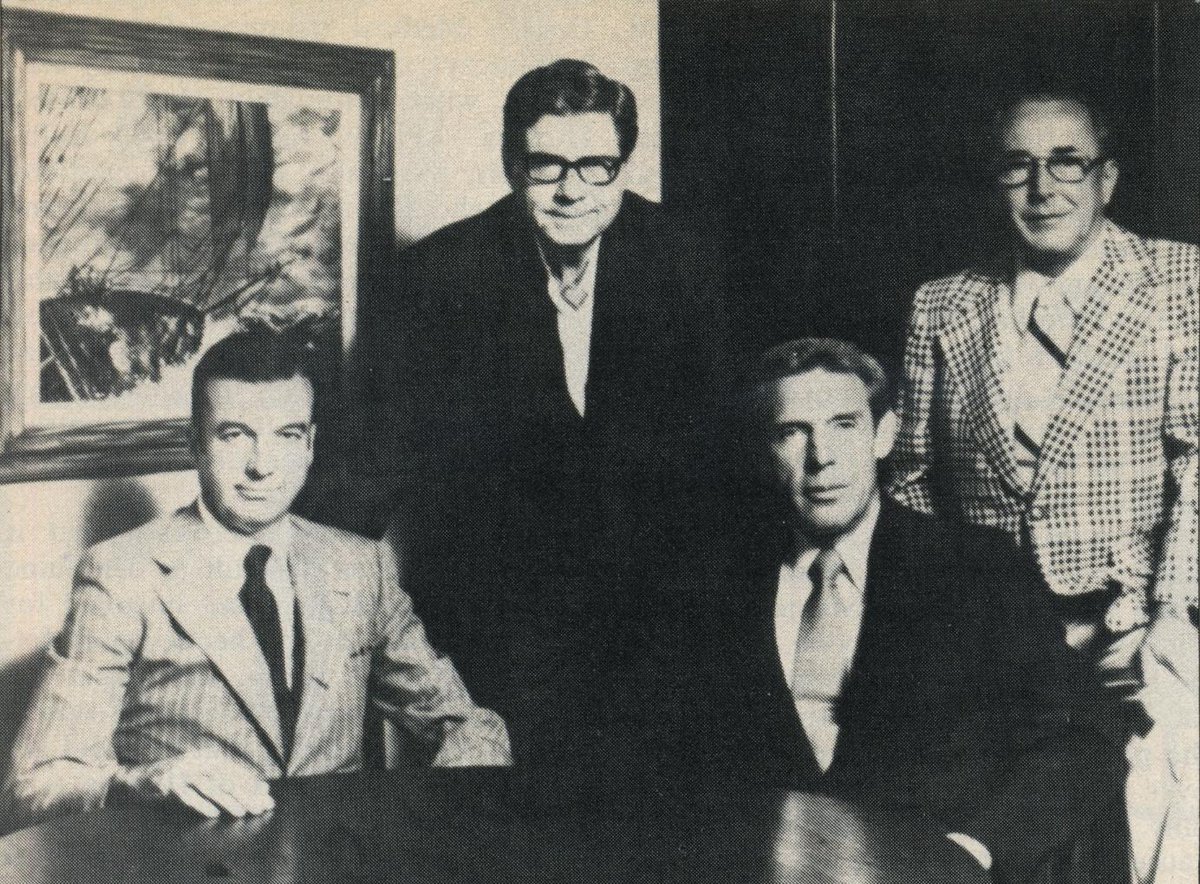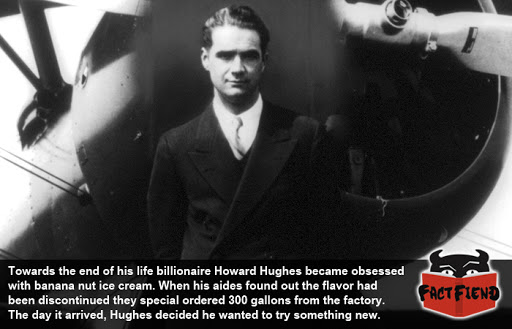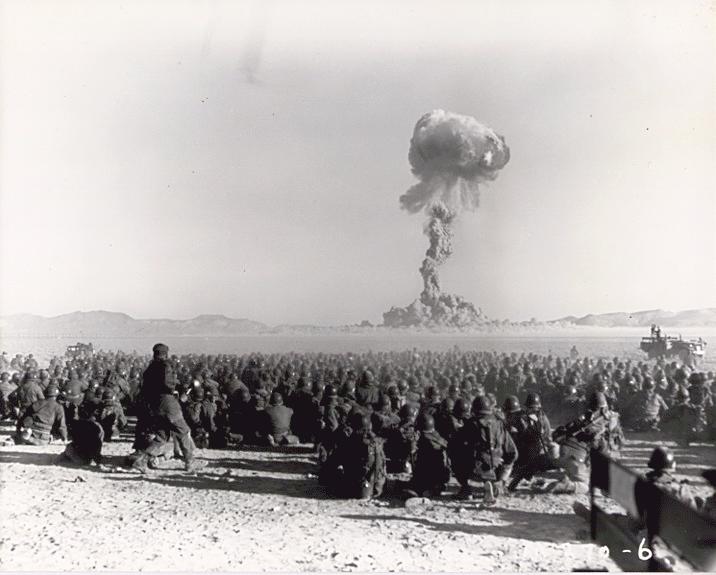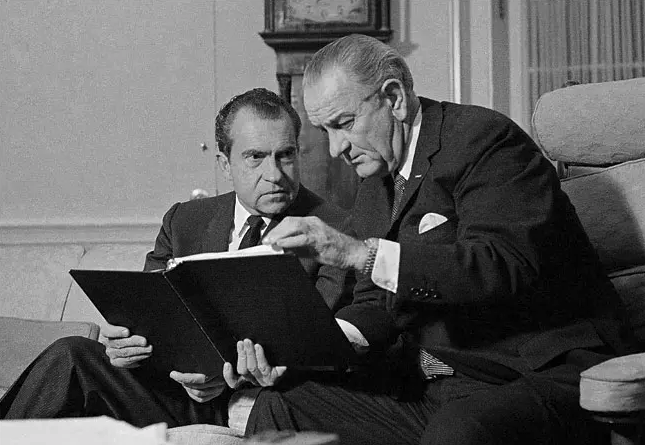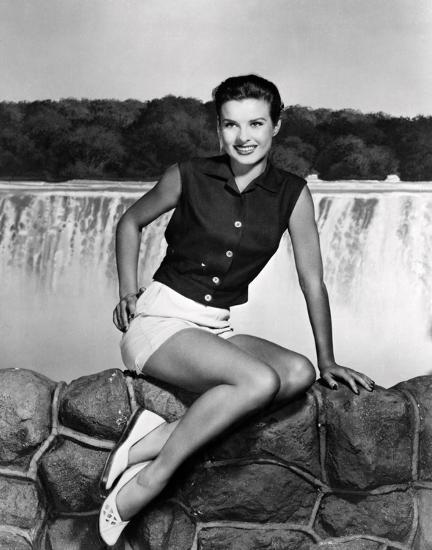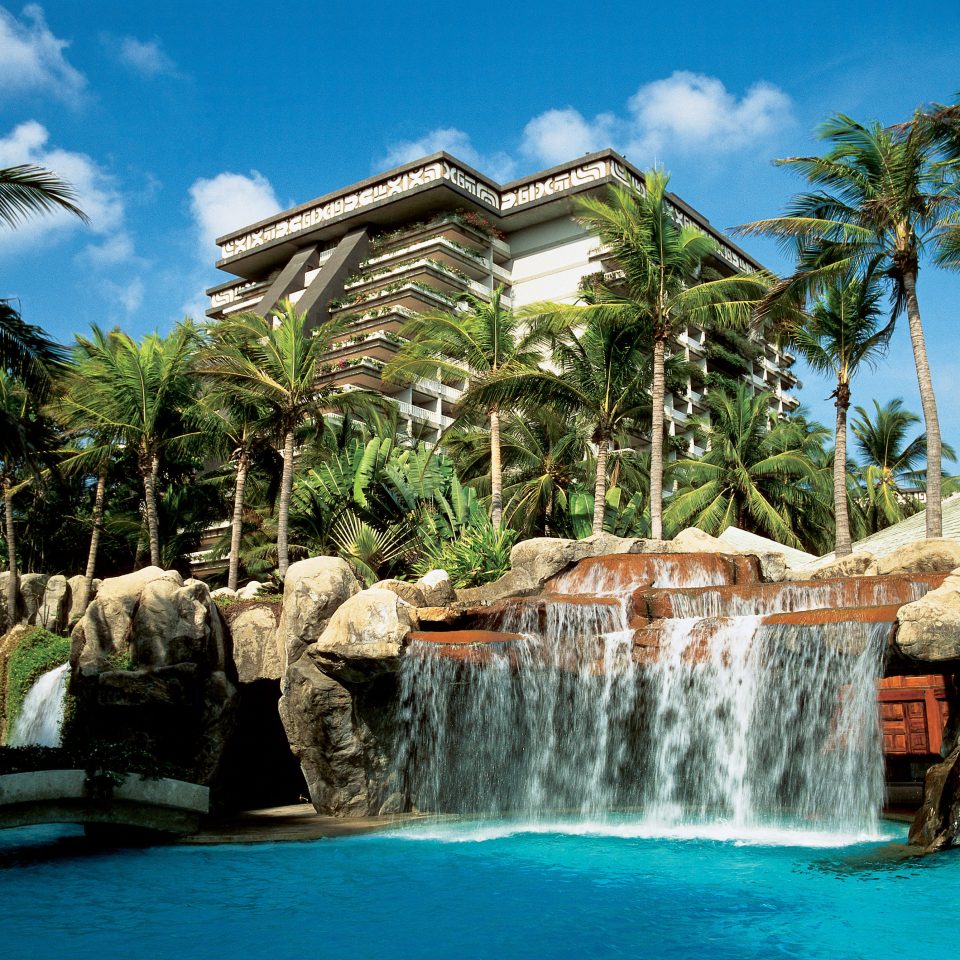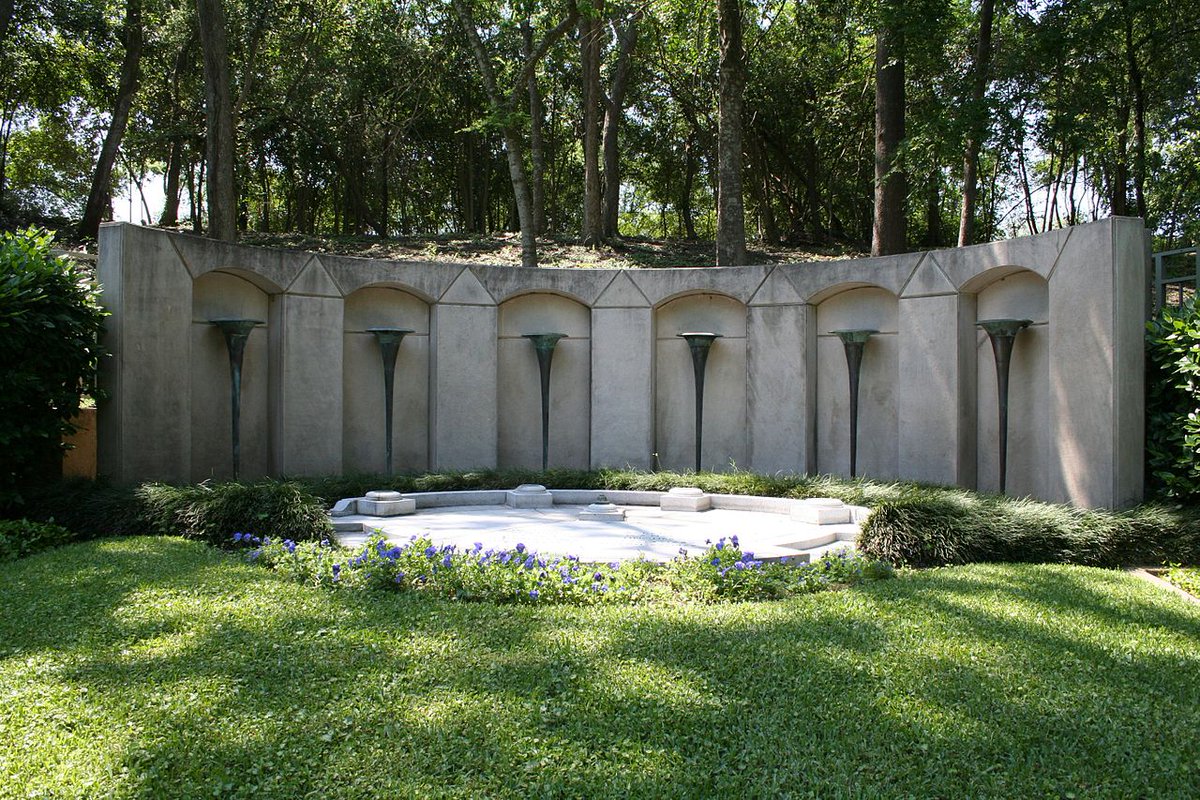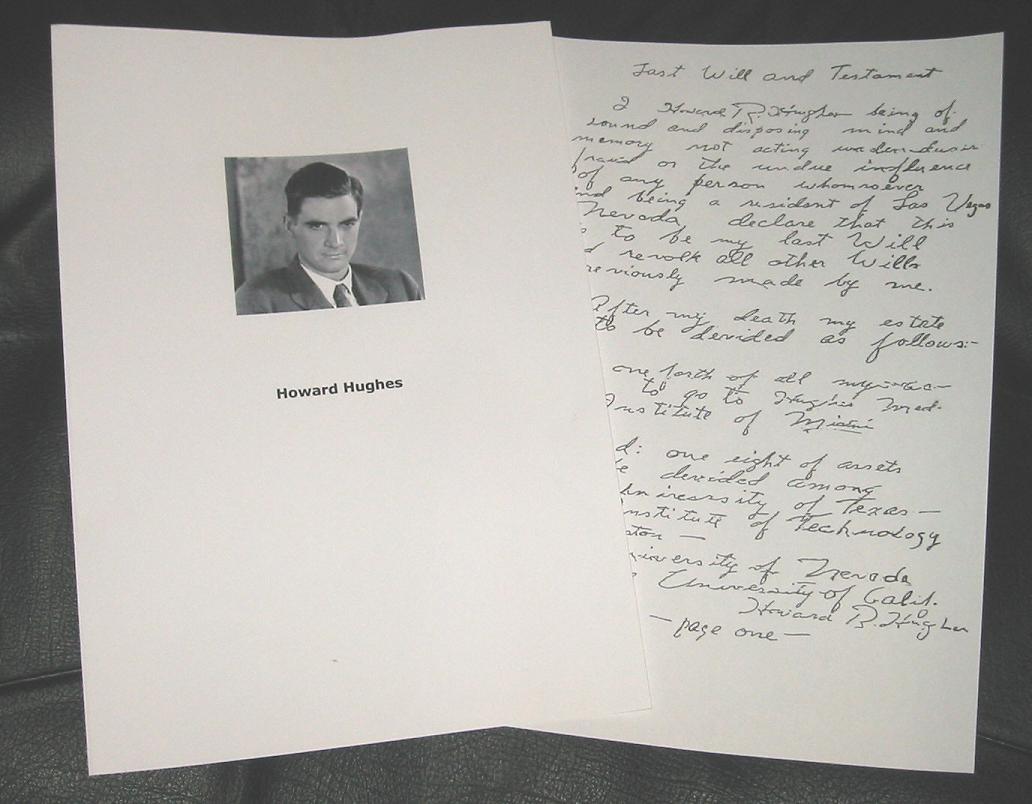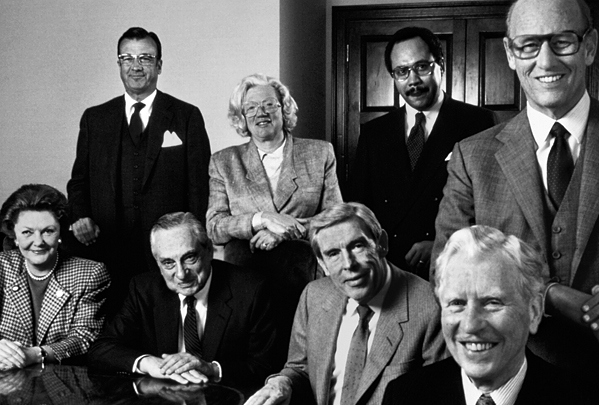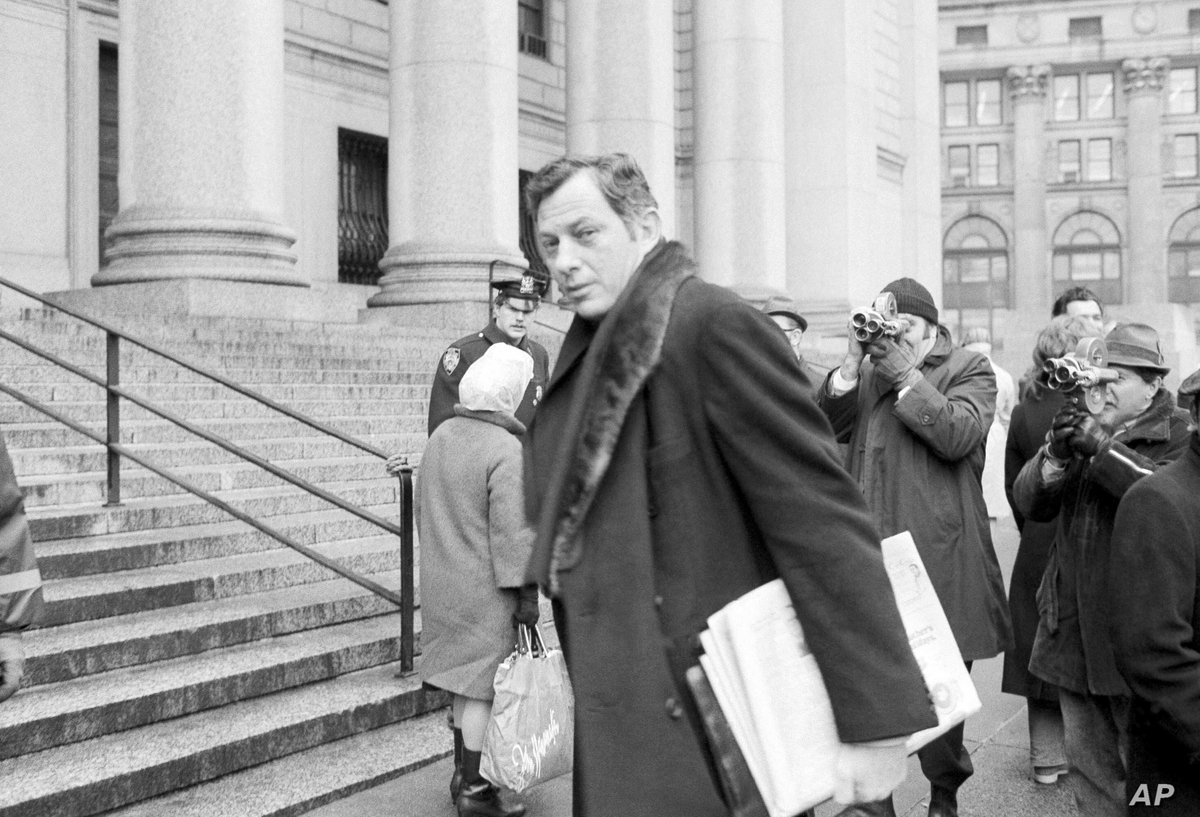He first became prominent as a film producer, and then as an influential figure in the aviation industry.
As a film tycoon, Hughes gained fame in Hollywood beginning in the late 1920s, when he produced big-budget and often controversial films such as The Racket (1928), Hell's Angels (1930), and Scarface (1932).
Later he controlled the RKO film studio.
Later he controlled the RKO film studio.
Hughes formed the Hughes Aircraft Company in 1932, hiring numerous engineers and designers.
He spent the rest of the 1930s and much of the 1940s setting multiple world air speed records and building the Hughes H-1 Racer and H-4 Hercules (the Spruce Goose).
He spent the rest of the 1930s and much of the 1940s setting multiple world air speed records and building the Hughes H-1 Racer and H-4 Hercules (the Spruce Goose).
He acquired and expanded Trans World Airlines and later acquired Air West, renaming it Hughes Airwest.
Hughes was included in Flying Magazine's list of the 51 Heroes of Aviation, ranked at No. 25.
Hughes was included in Flying Magazine's list of the 51 Heroes of Aviation, ranked at No. 25.
Today, his legacy is maintained through the Howard Hughes Medical Institute and the Howard Hughes Corporation.
Records locate his birthplace of as either Humble or Houston, Texas. The date remains uncertain because of conflicting dates from various sources.
He repeatedly claimed Christmas Eve as his birthday.
He repeatedly claimed Christmas Eve as his birthday.
A 1941 affidavit birth certificate of Hughes, signed by his aunt Annette Gano Lummis and by Estelle Boughton Sharp, states that he was born on December 24, 1905, in Harris County, Texas.
However, his certificate of baptism, recorded on October 7, 1906, in the parish register of St. John's Episcopal Church in Keokuk, Iowa, listed his date of birth as September 24, 1905, without any reference to the place of birth.
Howard Robard Hughes Jr. was the son of Allene Stone Gano (1883–1922) and of Howard R. Hughes Sr. (1869–1924), a successful inventor and businessman from Missouri.
His father patented the two-cone roller bit, which allowed rotary drilling for petroleum in previously inaccessible places.
Hughes Sr. made the decision to commercialize the invention by leasing the bits instead of selling them and founded the Hughes Tool Company in 1909.
Hughes Sr. made the decision to commercialize the invention by leasing the bits instead of selling them and founded the Hughes Tool Company in 1909.
Hughes' uncle was the famed novelist, screenwriter, and film-director Rupert Hughes.
An anti-Communist, in the 1940s he served as president of the American Writers Association, a group of anti-Communist writers.
An anti-Communist, in the 1940s he served as president of the American Writers Association, a group of anti-Communist writers.
Hughes had English, Welsh and some French Huguenot ancestry, and was a descendant of John Gano (1727–1804), the minister who allegedly baptized George Washington.
His uncle Rupert authored a scholarly bio of George Washington that broke ground in demythologizing him.
His uncle Rupert authored a scholarly bio of George Washington that broke ground in demythologizing him.
Hughes had showed interest in science and technology.
At age 11 he built Houston's first "wireless" radio transmitter. He went on to be one of the first licensed ham-radio operators in Houston, having the assigned callsign W5CY.
At age 11 he built Houston's first "wireless" radio transmitter. He went on to be one of the first licensed ham-radio operators in Houston, having the assigned callsign W5CY.
David Edward Hughes, fellow of the royal society, in 1855 designed a printing telegraph system.
This would go on to be Western Union. The Hughes Telegraph System became an international standard.
Relation to Howard? Could this be where he got his wireless tech at a young age?
This would go on to be Western Union. The Hughes Telegraph System became an international standard.
Relation to Howard? Could this be where he got his wireless tech at a young age?
At 12, Hughes was photographed in the local newspaper, identified as the first boy in Houston to have a "motorized" bicycle, which he had built from parts from his father's steam engine.
His mother Allene died in March 1922 from complications of an ectopic pregnancy. Howard Hughes Sr. died of a heart attack in 1924.
Their deaths apparently inspired Hughes to include the establishment of a medical research laboratory in the will that he signed in 1925 at age 19.
Their deaths apparently inspired Hughes to include the establishment of a medical research laboratory in the will that he signed in 1925 at age 19.
Howard Sr.'s will had not been updated since Allene's death, and Hughes inherited 75% of the family fortune.
On his 19th birthday, Hughes was declared an emancipated minor, enabling him to take full control of his life.
On his 19th birthday, Hughes was declared an emancipated minor, enabling him to take full control of his life.
From a young age, Hughes became an enthusiastic golfer. He often scored near-par figures and for a time aimed for a professional golf career.
After Hughes hurt himself in the late 1920s, his golfing tapered off, and after his F-11 crash, Hughes was unable to play at all.
After Hughes hurt himself in the late 1920s, his golfing tapered off, and after his F-11 crash, Hughes was unable to play at all.
Hughes withdrew from Rice University shortly after his father's death. On June 1, 1925, he married Ella Botts Rice, daughter of David Rice and Martha Lawson Botts of Houston, and great-niece of William Marsh Rice, for whom Rice University was named.
They moved to Los Angeles, where he hoped to make a name for himself as a filmmaker.
They moved into the Ambassador Hotel, and Hughes proceeded to learn to fly a Waco, while simultaneously producing his first motion picture, Swell Hogan.
They moved into the Ambassador Hotel, and Hughes proceeded to learn to fly a Waco, while simultaneously producing his first motion picture, Swell Hogan.
Hughes enjoyed a highly successful business career beyond engineering, aviation, and filmmaking; many of his career endeavors involved varying entrepreneurial roles.
The Summa Corporation was the name adopted for the business interests of Howard Hughes after he sold the tool division of Hughes Tool Company in 1972.
The name "Summa", Latin for "highest", was allegedly chosen by several of Hughes' employees without consulting him first.
The name "Summa", Latin for "highest", was allegedly chosen by several of Hughes' employees without consulting him first.
Primarily involved in the aerospace and defense, electronics, mass-media, manufacturing, and hospitality industries, it also maintained a strong presence in industries including real estate, petroleum-drilling and oilfield services, consulting, entertainment, and engineering.
Much of Hughes' fortune later went to philanthropic causes, notably supporting health-care and medical research.
Hughes spent $3.5 million to make the flying film Hell's Angels (1930).
Hell's Angels received one Academy Award nomination for Best Cinematography.
Hell's Angels received one Academy Award nomination for Best Cinematography.
From the 1940s to the late 1950s, the Hughes ventured into the film industry when he obtained partial ownership of the RKO companies, including RKO Pictures, RKO Studios, a chain of movie RKO Theatres and a network of radio stations known as the RKO Radio Network.
In 1948, Hughes gained control of RKO, a struggling major Hollywood studio, by acquiring the 929,000 shares owned by Floyd Odlum's Atlas Corporation, for $8,825,000.
Within weeks of acquiring the studio, Hughes dismissed 700 employees. Production dwindled to 9 pictures during the first year of Hughes' control; previously RKO had averaged 30 per year.
Production shut down for six months, during which time anti communist investigations were conducted of each employee who remained with RKO as far as their political leanings were concerned.
Only after ensuring that the stars under contract to RKO had no suspect affiliations would Hughes approve completed pictures to be sent back for re-shooting.
In 1952, an abortive sale to a Chicago-based group connected to the mafia with no experience in the industry disrupted studio operations at RKO even further.
Since Hughes wanted to focus primarily on his aircraft manufacturing and TWA holdings during the years of the Korean War of 1950 to 1953, Hughes offered to buy out all other stockholders in order to dispense with their distractions.
By the end of 1954, Hughes had gained near-total control of RKO at a cost of nearly $24 million, becoming the first sole owner of a major Hollywood studio since the silent-film era.
Six months later Hughes sold the studio to the General Tire and Rubber Company for $25 million.
Six months later Hughes sold the studio to the General Tire and Rubber Company for $25 million.
Prior to Hughes owning RKO it was ran by Nelson Rockefeller, Coordinator of Inter-American Affairs and a principal stockholder in RKO Pictures in 1940.
Hughes retained the rights to pictures that he had personally produced, including those made at RKO.
He also retained Jane Russell's contract.
For Howard Hughes, this was the virtual end of his 25-year involvement in the motion-picture industry.
He also retained Jane Russell's contract.
For Howard Hughes, this was the virtual end of his 25-year involvement in the motion-picture industry.
According to Noah Dietrich, "Land became a principal asset for the Hughes empire".
Hughes acquired 1200 acres in Culver City for Hughes Aircraft, bought 7 sections [4,480 acres] in Tucson for his Falcon missile-plant, and purchased 25,000 acres near Las Vegas.
Hughes acquired 1200 acres in Culver City for Hughes Aircraft, bought 7 sections [4,480 acres] in Tucson for his Falcon missile-plant, and purchased 25,000 acres near Las Vegas.
With the 25000 acres, in 1988 Summa announced plans for Summerlin, a master-planned community named for the paternal grandmother of Howard Hughes, Jean Amelia Summerlin.
Initially staying in the Desert Inn, Hughes refused to vacate his room, and instead decided to purchase the entire hotel.
Hughes extended his empire to include Las Vegas real-estate, hotels, and media outlets, spending an estimated $300 million, and using his considerable powers to take-over many of the well-known hotels, especially the venues connected with "organized crime".
He was instrumental in changing the image of Las Vegas from its Wild West roots into a more refined cosmopolitan city.
Hughes would eventually become the largest employer in Nevada.
Hughes would eventually become the largest employer in Nevada.
Another portion of Hughes' commercial interests involved aviation, airlines, and the aerospace and defense industries.
A lifelong aircraft enthusiast and pilot, Hughes survived four airplane accidents: one in a Thomas-Morse Scout while filming Hell's Angels, one while setting the airspeed record in the Hughes Racer, one at Lake Mead in 1943, and the near fatal crash of the Hughes XF-11 in 1946.
On September 13, 1935, Hughes, flying the H-1, set the landplane airspeed record of 352 mph (566 km/h) over his test course near Santa Ana, California.
The H-1 Racer was donated to the Smithsonian.
The H-1 Racer was donated to the Smithsonian.
On July 14, 1938, Hughes set another record by completing a flight around the world in just 91 hours (three days, 19 hours, 17 minutes)
For this flight he flew a Lockheed 14 Super Electra.
For this flight he flew a Lockheed 14 Super Electra.
Hughes wanted the flight to be a triumph of American aviation technology, illustrating that safe, long-distance air travel was possible.
While Hughes had previously been relatively obscure despite his wealth, being better known for dating Katharine Hepburn, New York City now gave him a ticker-tape parade in the Canyon of Heroes.
Hughes also had a role in the design and financing of both the Boeing 307 Stratoliner and Lockheed L-049 Constellation.
President Harry S. Truman sent the Congressional medal to Hughes after the F-11 crash. After his around-the-world flight, Hughes had declined to go to the White House to collect it.
In the spring of 1943 Hughes spent nearly a month in Las Vegas, test-flying his Sikorsky S-43 amphibian aircraft, practising touch-and-go landings on Lake Mead in preparation for flying the H-4 Hercules.
On May 17, 1943, Hughes flew the Sikorsky from California, carrying two CAA aviation inspectors, two of his employees, and actress Ava Gardner.
Hughes dropped Gardner off in Las Vegas and proceeded to Lake Mead to conduct qualifying tests in the S-43. The test flight did not go well.
The Sikorsky crashed into Lake Mead, killing CAA inspector Ceco Cline and Hughes' employee Richard Felt.
The Sikorsky crashed into Lake Mead, killing CAA inspector Ceco Cline and Hughes' employee Richard Felt.
Hughes suffered a severe gash on the top of his head when he hit the upper control panel and had to be rescued by one of the others on board.
Hughes paid divers $100,000 to raise the aircraft and later spent more than $500,000 restoring it.
Hughes sent the plane to Houston, where it remained for many years.
Hughes sent the plane to Houston, where it remained for many years.
Hughes was involved in another near-fatal aircraft accident on July 7, 1946, while performing the first flight of the prototype U.S. Army Air Forces reconnaissance aircraft, the XF-11, near Hughes airfield at Culver City, California.
Hughes attempted to save the aircraft by landing it at the Los Angeles Country Club golf course, but just seconds before reaching the course, the XF-11 started to drop dramatically and crashed in the Beverly Hills neighborhood surrounding the country club.
When the XF-11 finally came to a halt after destroying three houses, the fuel tanks exploded, setting fire to the aircraft and a nearby home at 808 North Whittier Drive owned by Lt Col. Charles E. Meyer.
Hughes managed to pull himself out of the flaming wreckage but lay beside the aircraft until rescued by Marine Master Sgt. William L. Durkin, who happened to be in the area visiting friends.
Hughes sustained significant injuries in the crash, including a crushed collar bone, multiple cracked ribs, crushed chest with collapsed left lung, shifting his heart to the right side of the chest cavity, and numerous third-degree burns.
Despite his physical injuries, Hughes took pride that his mind was still working.
As he lay in his hospital bed, he decided that he did not like the bed's design.
As he lay in his hospital bed, he decided that he did not like the bed's design.
He called in plant engineers to design a customized bed, equipped with hot and cold running water, built in six sections, and operated by 30 electric motors, with push-button adjustments.
From the comfort of this mobile sleeping machine, Hughes could tour the hospital wards, position his bed wherever he fancied, and summon up creature comforts such as music and hot and cold running water, all at the touch of a button.
Hughes designed the hospital bed specifically to alleviate the pain caused by moving with severe burn injuries.
Although he never used the bed that he designed, Hughes' bed served as a prototype for the modern med-bed.
Although he never used the bed that he designed, Hughes' bed served as a prototype for the modern med-bed.
Many attribute his long-term dependence on opiates to his use of codeine as a painkiller during his convalescence.
Yet Dietrich asserts that Hughes recovered the "hard way - no sleeping pills, no opiates of any kind".
Yet Dietrich asserts that Hughes recovered the "hard way - no sleeping pills, no opiates of any kind".
The War Production Board (not the military) contracted with Henry Kaiser and Hughes for the HK-1 Hercules flying-boat for use during World War II to transport troops and equipment across the Atlantic as an alternative to seagoing ships that were vulnerable to German U-boats.
The military services opposed the project, thinking it would siphon resources from higher-priority programs, but Hughes' powerful allies in Washington, D.C. advocated for it.
However, the aircraft was not completed until after the end of World War II.
However, the aircraft was not completed until after the end of World War II.
The Hercules was the world's largest flying boat, the largest aircraft made from wood, and, at 319 feet 11 inches (97.51 m), had the longest wingspan of any aircraft.
It flew only once for one mile, and 70 feet above the water, with Hughes at the controls, on November 2, 1947.
It flew only once for one mile, and 70 feet above the water, with Hughes at the controls, on November 2, 1947.
In 1932 Hughes founded the Hughes Aircraft Company, a division of Hughes Tool Company, in a rented corner of a Lockheed Aircraft Corporation hangar in Burbank, California, to build the H-1 racer.
Shortly after founding the company, Hughes used the alias "Charles Howard" to accept a job as a baggage handler for American Airlines.
He was soon promoted to co-pilot. Hughes continued to work for American Airlines until his real identity was discovered.
He was soon promoted to co-pilot. Hughes continued to work for American Airlines until his real identity was discovered.
During and after World War II Hughes fashioned his company into a major defense-contractor.
The Hughes Helicopters division started in 1947 when helicopter manufacturer Kellett sold their latest design to Hughes for production.
The Hughes Helicopters division started in 1947 when helicopter manufacturer Kellett sold their latest design to Hughes for production.
Numerous technology-related products that included space vehicles, military aircraft, radar systems, electro-optical systems, first working laser, aircraft computer systems, missile systems, ion-propulsion engines (for space), commercial satellites, and other electronics systems.
In 1948 Hughes created a new division of Hughes Aircraft: the Hughes Aerospace Group.
The Hughes Space and Comm Group and the Hughes Space Systems Division were later spun off in 1948 to form their own div and ultimately became the Hughes Space and Communications Company in 1961
The Hughes Space and Comm Group and the Hughes Space Systems Division were later spun off in 1948 to form their own div and ultimately became the Hughes Space and Communications Company in 1961
In 1953 Howard Hughes gave all his stock in the Hughes Aircraft Company to the newly-formed Howard Hughes Medical Institute, thereby turning the aerospace and defense contractor into a tax-exempt charitable organization.
The Howard Hughes Medical Institute sold Hughes Aircraft in 1985 to General Motors for $5.2 billion.
In 1997 General Motors sold Hughes Aircraft to Raytheon and in 2000, sold Hughes Space & Communications to Boeing.
In 1997 General Motors sold Hughes Aircraft to Raytheon and in 2000, sold Hughes Space & Communications to Boeing.
A combination of Boeing, GM, and Raytheon acquired the Hughes Research Laboratories, which focused on advanced developments in microelectronics, information & systems sciences, materials, sensors, and photonics;
Their work-space spans from basic research to product delivery. It has particularly emphasized capabilities in high-performance integrated-circuits, high-power lasers, antennas, networking, and smart materials.
In 1939, at the urging of Jack Frye, president of Transcontinental & Western Airlines, the predecessor of Trans World Airlines (TWA)
Hughes began to quietly purchase a majority share of TWA stock; he took a controlling interest in the airline by 1944.
Hughes began to quietly purchase a majority share of TWA stock; he took a controlling interest in the airline by 1944.
Although he never had an official position with TWA, Hughes handpicked the board of directors, which included Noah Dietrich, and often issued orders directly to airline staff.
Hughes Tool Co. purchased the first six Stratoliners Boeing manufactured.
Hughes Tool Co. purchased the first six Stratoliners Boeing manufactured.
Hughes personally financed TWA's acquisition of 40 Constellations for $18 million, the largest aircraft-order in history up to that time.
They were among the best-performing commercial aircraft of the late 1940s and 1950s, allowing TWA to pioneer nonstop transcontinental service
They were among the best-performing commercial aircraft of the late 1940s and 1950s, allowing TWA to pioneer nonstop transcontinental service
After the announcement of the Boeing 707, Hughes pursued a more advanced jet aircraft for TWA approaching Convair in late 1954
Convair proposed two concepts to Hughes, but he was unable to decide, and Convair abandoned its jet project after the 707 and Douglas DC-8 were unveiled
Convair proposed two concepts to Hughes, but he was unable to decide, and Convair abandoned its jet project after the 707 and Douglas DC-8 were unveiled
Even after competitors such as United Airlines, American Airlines and Pan American World Airways had placed large orders for the 707, Hughes only placed eight orders for 707s through the Hughes Tool Company and forbade TWA from using the aircraft.
After finally beginning to reserve 707 orders in 1956, Hughes embarked on a plan to build his own "superior" jet aircraft for TWA, applied for CAB permission to sell Hughes aircraft to TWA, and began negotiations with the state of Florida to build a manufacturing plant there.
However, he abandoned this plan around 1958, and in the interim, negotiated new contracts for 707 and Convair 880 aircraft and engines totaling $400 million.
Did Hughes make this decision?
Did Hughes make this decision?
The financing of TWA's jet orders precipitated the end of Hughes' relationship with Noah Dietrich, and ultimately Hughes's ouster from control of TWA.
Hughes did not have enough cash on hand or future cash flow to pay for the orders, and did not immediately seek bank financing.
Hughes did not have enough cash on hand or future cash flow to pay for the orders, and did not immediately seek bank financing.
Hughes believed that Dietrich wished to have him committed as mentally incompetent.
Dietrich resigned by telephone in May 1957 after repeated requests for stock options, which Hughes refused to grant, and with no further progress on the jet financing.
Dietrich resigned by telephone in May 1957 after repeated requests for stock options, which Hughes refused to grant, and with no further progress on the jet financing.
As Hughes's mental state worsened, he ordered various tactics to delay payments to Boeing and Convair; his behavior led TWA's banks to insist that he be removed from management as a condition for further financing.
In 1960, Hughes was ultimately forced out of management of TWA, although he continued to own 78% of the company.
In 1961, TWA filed suit against Hughes Tool Company, claiming that the latter had violated antitrust law by using TWA as a captive market for aircraft trading.
The claim was dependent upon obtaining testimony from Hughes himself. Hughes went into hiding and refused to testify.
The claim was dependent upon obtaining testimony from Hughes himself. Hughes went into hiding and refused to testify.
A default judgment was issued against Hughes Tool Company for $135 million in 1963, but was overturned by the Supreme Court of the United States in 1973, on the basis that Hughes was immune from prosecution.
In 1966, Hughes was forced to sell his TWA shares. The sale of his TWA shares brought Hughes $546,549,771
Did Hughes get this money?
Did Hughes get this money?
He acquired control of Boston-based Northeast Airlines in 1962.
However, the lucrative route authority between major northeastern cities and Miami was terminated by the CAB around the time of the acquisition, and Hughes sold control of the company to a trustee in 1964.
However, the lucrative route authority between major northeastern cities and Miami was terminated by the CAB around the time of the acquisition, and Hughes sold control of the company to a trustee in 1964.
In 1953, Hughes launched the Howard Hughes Medical Institute in Miami, Florida with the expressed goal of basic biomedical research, including trying to understand, in Hughes' words, the "genesis of life itself", due to his lifelong interest in science and technology.
Hughes' first will, which he signed in 1925 at the age of 19 said that a portion of his estate should be used to create a medical institute with his name.
His internist, Verne Mason, who treated him after his 1946 crash, was chairman of the Institute's medical advisory committee
His internist, Verne Mason, who treated him after his 1946 crash, was chairman of the Institute's medical advisory committee
The Howard Hughes Medical Institute's new board of trustees sold Hughes Aircraft in 1985 to General Motors for $5.2 billion, allowing the Institute to grow dramatically.
The HHMI was the fourth largest private organization as of 2007 and one of the largest devoted to biological and medical research, with an endowment of $20.4 billion as of June 2018.
In 1972, during the cold war era, Hughes was approached by the CIA through his longtime partner, David Charnay, to help secretly recover the Soviet submarine K-129, which had sunk near Hawaii four years earlier.
Hughes' involvement provided the CIA with a plausible cover story, conducting expensive civilian marine research at extreme depths and the mining of undersea manganese nodules.
The recovery plan used the special-purpose salvage vessel Glomar Explorer.
The recovery plan used the special-purpose salvage vessel Glomar Explorer.
In the summer of 1974, Glomar Explorer attempted to raise the Soviet vessel. However, during the recovery a mechanical failure in the ship's grapple caused half of the submarine to break off and fall to the ocean floor.
This section is believed to have held many of the most sought-after items, including its code book and nuclear missiles.
Two nuclear-tipped torpedoes and some cryptographic machines were recovered, along with the bodies of six Soviet submariners who were subsequently given formal burial at sea in a filmed ceremony.
The operation, known as Project Azorian (but incorrectly referred to by the press as Project Jennifer), became public in February 1975 after secret documents were released, obtained by burglars of Hughes' headquarters in June 1974
The ship was built as Hughes Glomar Explorer in 1971 and 1972 by Sun Shipbuilding and Drydock Co. for more than US$350 million (about $1.4 billion in 2019) at the direction of Howard Hughes for use by his company, Global Marine Development Inc.
Hughes told the media that the ship's purpose was to extract manganese nodules from the ocean floor. This marine geology cover story became surprisingly influential, causing many others to examine the idea.
K-129 had sunk in very deep water, at a depth of 16,500 feet (3.125 miles), located 1,560 miles NW of Hawaii, a large ship was required for the recovery operation.
Such a vessel would be detected easily by Soviet vessels, which might then interfere with the operation, so an elaborate cover story was developed.
Although he lent his name and his company's resources to the operation, Hughes and his companies had no operational involvement in the project.
The CIA contacted Hughes, who agreed to help.
The CIA contacted Hughes, who agreed to help.
The Glomar Explorer was eventually acquired by Transocean and was sent to the scrap yard in 2015 during a large decline in oil prices.
Why was the Hughes HQ burglarized as he was targeted for an extortion attempt.. 2 years after the Watergate scandal? https://www.nytimes.com/1975/02/08/archives/hughes-organization-reported-target-of-extortion-demand-in-1974.html
Hughes dated many famous women, including Billie Dove, Faith Domergue, Bette Davis, Ava Gardner, Olivia de Havilland, Katharine Hepburn, Hedy Lamarr, Ginger Rogers, Janet Leigh, Rita Hayworth, Mamie Van Doren and Gene Tierney.
Jean Harlow accompanied him to the premiere of Hell's Angels, but Noah Dietrich wrote many years later that the relationship was strictly professional, as Hughes apparently disliked Harlow personally.
In his 1971 book, Howard: The Amazing Mr. Hughes, Dietrich said that Hughes genuinely liked and respected Jane Russell, but never sought romantic involvement with her.
According to Russell's autobiography, however, Hughes once tried to bed her after a party. Russell (who was married at the time) refused him, and Hughes promised it would never happen again.
The two maintained a professional and private friendship for many years.
The two maintained a professional and private friendship for many years.
Hughes also remained good friends with Gene Tierney who, after his failed attempts to seduce her, was quoted as saying "I don't think Howard could love anything that did not have a motor in it".
Later, when Tierney's daughter Daria was born deaf and blind and with a severe learning disability because of Tierney's exposure to rubella during her pregnancy, Hughes saw to it that Daria received the best medical care and paid all expenses.
In 1933, Hughes made a purchase of an unseen luxury steam yacht named the Rover, which was previously owned by British shipping magnate Lord Inchcape.
"I have never seen the Rover but bought it on the blueprints, photographs and the reports of Lloyd's surveyors. My experience is that the English are the most honest race in the world."
Renaming the yacht Southern Cross and later sold her to Swedish entrepreneur Axel Wenner-Gren
Renaming the yacht Southern Cross and later sold her to Swedish entrepreneur Axel Wenner-Gren
On July 11, 1936, Hughes struck and killed a pedestrian named Gabriel S. Meyer with his car at the corner of 3rd Street and Lorraine in Los Angeles.
Hughes was taken to the hospital and certified as sober, but an attending doctor made a note that Hughes had been drinking.
A witness told police that Hughes was driving erratically and too fast, and that Meyer had been standing in the safety zone of a streetcar stop.
A witness told police that Hughes was driving erratically and too fast, and that Meyer had been standing in the safety zone of a streetcar stop.
Hughes was booked on suspicion of negligent homicide and held overnight in jail until his attorney, Neil S. McCarthy, obtained a writ of habeas corpus for his release pending a coroner's inquest.
By the time of the coroner's inquiry, however, the witness had changed his story and claimed that Meyer had moved directly in front of Hughes' car.
Nancy Bayly (Watts), who was in the car with Hughes at the time of the crash, corroborated this version of the story.
Nancy Bayly (Watts), who was in the car with Hughes at the time of the crash, corroborated this version of the story.
On July 16, 1936, Hughes was held blameless by a coroner's jury at the inquest into Meyer's death.
Hughes told reporters outside the inquiry, "I was driving slowly and a man stepped out of the darkness in front of me"
Hughes told reporters outside the inquiry, "I was driving slowly and a man stepped out of the darkness in front of me"
On January 12, 1957, Hughes married actress Jean Peters at a small hotel in Tonopah, Nevada.
They met in the 1940s, before Peters became a film actress. They had a publicized romance in 1947 and there was talk of marriage, but she said she could not combine it with her career.
They met in the 1940s, before Peters became a film actress. They had a publicized romance in 1947 and there was talk of marriage, but she said she could not combine it with her career.
Some later claimed that Peters was "the only woman Hughes ever loved", and he reportedly had his security officers follow her everywhere even when they were not in a relationship.
Such reports were confirmed by actor Max Showalter, who became a close friend of Peters while shooting Niagara (1953).
Showalter told in an interview that because he frequently met with Peters, Hughes' men threatened to ruin his career if he did not leave her alone.
Showalter told in an interview that because he frequently met with Peters, Hughes' men threatened to ruin his career if he did not leave her alone.
Shortly before the 1960 Presidential election, Richard Nixon was alarmed when it was revealed that his brother, Donald, received a $205,000 loan from Hughes.
It has speculated that Nixon's drive to learn what the Democrats were planning in 1972 was based in part on his belief that the Democrats knew about a later bribe that his friend Bebe Rebozo had received from Hughes after Nixon took office.
The loan was never officially repaid.
The loan was never officially repaid.
In late 1971, Donald Nixon was collecting intelligence for his brother in preparation for the upcoming presidential election. One of his sources was John H. Meier, a former business adviser of Hughes who had also worked with Democratic National Committee Chairman Larry O'Brien
Meier, in collaboration with former Vice President Hubert Humphrey and others, wanted to feed misinformation to the Nixon campaign.
Meier told Donald that he was sure the Democrats would win the election because Larry O'Brien had a great deal of information on Richard Nixon's illicit dealings with Howard Hughes that had never been released.
O'Brien did not actually have any such information, but Meier wanted Nixon to think that he did.
Donald told his brother that O'Brien was in possession of damaging Hughes information that could destroy his campaign.
Donald told his brother that O'Brien was in possession of damaging Hughes information that could destroy his campaign.
Terry Lenzner, who was the chief investigator for the Senate Watergate Committee, speculates that it was Nixon's desire to know what O'Brien knew about Nixon's dealings with Hughes that may have partially motivated the Watergate break-in.
Hughes was widely considered eccentric, and suffered from severe obsessive-compulsive disorder (OCD).
Dietrich wrote that Hughes always ate the same thing for dinner, a New York strip steak cooked medium rare, dinner salad, and peas, but only the smaller ones, pushing the larger ones aside.
Hughes had a "phobia about germs", and "his passion for secrecy became a mania."
While directing The Outlaw, Hughes became fixated on a small flaw in one of Jane Russell's blouses, claiming that the fabric bunched up along a seam and gave the appearance of two nipples on each breast. https://www.thevintagenews.com/2018/06/09/bra-designer/
Howard Hughes had an underwire push-up bra designed for Jane Russell to emphasize her breasts in The Outlaw.
According to Russell, the "ridiculous" contraption was painful and she secretly wore her own bra during the movie. The brassiere is now in a Hollywood museum.
According to Russell, the "ridiculous" contraption was painful and she secretly wore her own bra during the movie. The brassiere is now in a Hollywood museum.
In 1958, Hughes told his aides that he wanted to screen some movies at a film studio near his home.
He stayed in the studio's darkened screening room for more than four months, never leaving.
He stayed in the studio's darkened screening room for more than four months, never leaving.
He wrote detailed memos to his aides giving them explicit instructions neither to look at him nor speak to him unless spoken to.
Throughout this period, Hughes sat fixated in his chair, often naked, continually watching movies.
Throughout this period, Hughes sat fixated in his chair, often naked, continually watching movies.
When he finally emerged in the summer of 1958, his hygiene was terrible.
He had neither bathed nor cut his hair and nails for weeks; this may have been due to allodynia, which results in a pain response to stimuli that would normally not cause pain.
Rip Torn pictured below.
He had neither bathed nor cut his hair and nails for weeks; this may have been due to allodynia, which results in a pain response to stimuli that would normally not cause pain.
Rip Torn pictured below.
After the screening room incident, Hughes moved into a bungalow at the Beverly Hills Hotel where he also rented rooms for his aides, his wife, and numerous girlfriends.
He would sit naked in his bedroom with a pink hotel napkin placed over his genitals, watching movies.
This may have been because Hughes found the touch of clothing painful due to allodynia.
He may have watched movies to distract himself from his pain.
This may have been because Hughes found the touch of clothing painful due to allodynia.
He may have watched movies to distract himself from his pain.
Hughes began purchasing restaurant chains and four-star hotels that had been founded within the state of Texas. This included, if for only a short period, many unknown franchises currently out of business.
He placed ownership of the restaurants with the Howard Hughes Medical Institute, and all licenses were resold shortly after.
Another time, he became obsessed with the 1968 film Ice Station Zebra, and had it run on a continuous loop in his home.
According to his aides, he watched it 150 times.
According to his aides, he watched it 150 times.
Feeling guilty about the commercial, critical, and literal toxicity of his film The Conqueror, he bought every copy of the film for $12 million, watching the film on repeat.
Paramount Pictures acquired the rights of the film in 1979, 3 years after his death.
Paramount Pictures acquired the rights of the film in 1979, 3 years after his death.
Hughes ultimately vanished from public view, although tabloids continued to follow rumors of his behavior and whereabouts. He was reported to be terminally ill, mentally unstable, or even dead.
Injuries from numerous aircraft crashes caused Hughes to spend much of his later life in pain, and he eventually became addicted to codeine, which he injected intramuscularly.
He was said to have broken needles in his body which were examined after death from the addiction.
He was said to have broken needles in his body which were examined after death from the addiction.
Hughes had this 1954 Chrysler New Yorker equipped with an aircraft-grade air filtration system that took up the entire trunk.
The wealthy and aging Hughes, accompanied by his entourage of personal aides, began moving from one hotel to another, always taking up residence in the top floor penthouse.
In the last ten years of his life, 1966 to 1976, Hughes lived in hotels in many cities including Beverly Hills, Boston, Las Vegas, Nassau, Freeport, and Vancouver.
On November 24, 1966 (Thanksgiving Day), Hughes arrived in Las Vegas by railroad car and moved into the Desert Inn.
Because he refused to leave the hotel and to avoid further conflicts with the owners, Hughes bought the Desert Inn in early 1967.
Because he refused to leave the hotel and to avoid further conflicts with the owners, Hughes bought the Desert Inn in early 1967.
The hotel's eighth floor became the nerve center of Hughes' empire and the ninth-floor penthouse became his personal residence.
Between 1966 and 1968, he bought several other hotel-casinos, including the Castaways, New Frontier, the Landmark Hotel and Casino, and the Sands.
He bought the small Silver Slipper casino for the sole purpose of moving its trademark neon silver slipper; visible from Hughes' bedroom, as it had apparently kept him awake at night.
Hughes wanted to change the image of Las Vegas to something more glamorous. He wrote in a memo to an aide, "I like to think of Las Vegas in terms of a well-dressed man in a dinner jacket and a beautifully jeweled and furred female getting out of an expensive car."
Hughes bought several local television stations (including KLAS-TV) https://www.8newsnow.com/news/local-news/watch-mob-museums-special-on-former-klas-tv-owner-and-billionaire-howard-hughes-and-his-impact-on-las-vegas/
Hughes' considerable business holdings were overseen by a small panel unofficially dubbed "The Mormon Mafia" because of the many Latter-day Saints on the committee, led by Frank William Gay.
In addition to supervising day-to-day business operations and Hughes' health, they also went to great pains to satisfy Hughes' every whim.
For example, Hughes once became fond of Baskin-Robbins' banana nut ice cream, so his aides sought to secure a bulk shipment for him, only to discover that Baskin-Robbins had discontinued the flavor.
They put in a request for the smallest amount the company could provide for a special order, 350 gallons (1,300 L), and had it shipped from Los Angeles.
A few days after the order arrived, Hughes announced he was tired of banana nut and wanted only French vanilla ice cream.
A few days after the order arrived, Hughes announced he was tired of banana nut and wanted only French vanilla ice cream.
The Desert Inn ended up distributing free banana nut ice cream to casino customers for a year.
In a 1996 interview, Hughes Chief of Nevada Operations Robert Maheu said, "There is a rumor that there is still some banana nut ice cream left in the freezer. It is most likely true."
In a 1996 interview, Hughes Chief of Nevada Operations Robert Maheu said, "There is a rumor that there is still some banana nut ice cream left in the freezer. It is most likely true."
As an owner of several major Las Vegas businesses, Hughes wielded much political and economic influence in Nevada and elsewhere.
During the 1960s and early 1970s, he disapproved of underground nuclear testing at the Nevada Test Site.
Hughes was concerned about the risk from residual nuclear radiation, and attempted to halt the tests.
Hughes was concerned about the risk from residual nuclear radiation, and attempted to halt the tests.
When the tests finally went through despite Hughes' efforts, the detonations were powerful enough that the entire hotel where he was staying trembled due to the shock waves.
In two separate, last-ditch maneuvers, Hughes instructed his representatives to offer million-dollar bribes to both Presidents Lyndon B. Johnson and Richard Nixon.
In 1970, Jean Peters filed for divorce. The two had not lived together for many years.
Peters requested a lifetime alimony payment of $70,000 a year, adjusted for inflation, and waived all claims to Hughes' estate.
Peters requested a lifetime alimony payment of $70,000 a year, adjusted for inflation, and waived all claims to Hughes' estate.
Hughes offered her a settlement of over a million dollars, but she declined it.
Hughes did not insist on a confidentiality agreement from Peters as a condition of the divorce. Aides reported that Hughes never spoke ill of her.
Hughes did not insist on a confidentiality agreement from Peters as a condition of the divorce. Aides reported that Hughes never spoke ill of her.
She refused to discuss her life with Hughes and declined several lucrative offers from publishers and biographers. Peters would state only that she had not seen Hughes for several years before their divorce and had dealt with him only by phone.
Hughes was living in the Intercontinental Hotel near Lake Managua in Nicaragua, seeking privacy and security, when a magnitude 6.5 earthquake damaged Managua in December 1972.
As a precaution, Hughes moved first to a rather large tent, facing the hotel, then after a few days there to the Nicaraguan National Palace and stayed there as a guest of Anastasio Somoza Debayle before leaving for Florida on a private jet the following day.
He subsequently moved into the Penthouse at the Xanadu Princess Resort on Grand Bahama Island, which he had recently purchased.
He lived almost exclusively in the penthouse of the Xanadu Beach Resort & Marina for the last four years of his life.
He lived almost exclusively in the penthouse of the Xanadu Beach Resort & Marina for the last four years of his life.
Hughes is reported to have died on April 5, 1976, at 1:27 p.m. on board an aircraft, Learjet 24B N855W, owned by Robert Graf and piloted by Jeff Abrams.
He was en route from his penthouse at the Acapulco Fairmont Princess Hotel in Mexico to the Methodist Hospital in Houston.
His reclusiveness and possibly his drug use made him practically unrecognizable.
The FBI had to use fingerprints to conclusively identify the body.
Howard Hughes' alias, John T. Conover, was used when his body arrived at a morgue in Houston on the day of his death.
The FBI had to use fingerprints to conclusively identify the body.
Howard Hughes' alias, John T. Conover, was used when his body arrived at a morgue in Houston on the day of his death.
The autopsy recorded kidney failure as the cause of death.
While his kidneys were damaged, his other internal organs, including his brain, which had no visible damage other than illnesses, were deemed perfectly healthy.
While his kidneys were damaged, his other internal organs, including his brain, which had no visible damage other than illnesses, were deemed perfectly healthy.
X-rays revealed five broken-off hypodermic needles in the flesh of his arms. To inject codeine into his muscles, Hughes had used glass syringes with metal needles that easily became detached.
Approximately three weeks after Hughes' death, a handwritten will was found on the desk of an official of The Church of Jesus Christ of Latter-Day Saints in Salt Lake City, Utah.
The will gave $1.56 billion to charitable organizations ($625 million to the HHMI, $470 million to the upper management in Hughes' companies and to his aides, $156 million to first cousin William Lummis, and $156 million split equally between his two ex-wives Rice and Peters.
A further $156 million was endowed to a gas-station owner, Melvin Dummar, who told reporters that in 1967, he found a disheveled and dirty man lying along U.S. Route 95, just 150 miles north of Las Vegas.
The man asked for a ride to Vegas. Dropping him off at the Sands Hotel, Dummar said the man told him that he was Hughes.
Dummar later claimed that days after Hughes' death a "mysterious man" appeared at his gas station, leaving an envelope containing the will on his desk.
Dummar later claimed that days after Hughes' death a "mysterious man" appeared at his gas station, leaving an envelope containing the will on his desk.
Unsure if the will was genuine and unsure of what to do, Dummar left the will at the LDS Church office. In 1978, a Nevada court ruled the Mormon Will a forgery, and officially declared that Hughes had died intestate (without a valid will).
Hughes' $2.5 billion estate was eventually split in 1983 among 22 cousins, including William Lummis, who serves as a trustee of the Howard Hughes Medical Institute.
In 1984, Hughes' estate paid an undisclosed amount to Terry Moore, who claimed she and Hughes had secretly married on a yacht in international waters off Mexico in 1949 and never divorced.
Moore never produced proof of a marriage, but her book, The Beauty and the Billionaire, became a bestseller.
Clifford Michael Irving was an American novelist and investigative reporter.
He is best known for an "autobiography" allegedly written as told to Irving by billionaire recluse Howard Hughes.
The fictional work was to have been published in 1972.
He is best known for an "autobiography" allegedly written as told to Irving by billionaire recluse Howard Hughes.
The fictional work was to have been published in 1972.
Howard Hughes: secret last 25 years
Gemstone is a work that was assembled over the course of many years that in the most simple terms lays out a timeline of events that attempts to explain what may have lead to the disappearance of Howard Hughes in his later years and the JFK assassination.
1932 - Aristotle Onassis, a Greek shipping magnate who made his first million selling "Turkish tobacco" (opium) in Argentina, worked out a profitable deal with Joseph Kennedy, Eugene Meyer, and Meyer Lansky.
1934 - Onassis, Rockefeller, and the Seven Sisters (major oil companies) signed an agreement outlining in an oil cartel.
Oil was to be shipped on Onassis ships to compete with Iran who was moving towards nationalizing their oil industry..
Oil was to be shipped on Onassis ships to compete with Iran who was moving towards nationalizing their oil industry..
1936 - 1940 - Eugene Meyer buys the Washington Post to get control of the news media; other Mafia buy up other papers, broadcasting, TV, etc.
News censorship of all major news media goes into effect.
News censorship of all major news media goes into effect.
Why the Washington Post‘s New Ties to the CIA Are So Ominous https://www.huffpost.com/entry/why-the-washington-posts_b_4587927
1941 - 1945 - World War II was very profitable for Onassis, Rockefeller, Kennedys, Roosevelts, I.G. Farben, etc.
Onassis, selling oil, arms, and dope to both sides, went through the war without losing a single ship or man.
Onassis, selling oil, arms, and dope to both sides, went through the war without losing a single ship or man.
1956 - Howard Hughes is meanwhile buying his way toward control of the U.S. electoral process with a view towards his own personal gain.
He buys Senators, Governors, etc. He finally buys off newly-elected V.P. Nixon, via a 250K non-repayable loan to Nixon's brother, Donald.
He buys Senators, Governors, etc. He finally buys off newly-elected V.P. Nixon, via a 250K non-repayable loan to Nixon's brother, Donald.
1957 - Nixon repays Hughes by having the IRS-Treasury grant tax-free status (refused twice before) to "Hughes Medical Foundation," sole owner of Hughes Aircraft, creating a tax-free, non-accountable money funnel for whatever Hughes wanted to do.
Gemstone claims that in 1957 Onassis carried out a carefully planned event:
The kidnapping of Howard Hughes from his bungalow at the Beverly Hills Hotel using Hughes' own men.
The kidnapping of Howard Hughes from his bungalow at the Beverly Hills Hotel using Hughes' own men.
According to the theory there was a fake marriage arranged to Jean Peters by the Mayor of Nevada to explain Hughes’ sudden loss of interest in chasing after movie stars.
During the kidnapping it’s said that Hughes suffered brain damage from a blow to the head effectively causing him to be in a coma.
From that point he was taken to the Emerald Isle Hotel in the Bahamas where the top floor had been rented out for a what was said to be a “Hughes Party”
The kidnappers kept him drugged for about 30 days in hopes that he would recover from the injury.
The kidnappers kept him drugged for about 30 days in hopes that he would recover from the injury.
It wasn't likely that Hughes would recover so he was taken to Onassis' island Skorpios in Greece where he lived the remember of his days in a comatose state being kept alive by Onassis' team of nurses and doctors.

 Read on Twitter
Read on Twitter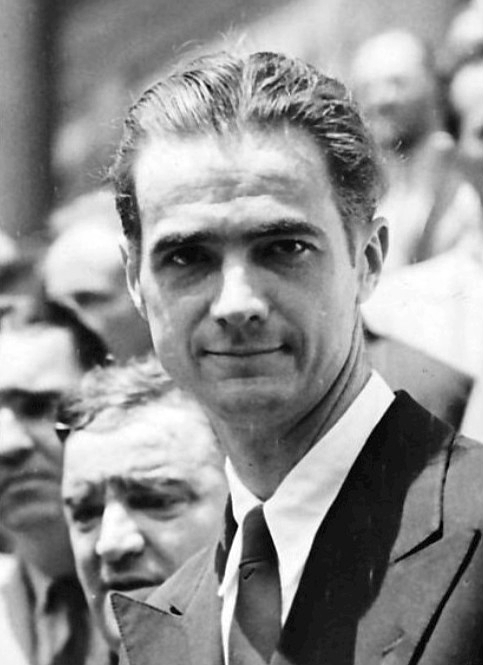
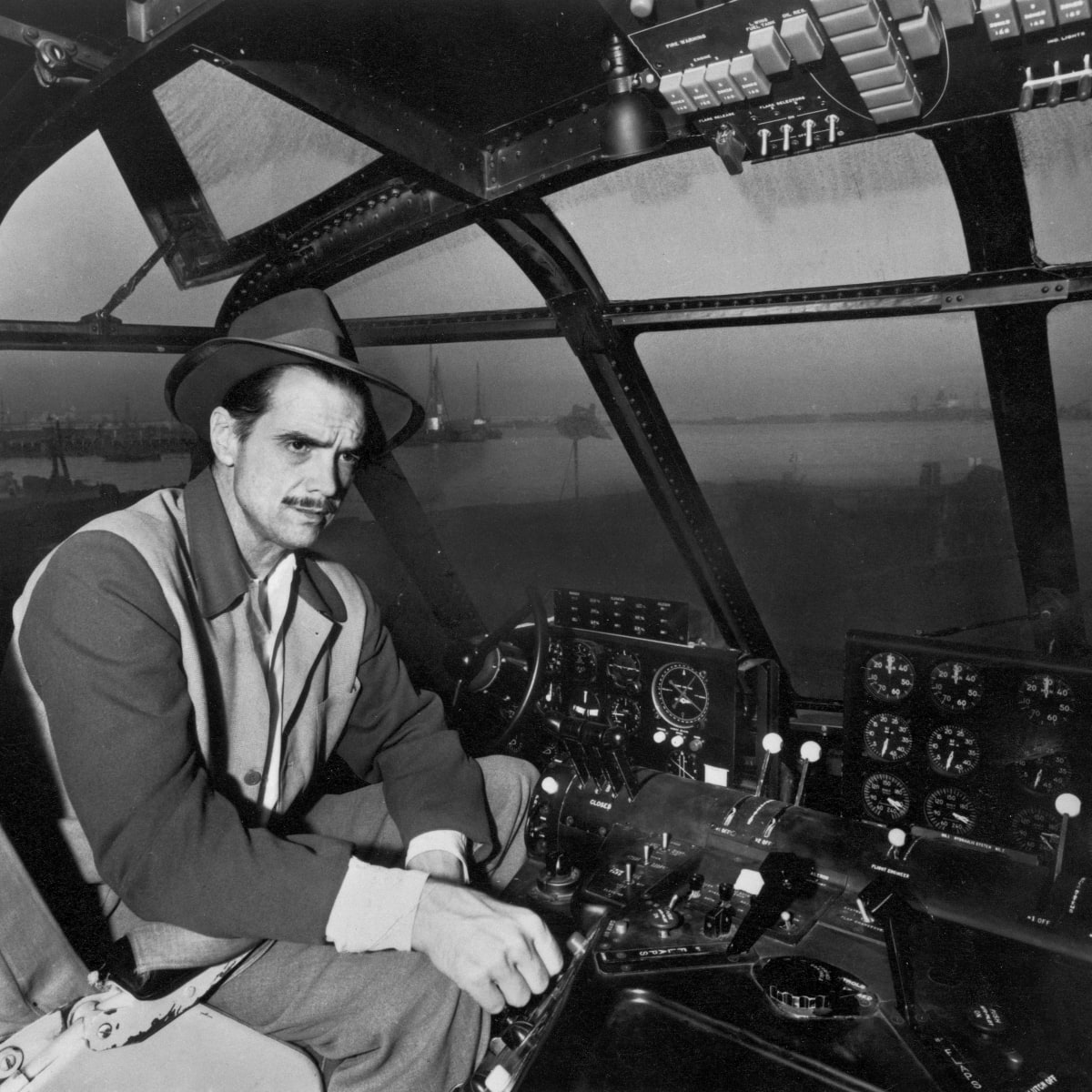
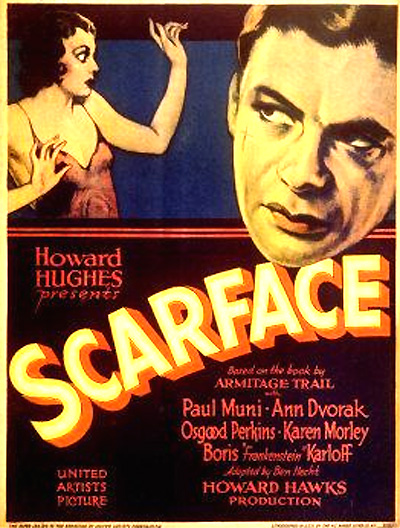
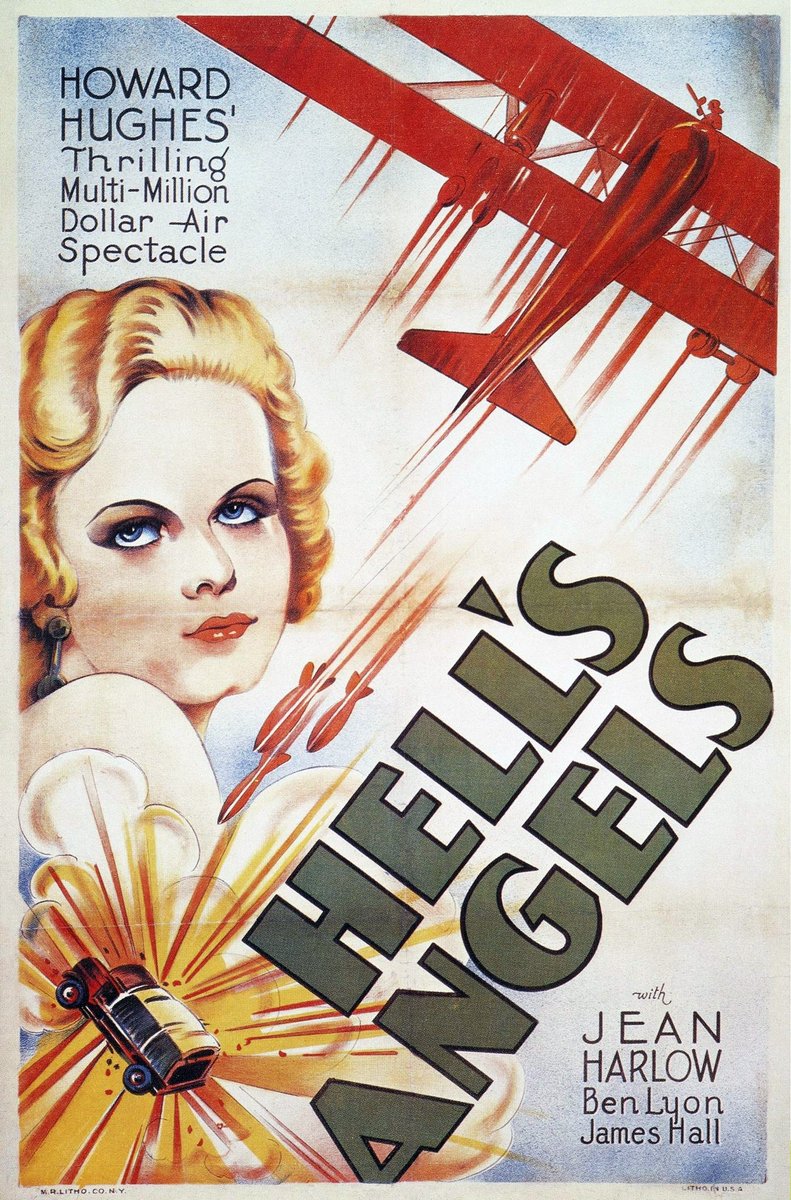
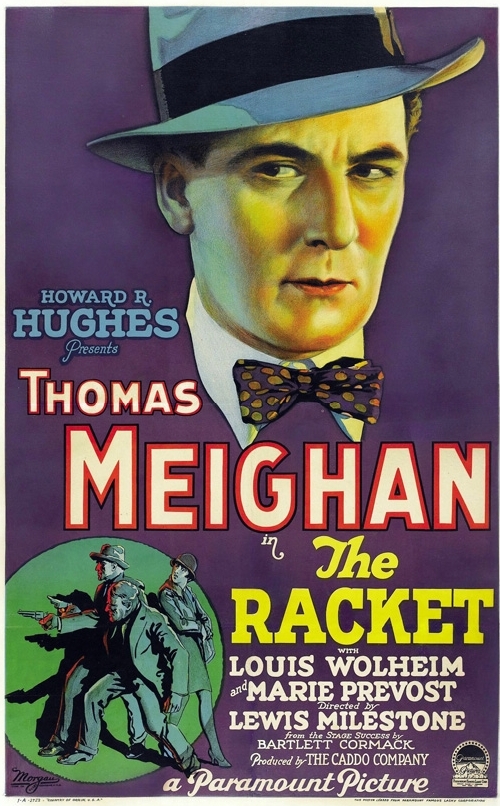

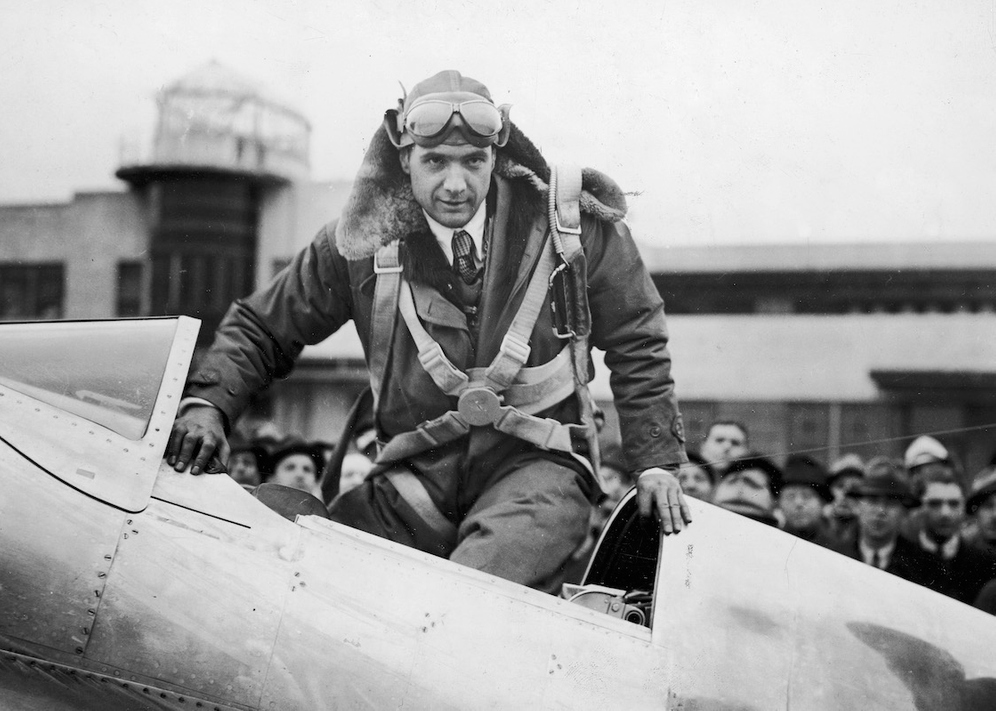
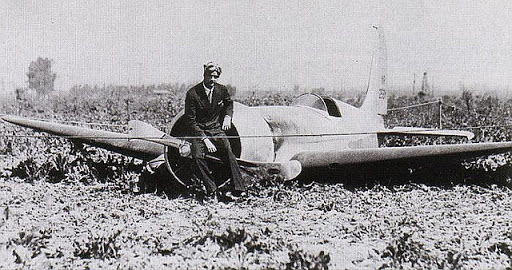

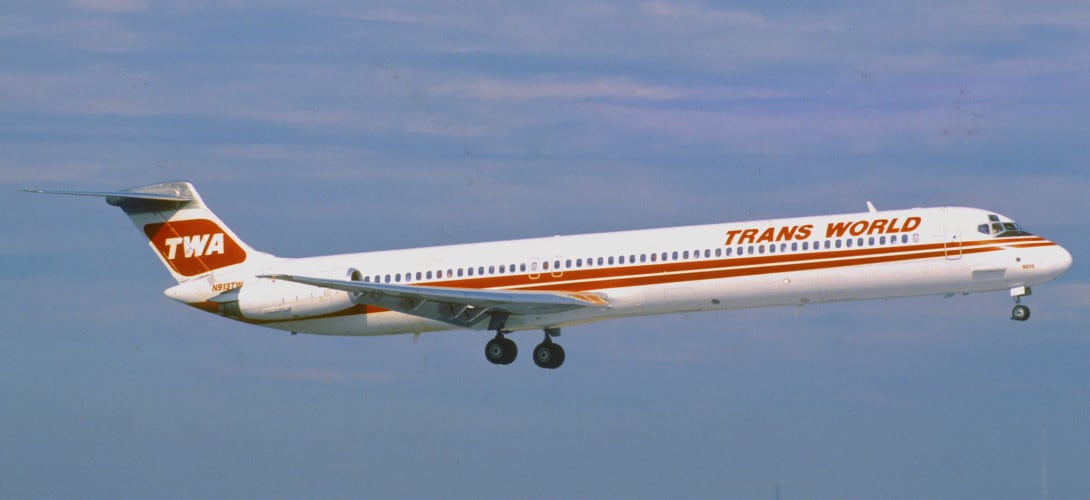
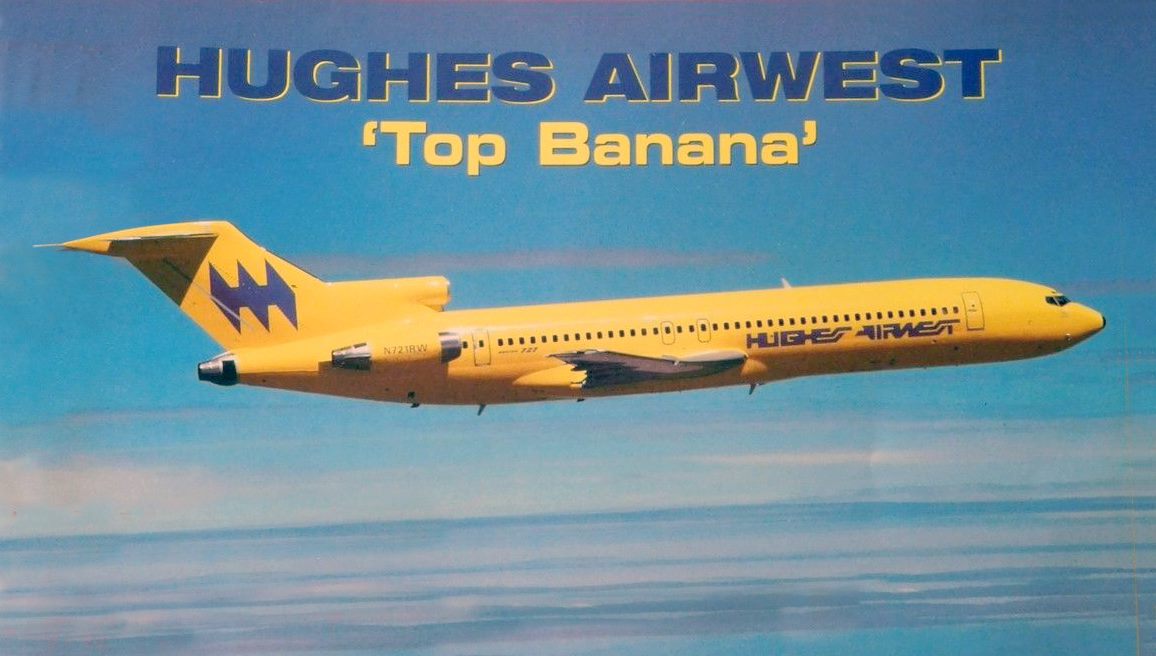

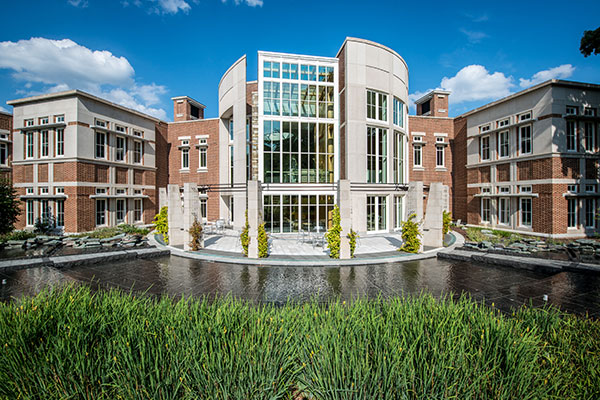
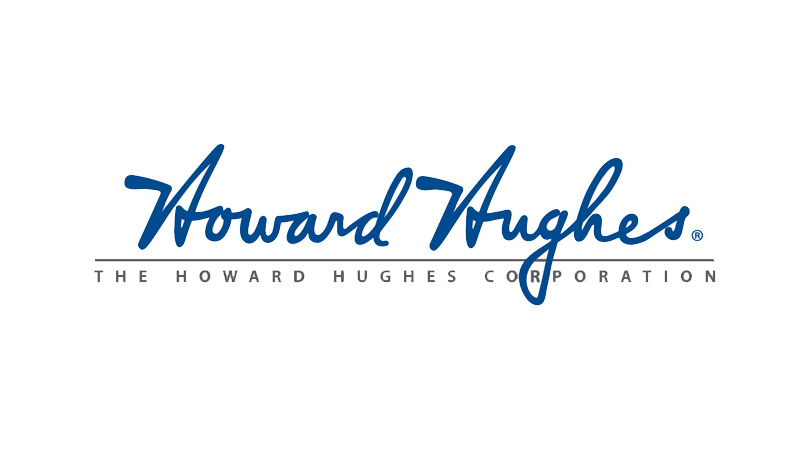
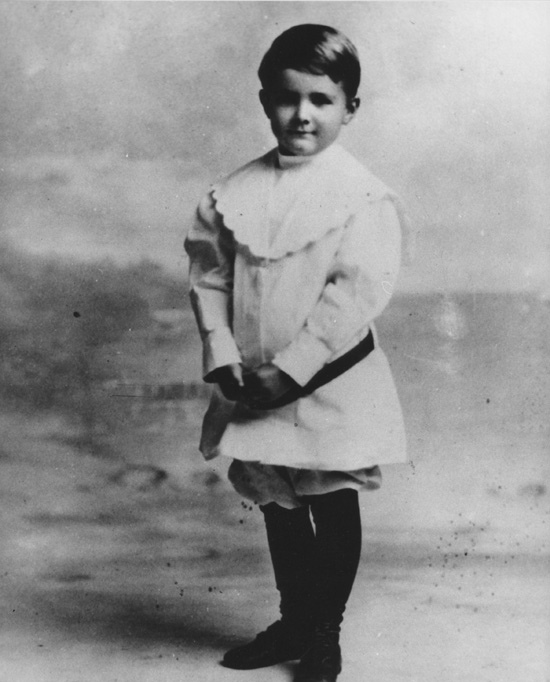
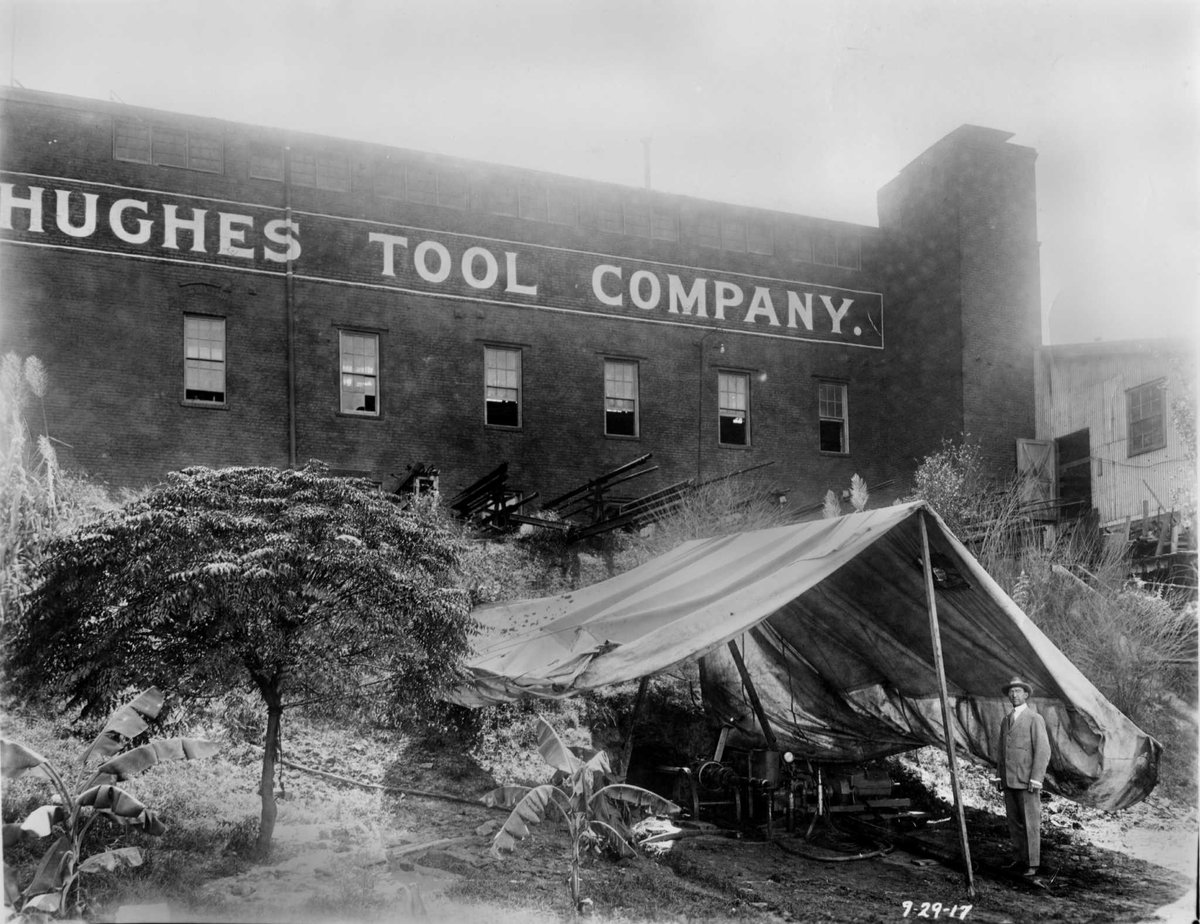
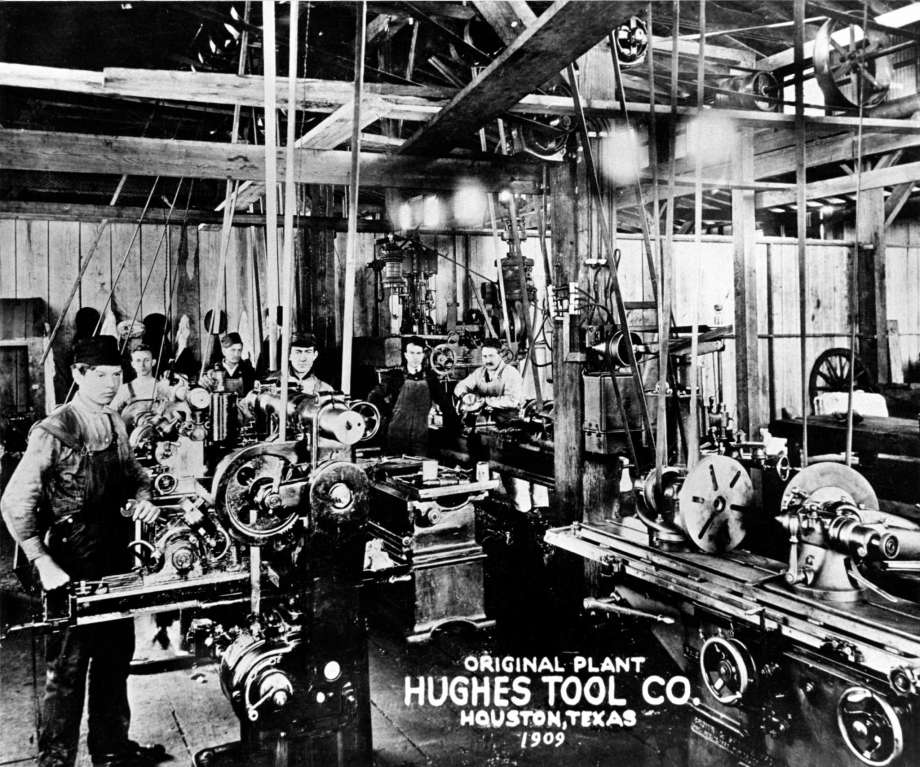
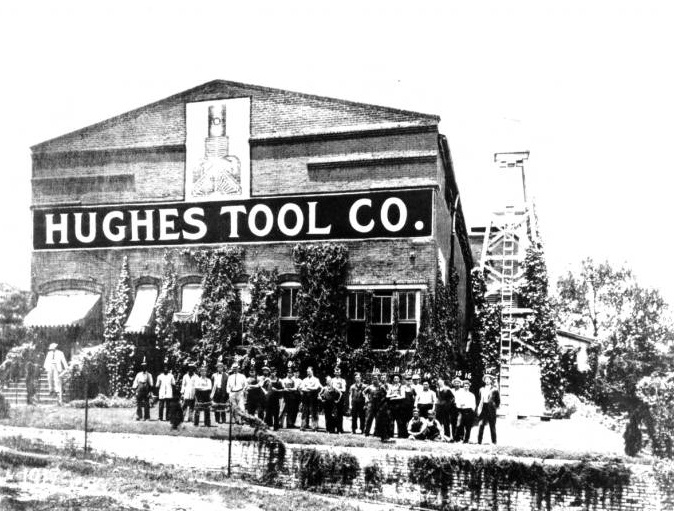
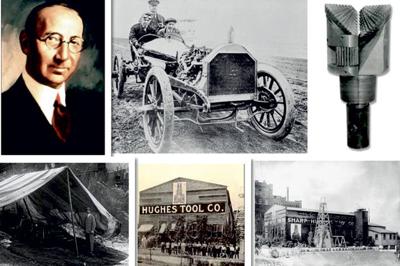



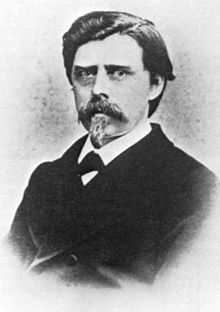
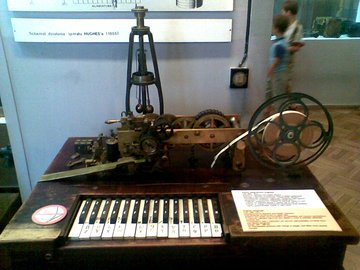
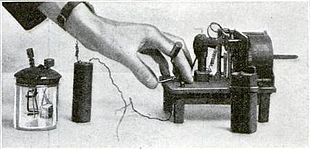
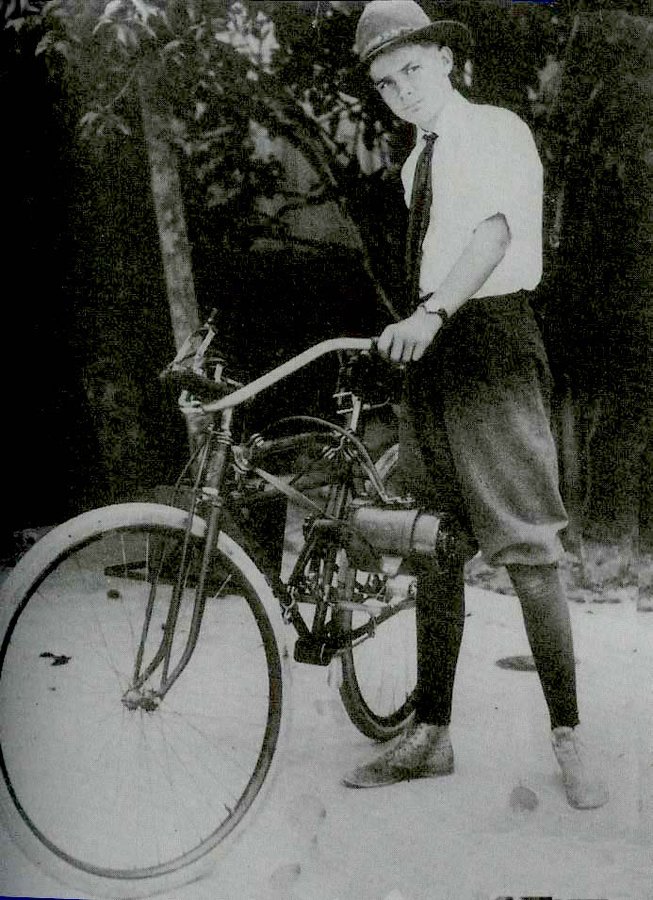
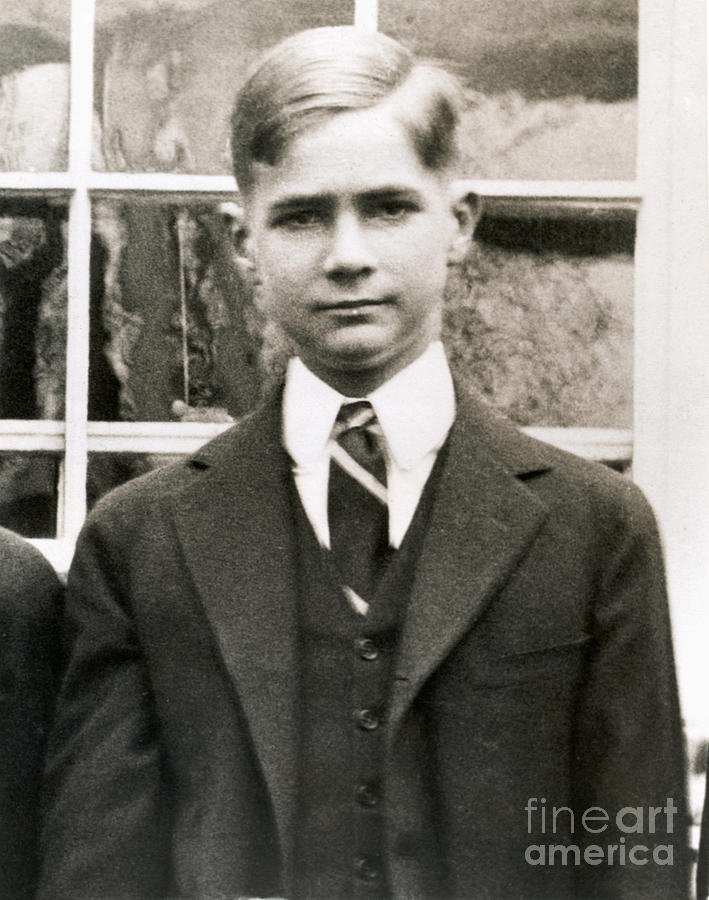
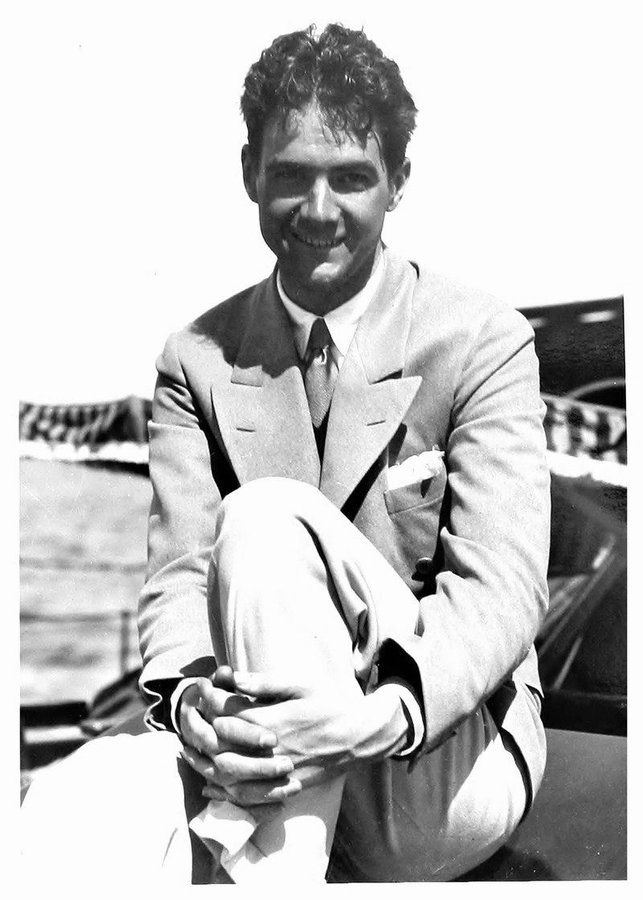
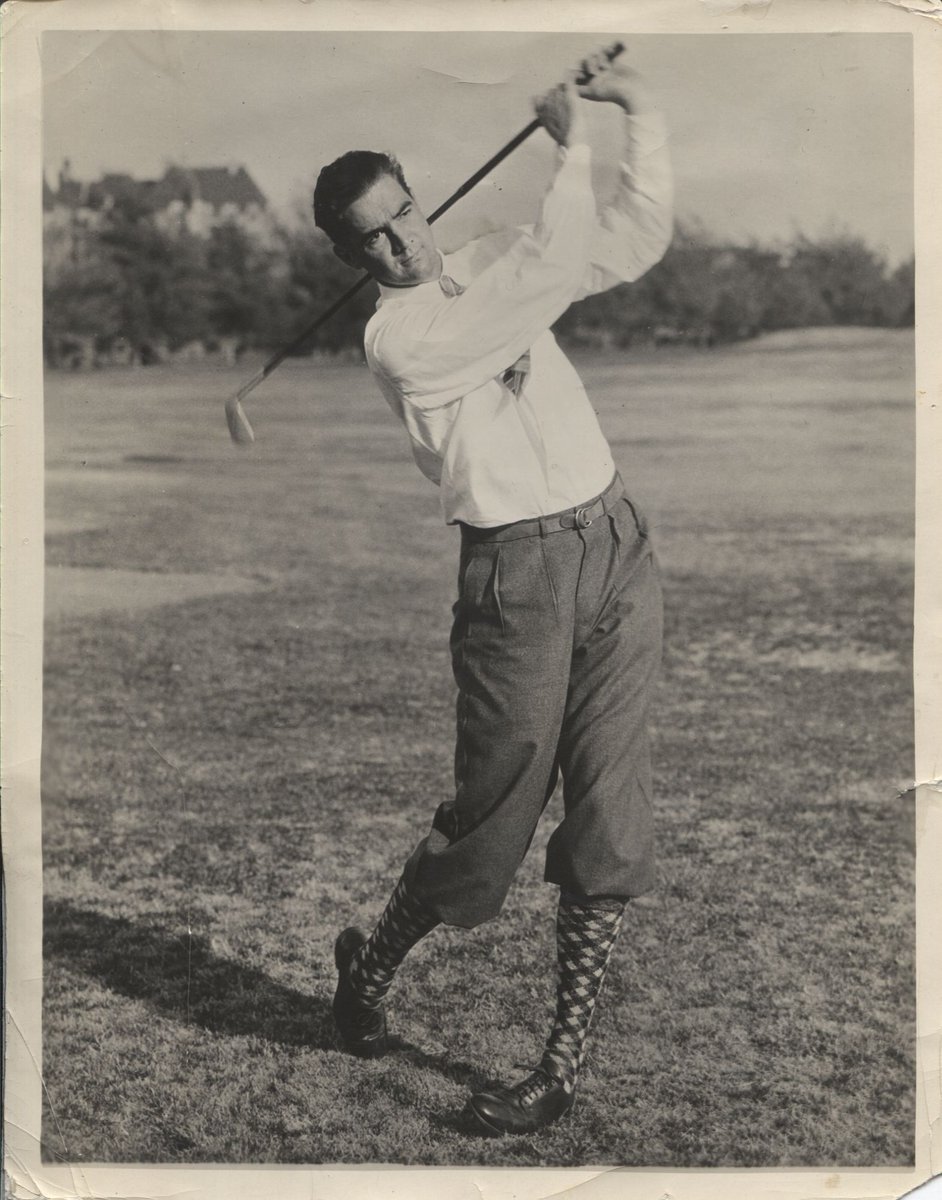

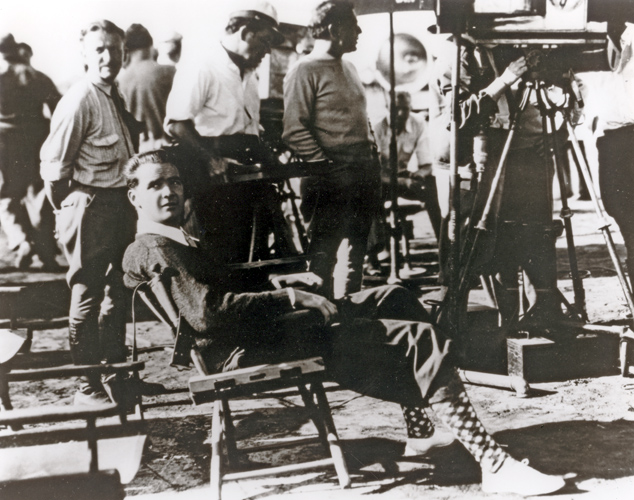
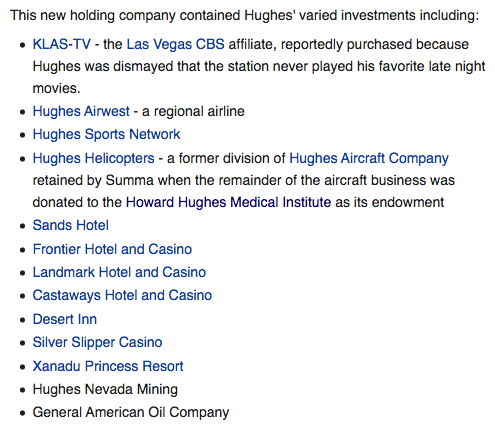
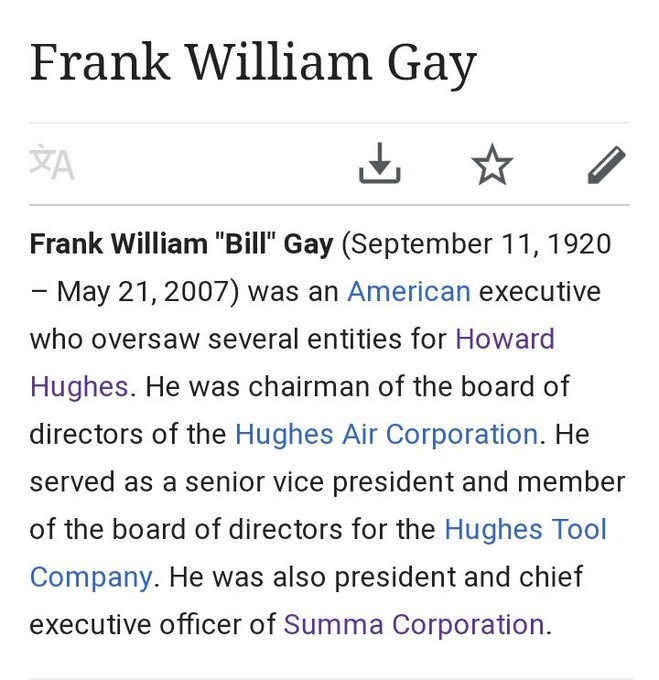
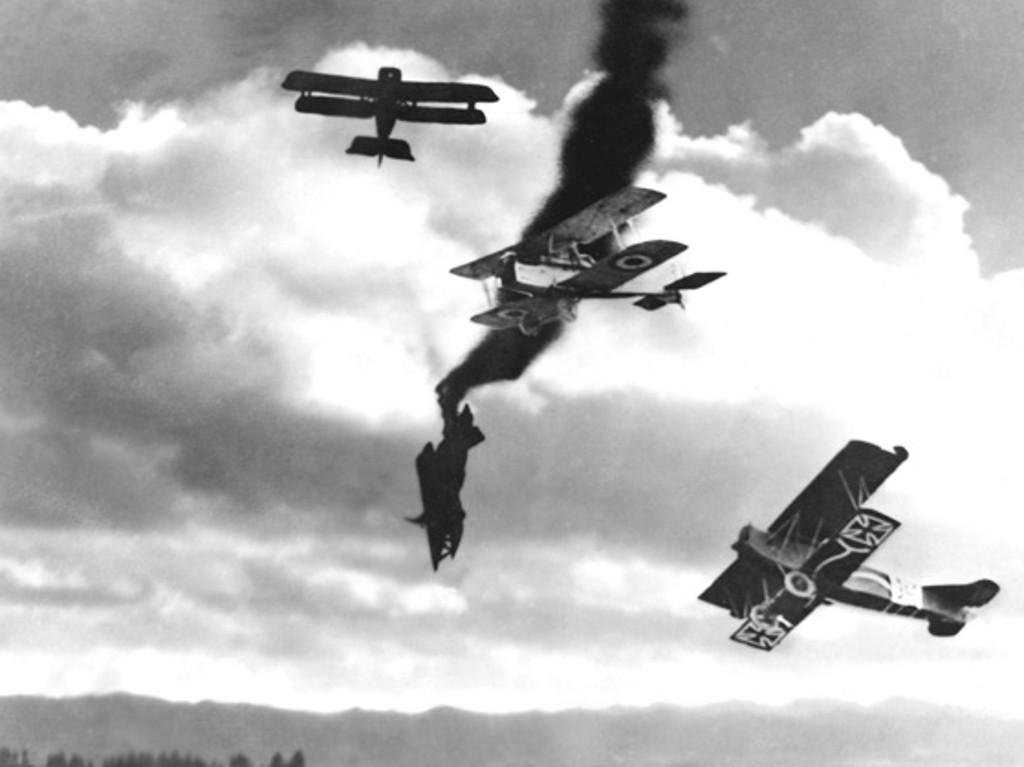

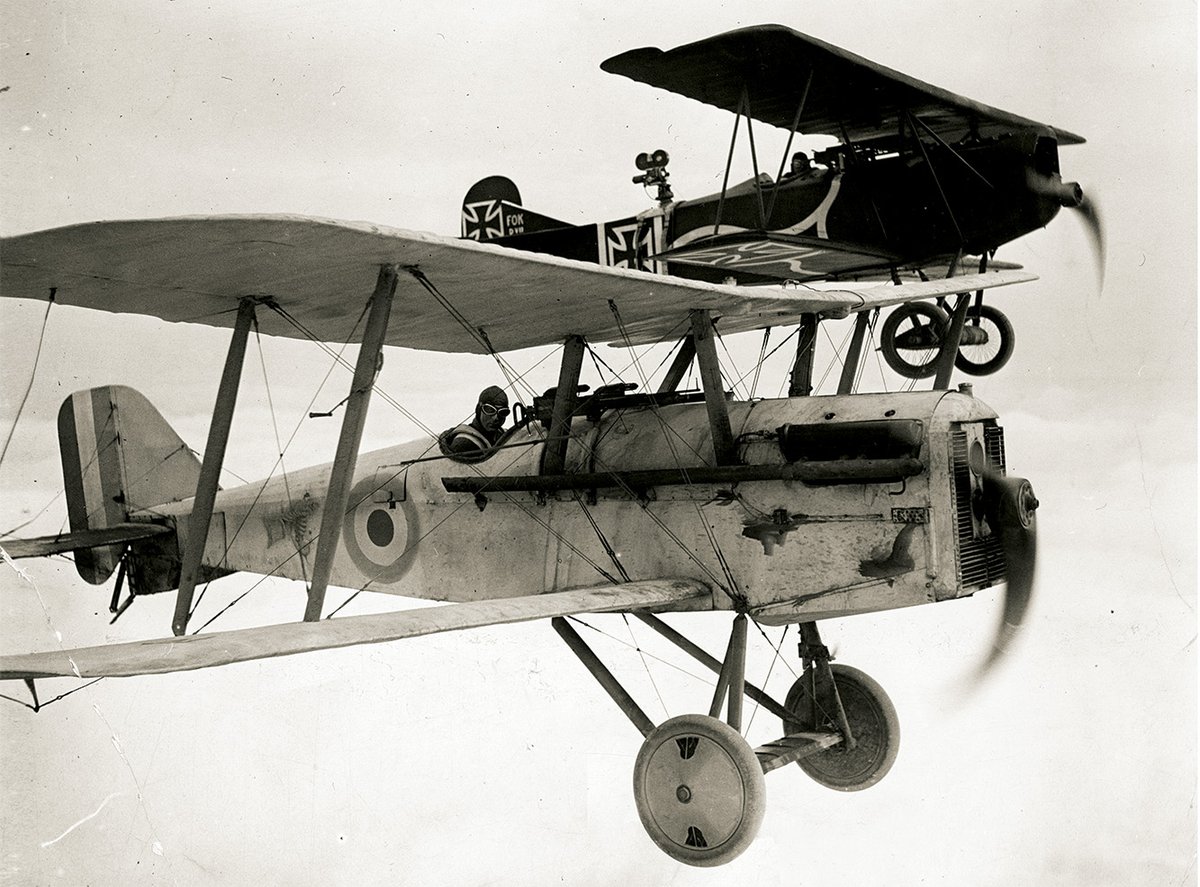
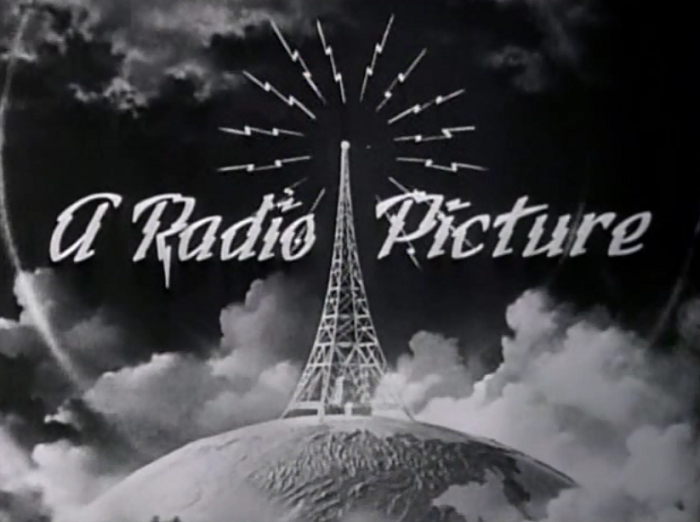

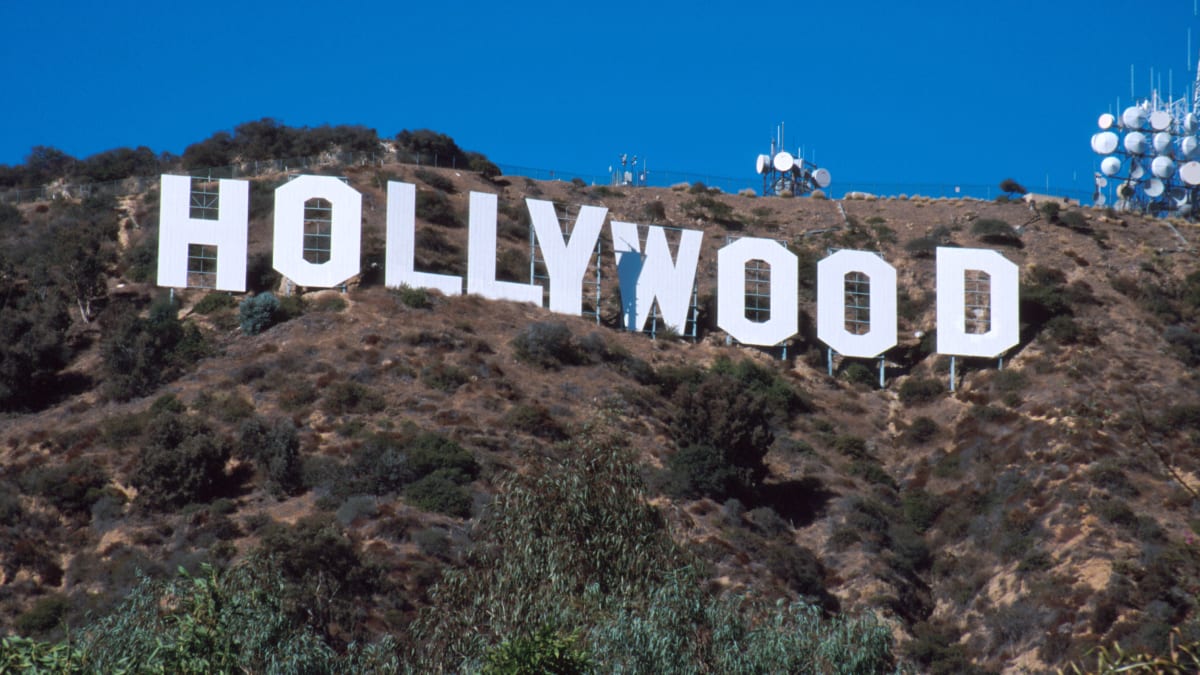
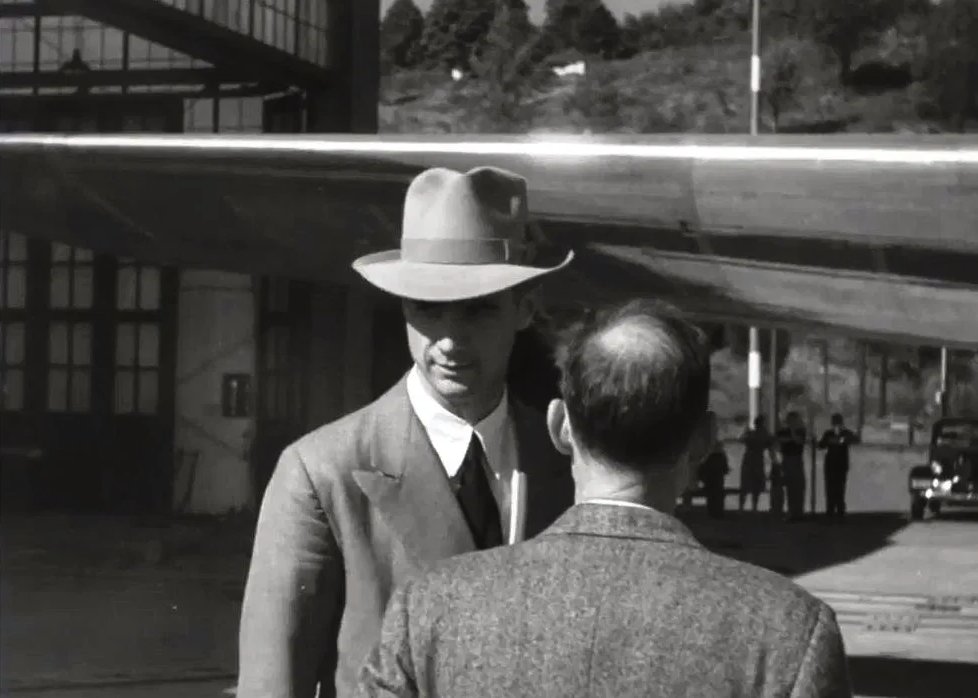
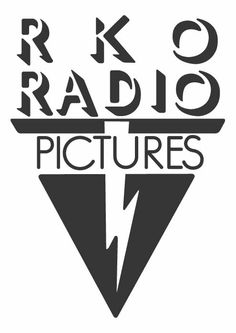

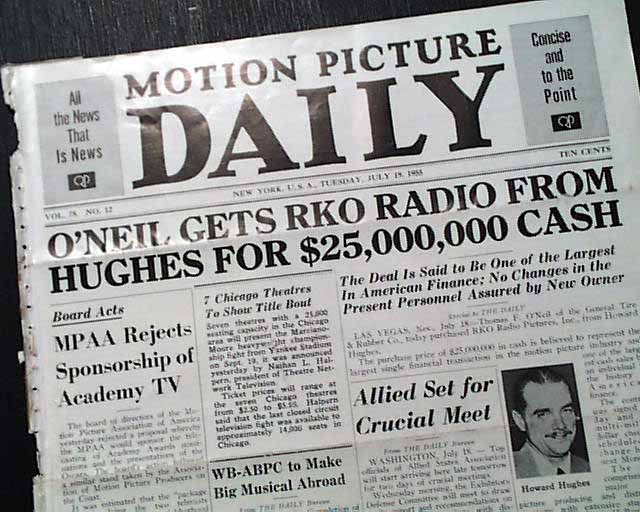

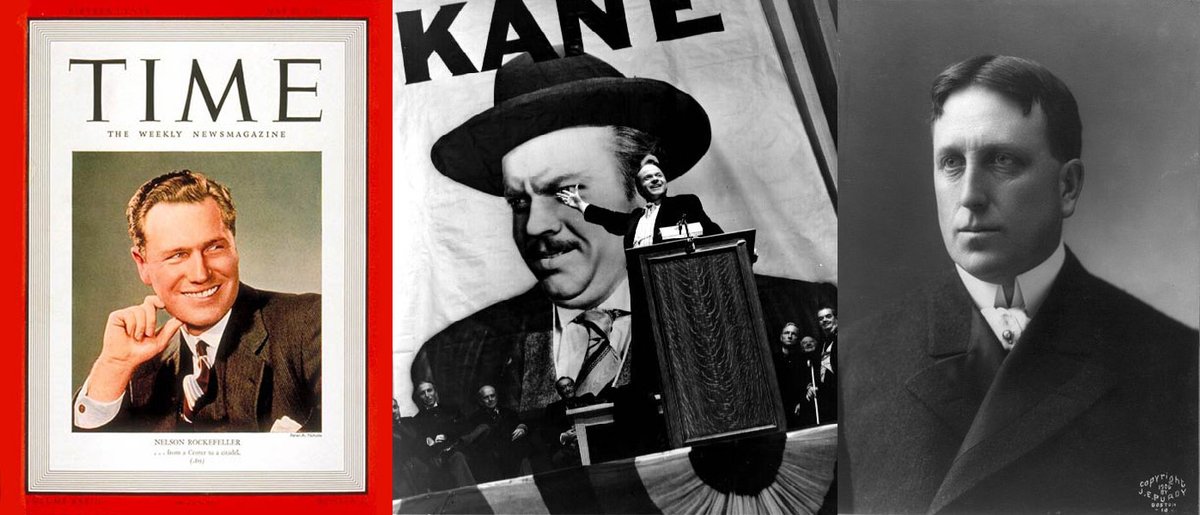
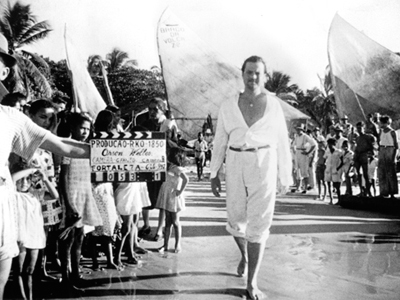
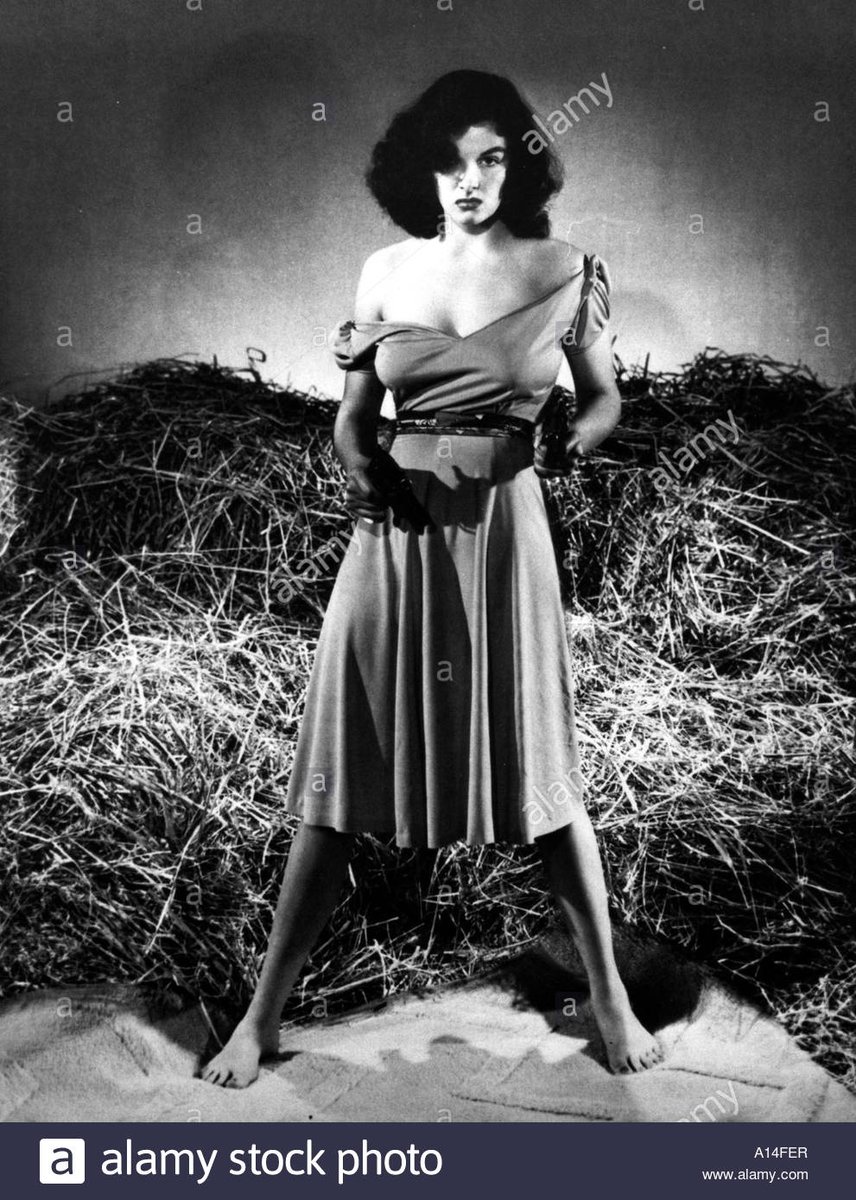
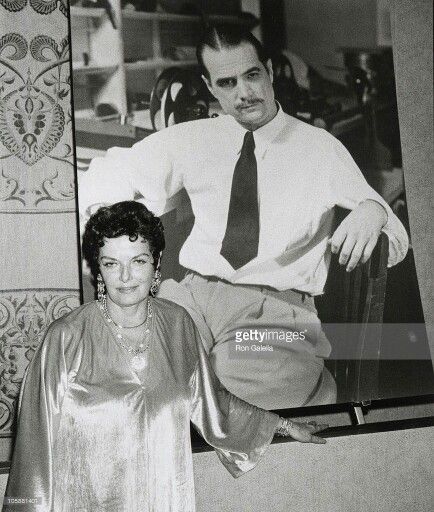
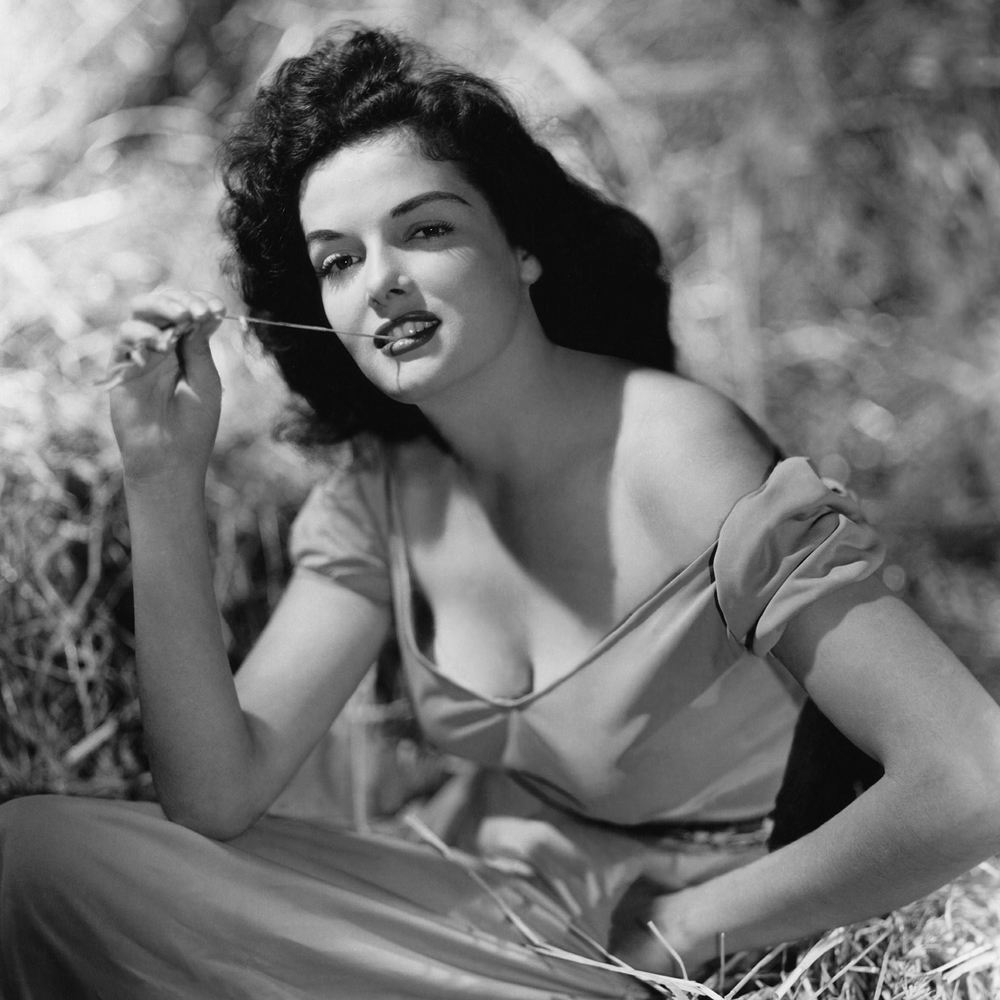
![According to Noah Dietrich, "Land became a principal asset for the Hughes empire". Hughes acquired 1200 acres in Culver City for Hughes Aircraft, bought 7 sections [4,480 acres] in Tucson for his Falcon missile-plant, and purchased 25,000 acres near Las Vegas. According to Noah Dietrich, "Land became a principal asset for the Hughes empire". Hughes acquired 1200 acres in Culver City for Hughes Aircraft, bought 7 sections [4,480 acres] in Tucson for his Falcon missile-plant, and purchased 25,000 acres near Las Vegas.](https://pbs.twimg.com/media/Eqbek0PXEAAwdy8.jpg)
![According to Noah Dietrich, "Land became a principal asset for the Hughes empire". Hughes acquired 1200 acres in Culver City for Hughes Aircraft, bought 7 sections [4,480 acres] in Tucson for his Falcon missile-plant, and purchased 25,000 acres near Las Vegas. According to Noah Dietrich, "Land became a principal asset for the Hughes empire". Hughes acquired 1200 acres in Culver City for Hughes Aircraft, bought 7 sections [4,480 acres] in Tucson for his Falcon missile-plant, and purchased 25,000 acres near Las Vegas.](https://pbs.twimg.com/media/EqbelQ4XIAAq1mD.png)
![According to Noah Dietrich, "Land became a principal asset for the Hughes empire". Hughes acquired 1200 acres in Culver City for Hughes Aircraft, bought 7 sections [4,480 acres] in Tucson for his Falcon missile-plant, and purchased 25,000 acres near Las Vegas. According to Noah Dietrich, "Land became a principal asset for the Hughes empire". Hughes acquired 1200 acres in Culver City for Hughes Aircraft, bought 7 sections [4,480 acres] in Tucson for his Falcon missile-plant, and purchased 25,000 acres near Las Vegas.](https://pbs.twimg.com/media/EqbelrNXcAAaoO7.jpg)
